Tom's Hardware Verdict
The EVGA SuperNOVA 850 G7 from offering top-performance. FSP, the OEM behind the G7 line, made an excellent platform with a high power density.
Pros
- +
Full power at 47 degrees Celsius
- +
Top overall performance
- +
Good build quality
- +
Efficient enough 5VSB rail
- +
Tight load regulation
- +
Good transient response
- +
Good ripple suppression
- +
Fully modular
- +
Loads of connectors
- +
Compatible with the alternative sleep mode
- +
Compact dimensions
- +
PSU load indicators
- +
10-year warranty
Cons
- -
No PCIe 5.0 connectors
- -
Highly set OCP at 12V and OPP
- -
High inrush currents
- -
Power factor could be higher with 230V input
- -
Small distance between the peripheral connectors
Why you can trust Tom's Hardware
It's time for a new leadership power supply: The EVGA SuperNOVA 850 G7 outperforms the mighty Corsair RM850x (2021), earning a place in our list of the best PSUs. It might not have a 12+4 pin PCIe connector yet, but it offers top performance and super-compact dimensions. The 850W G7 and G6 units have the same price tags. You should go with the first if you are interested in pure performance or choose the second if you care more about noise output.
FSP is providing the platforms. The G2 and G3 lines were by Super Flower, G5 by FSP and G6 used the Seasonic Focus platform. The power density scores go through the roof with only 130 mm in length for all G7 units. So far, we haven't encountered such small ATX form-factor PSUs, especially in 1,000 W and 850 W capacities. There is no room to go any smaller than that, without sacrificing the 120 mm fan for a smaller one, which would lead to increased noise. If you need smaller PSUs, you should look at the SFX-L and SFX form factors.
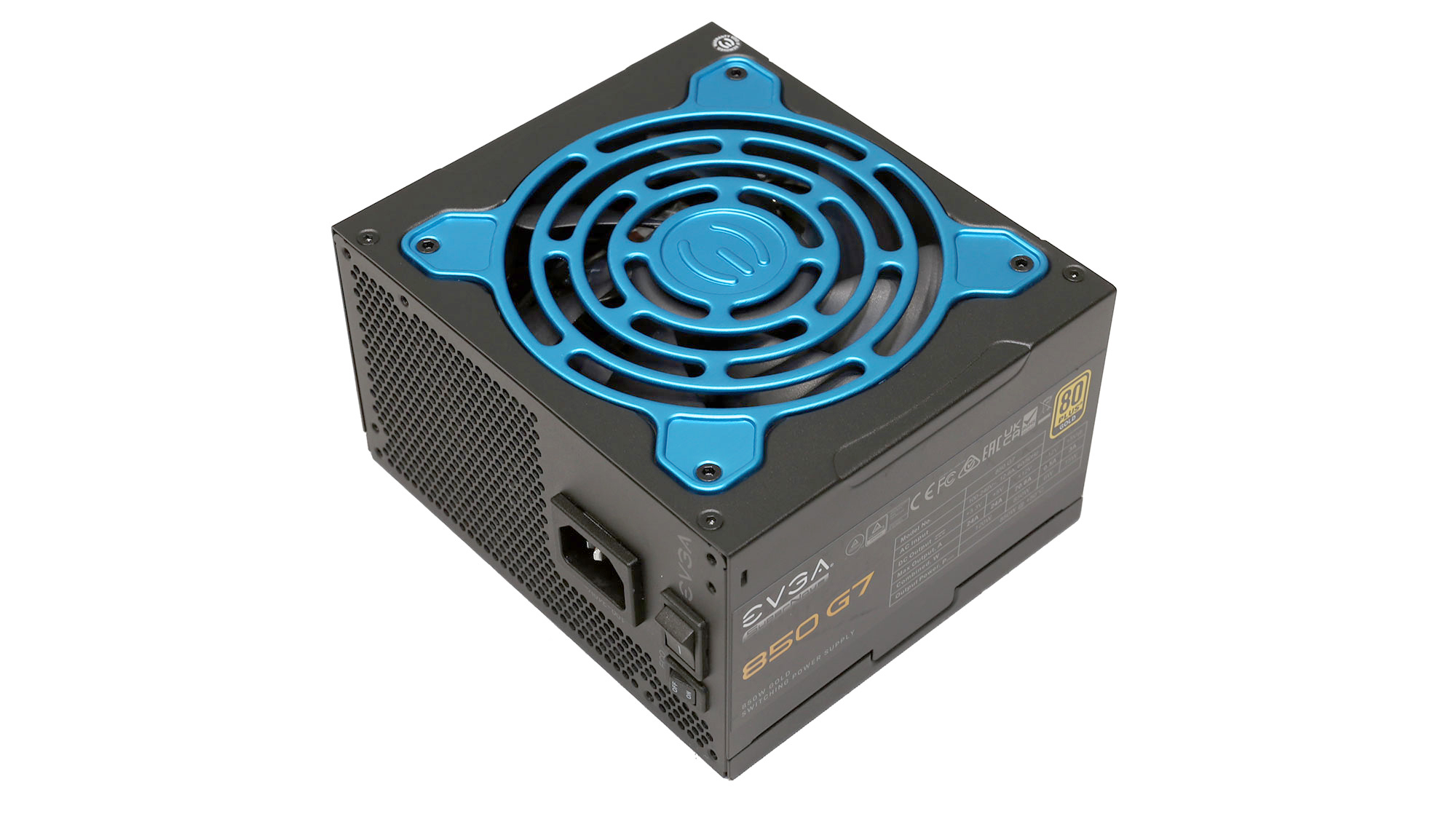
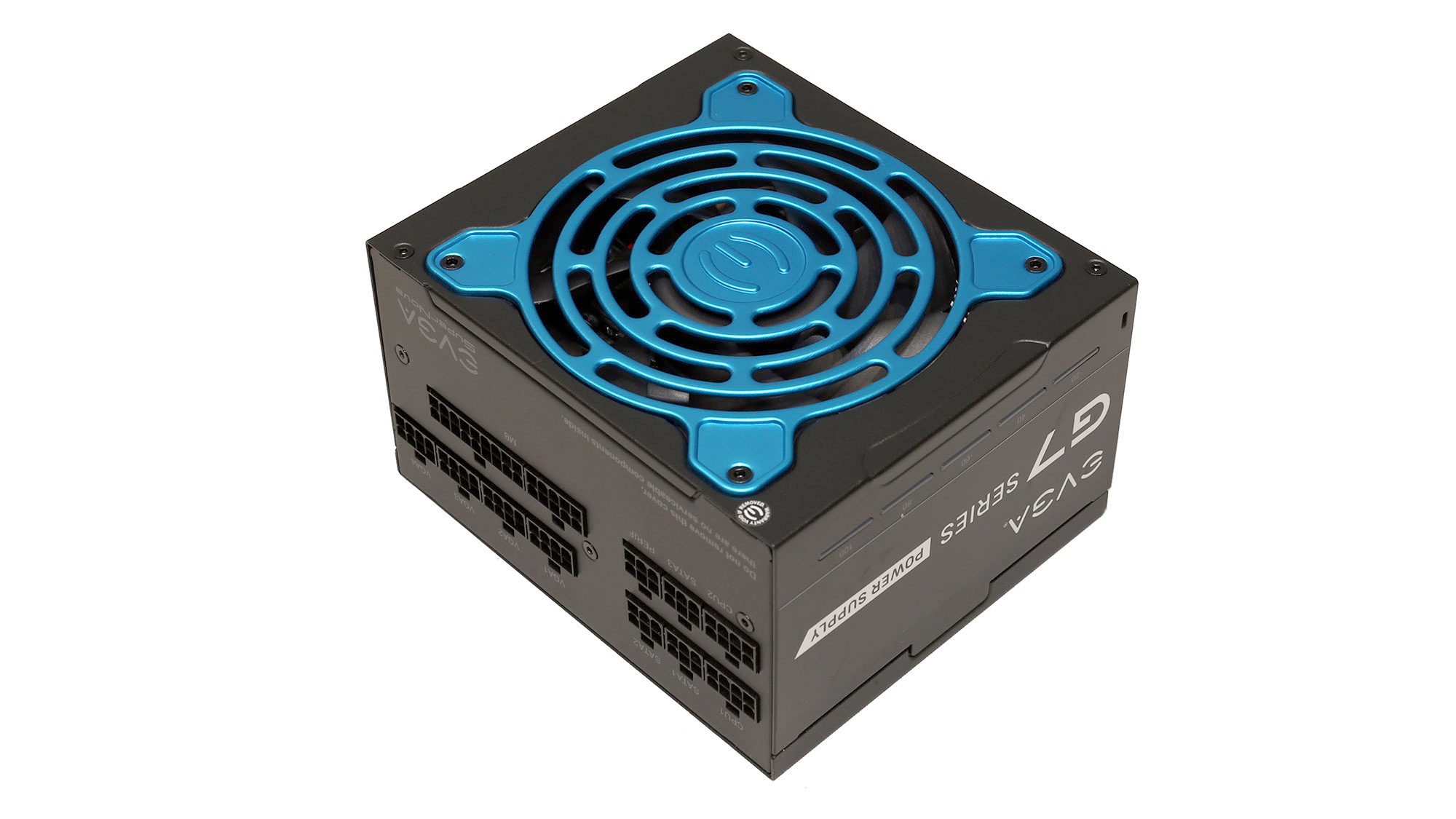
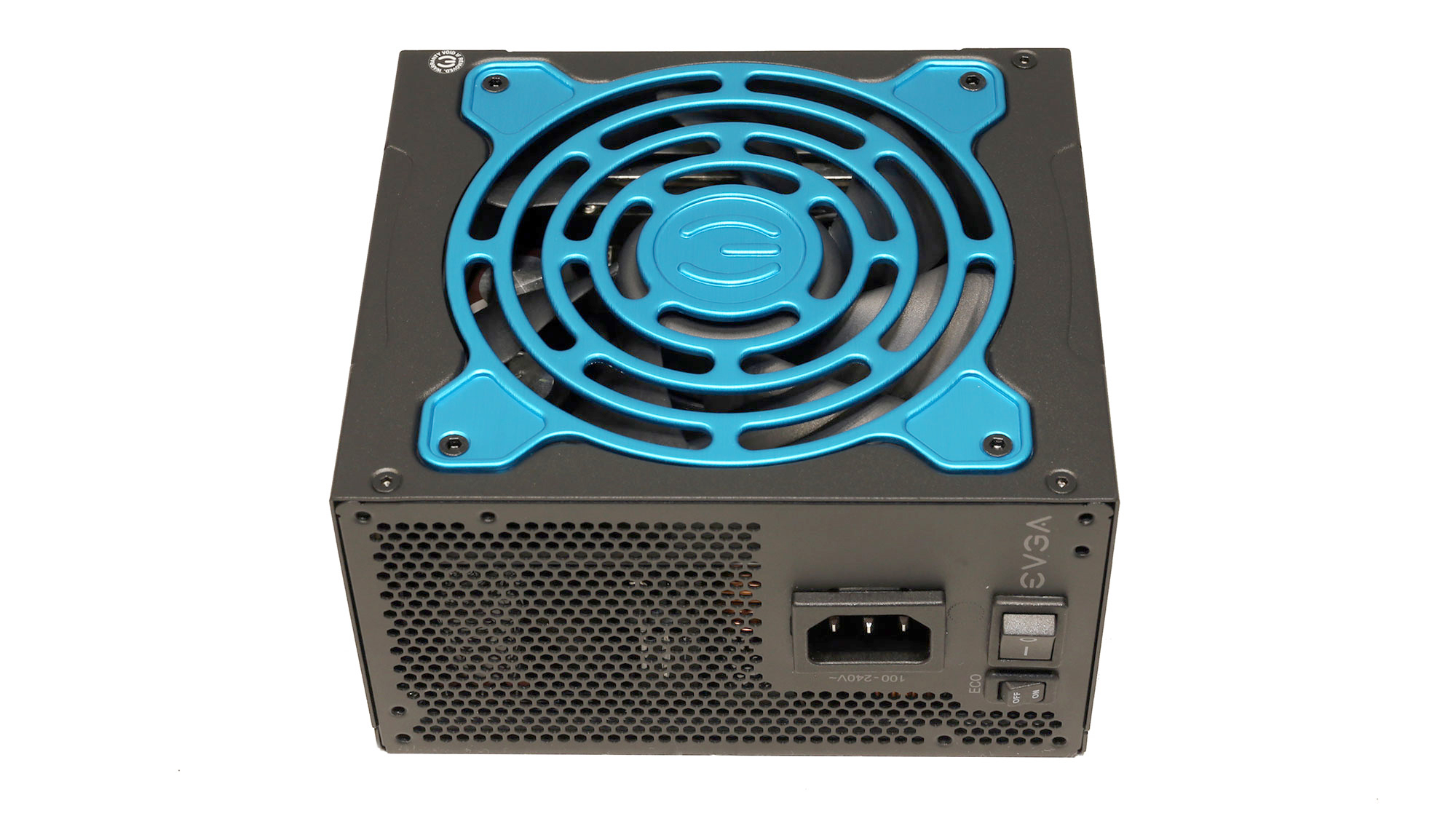
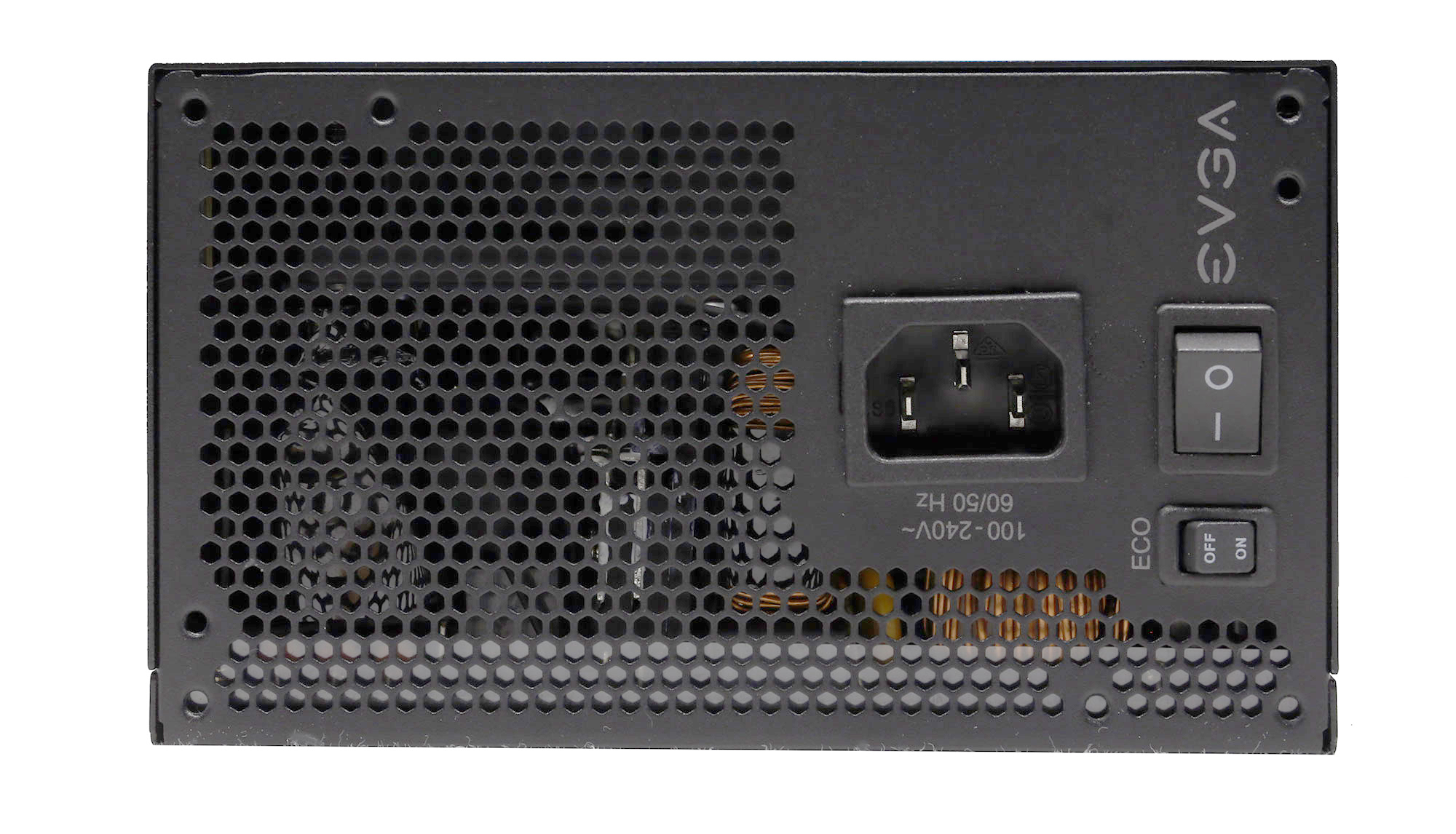
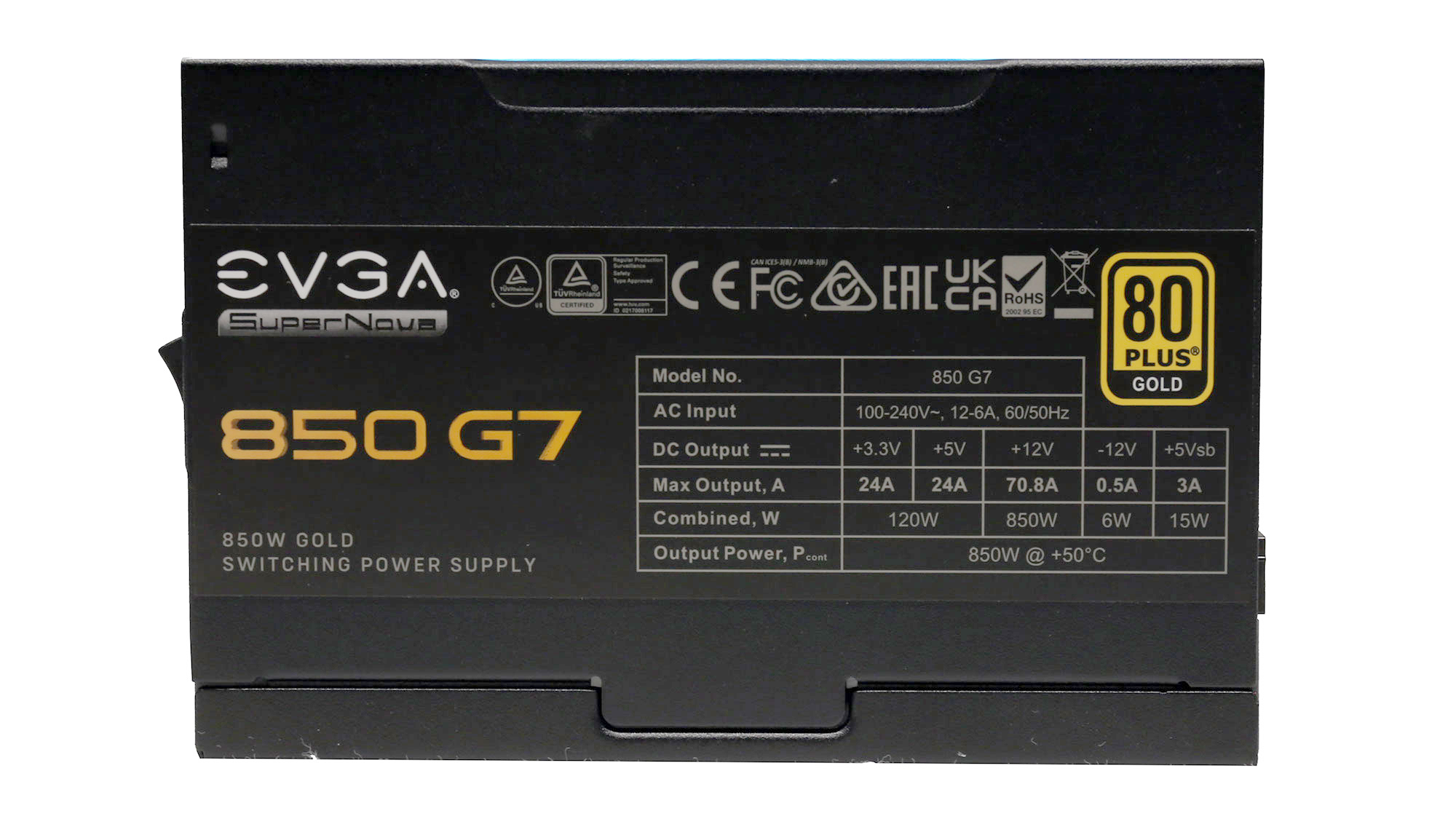
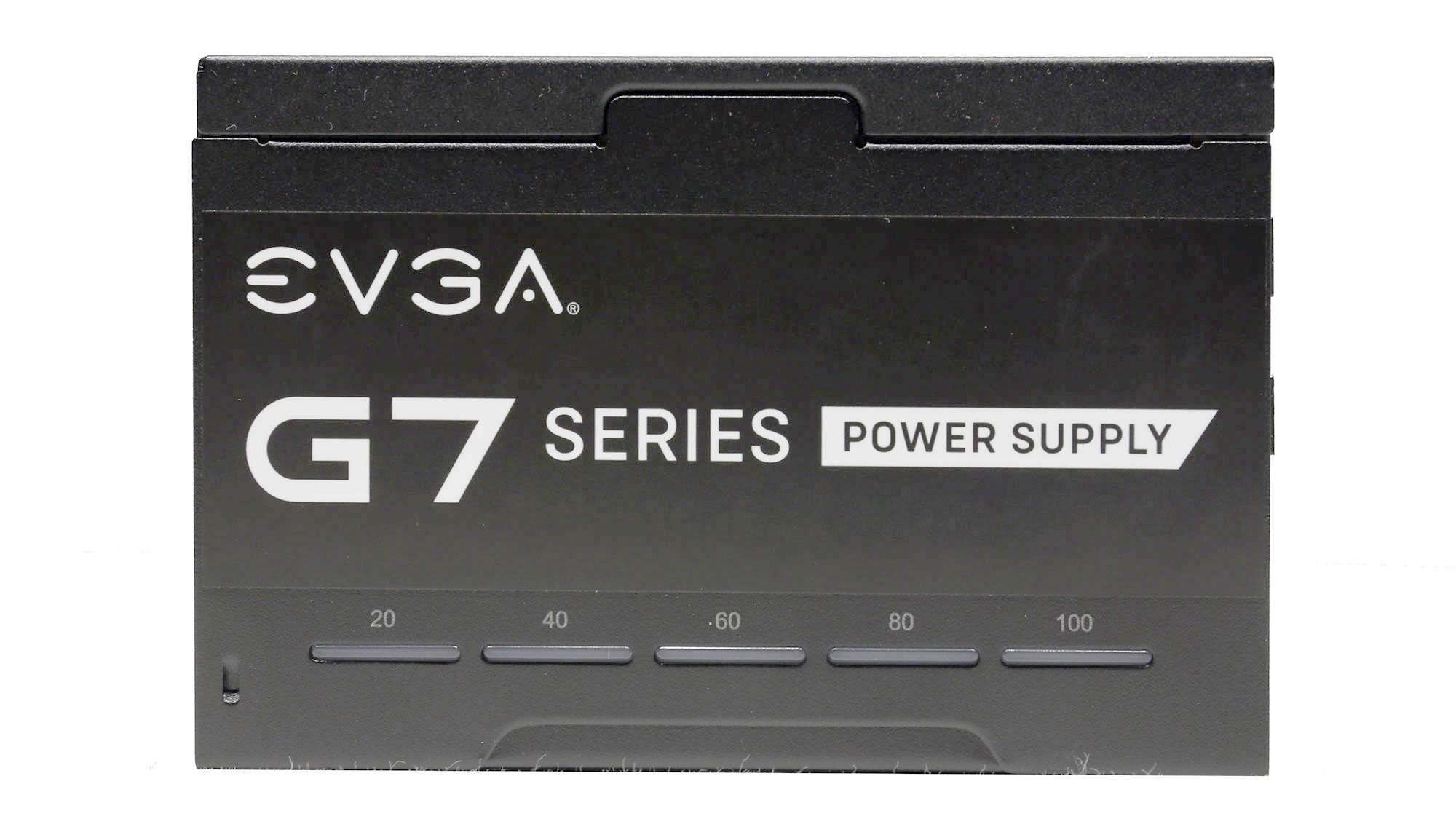
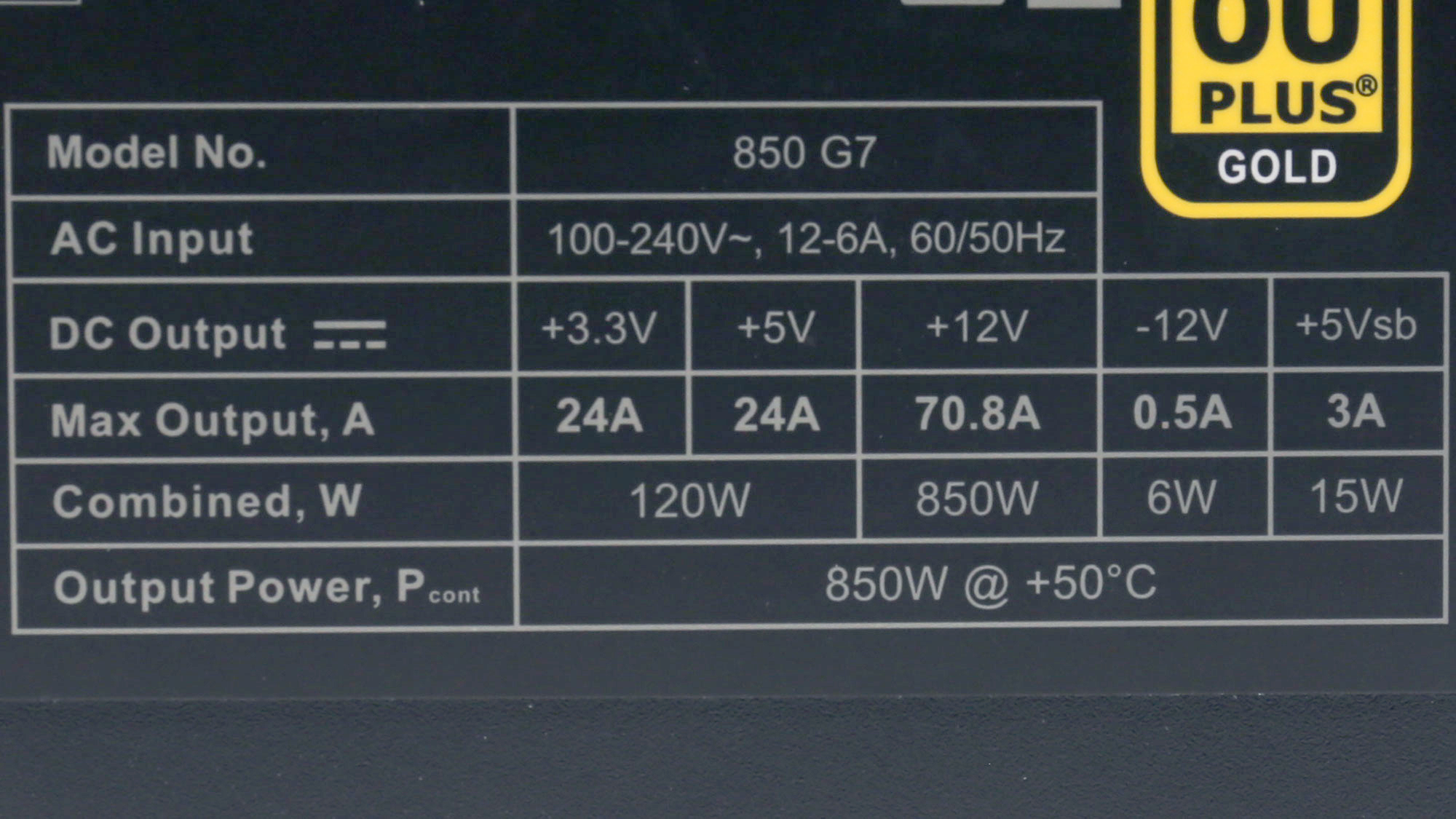
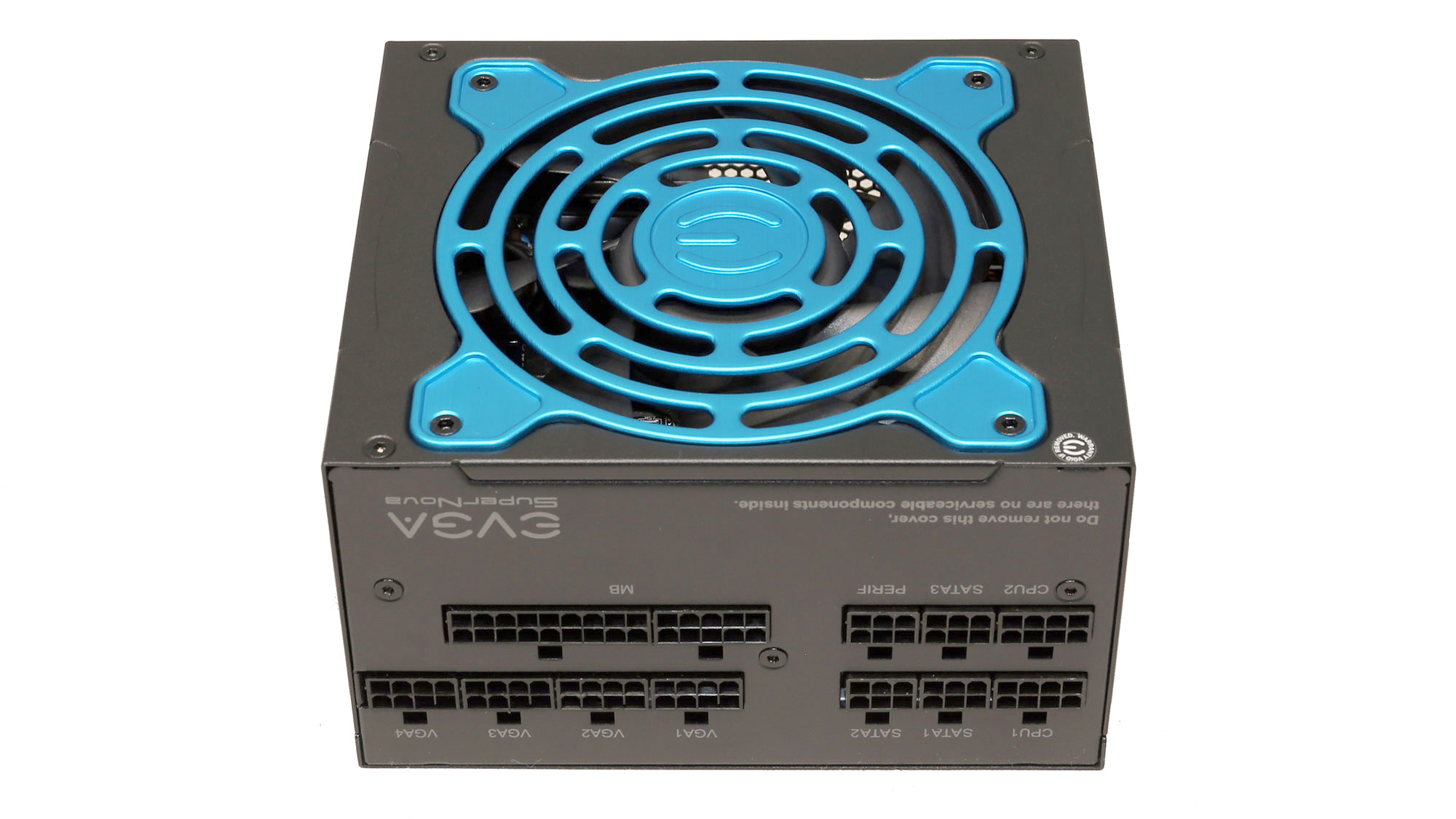
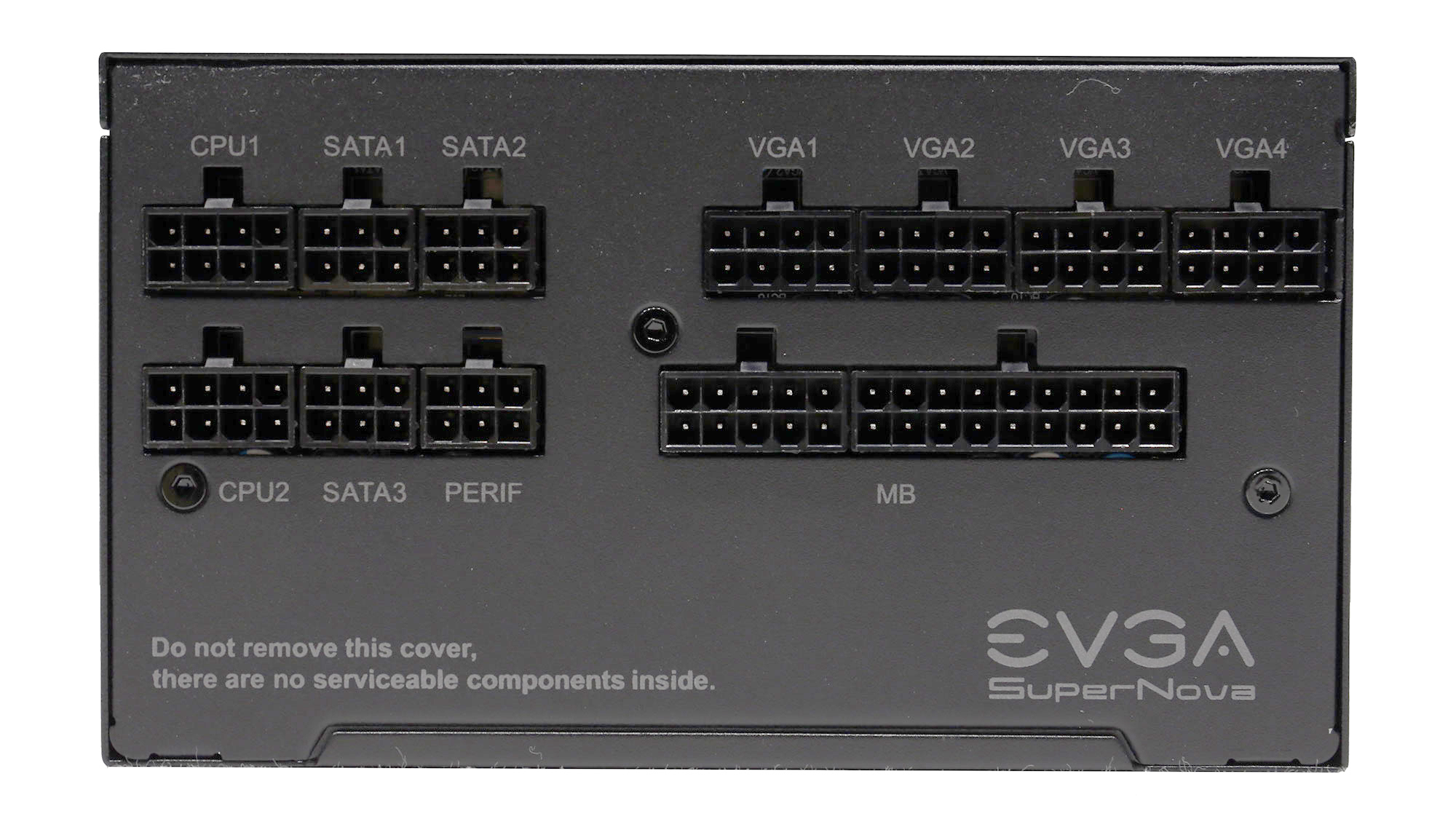
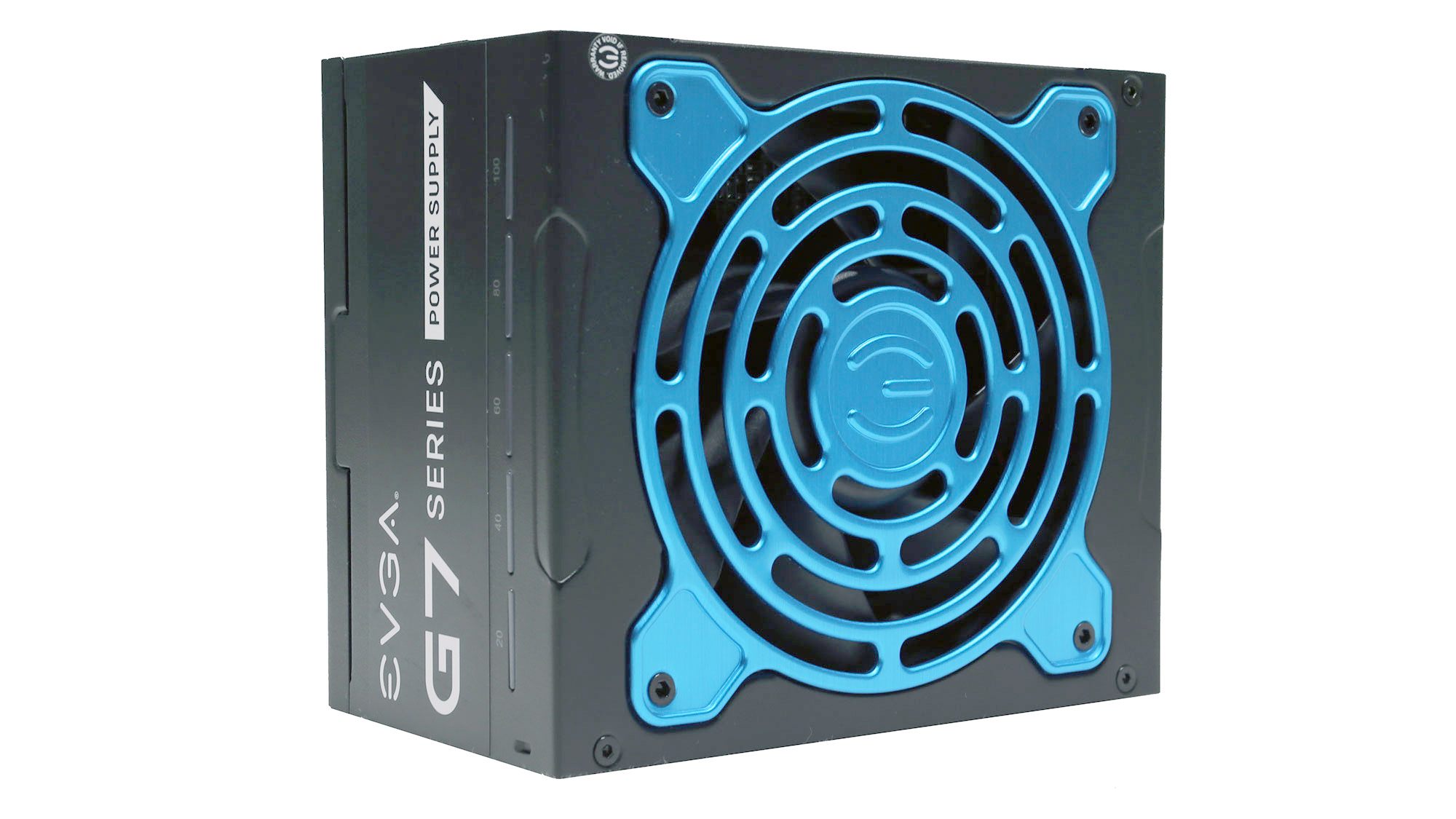
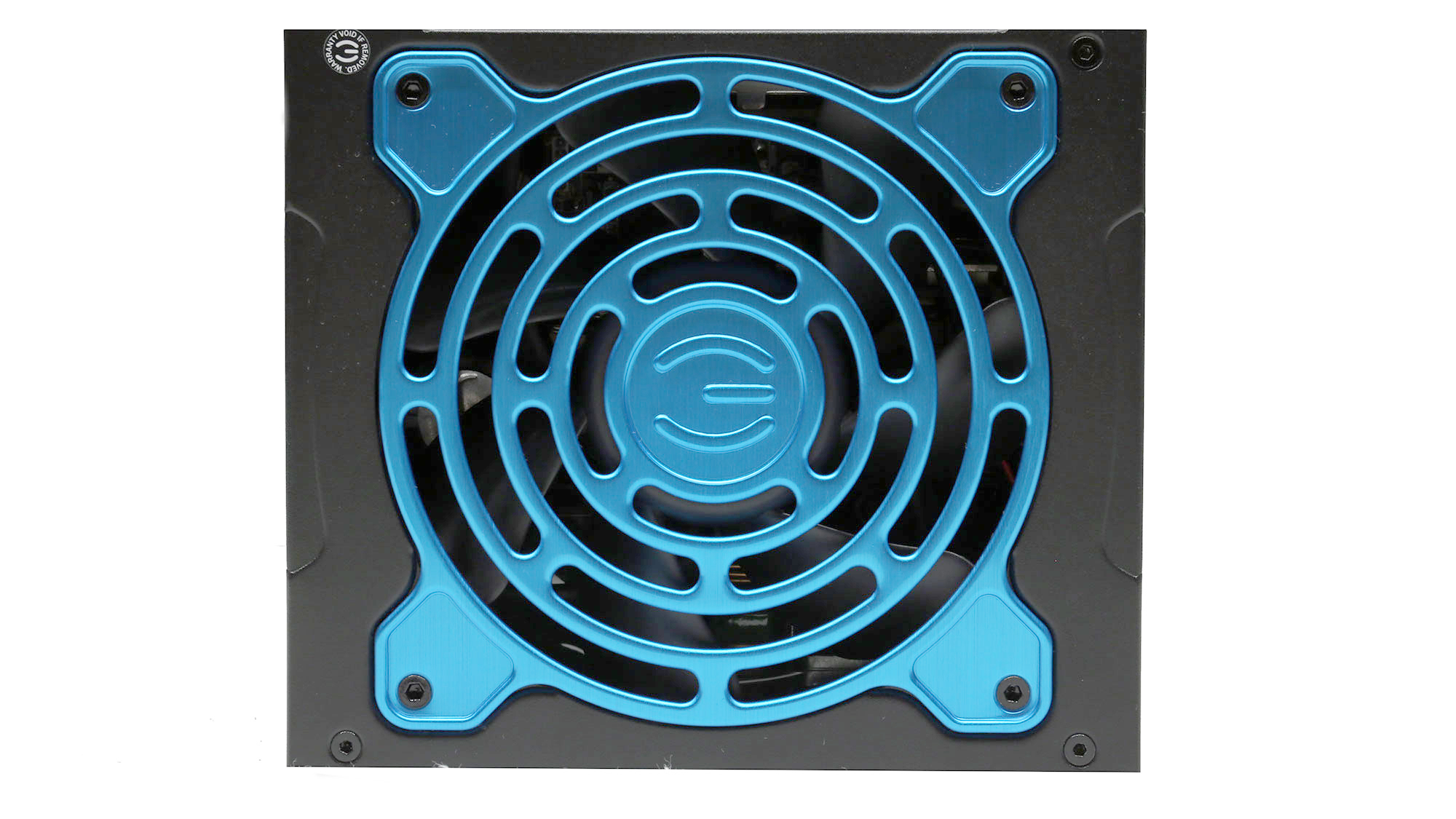
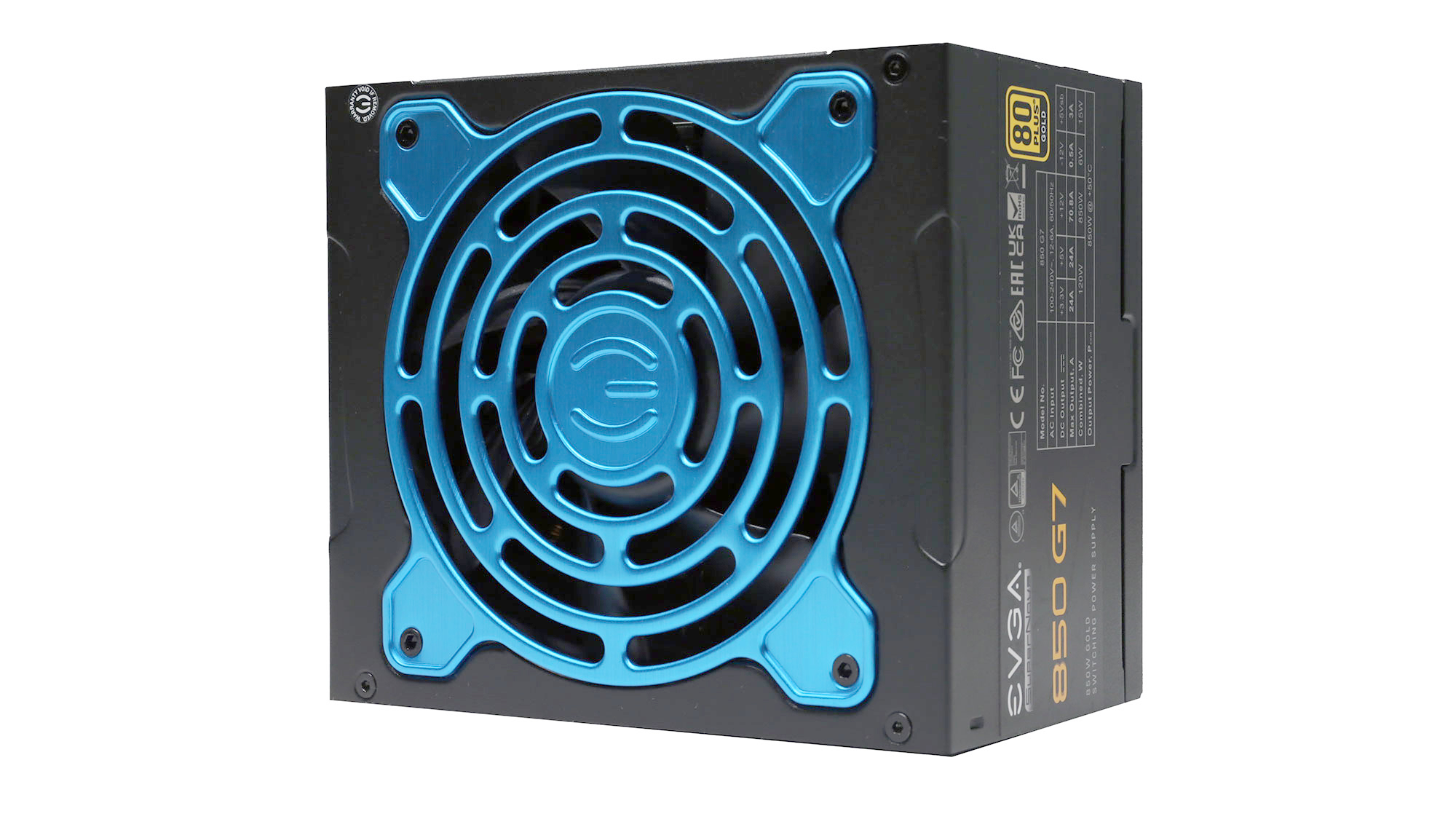
The exterior design looks nice with a light blue fan grille, fully modular cable design and compact dimensions.
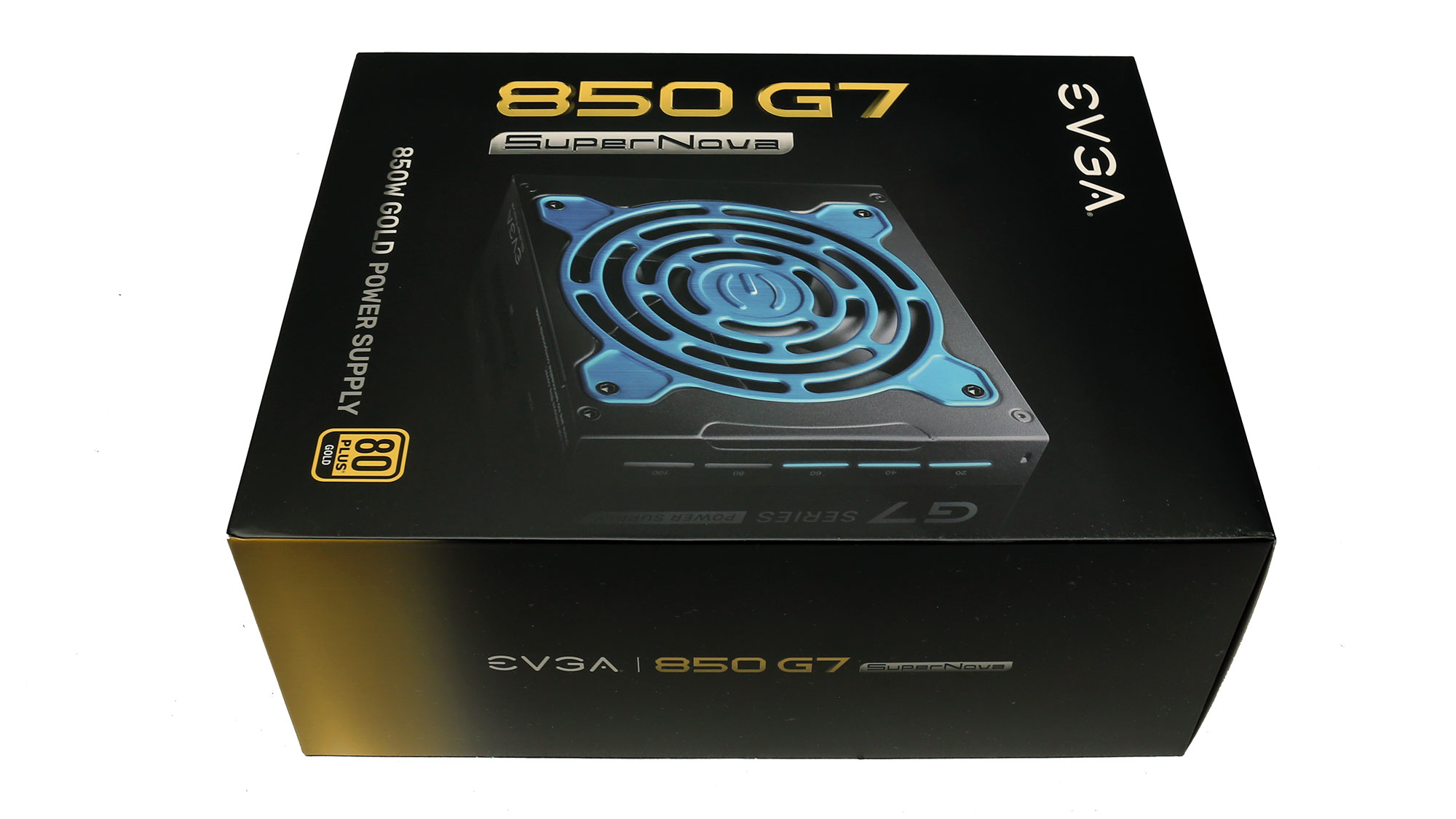
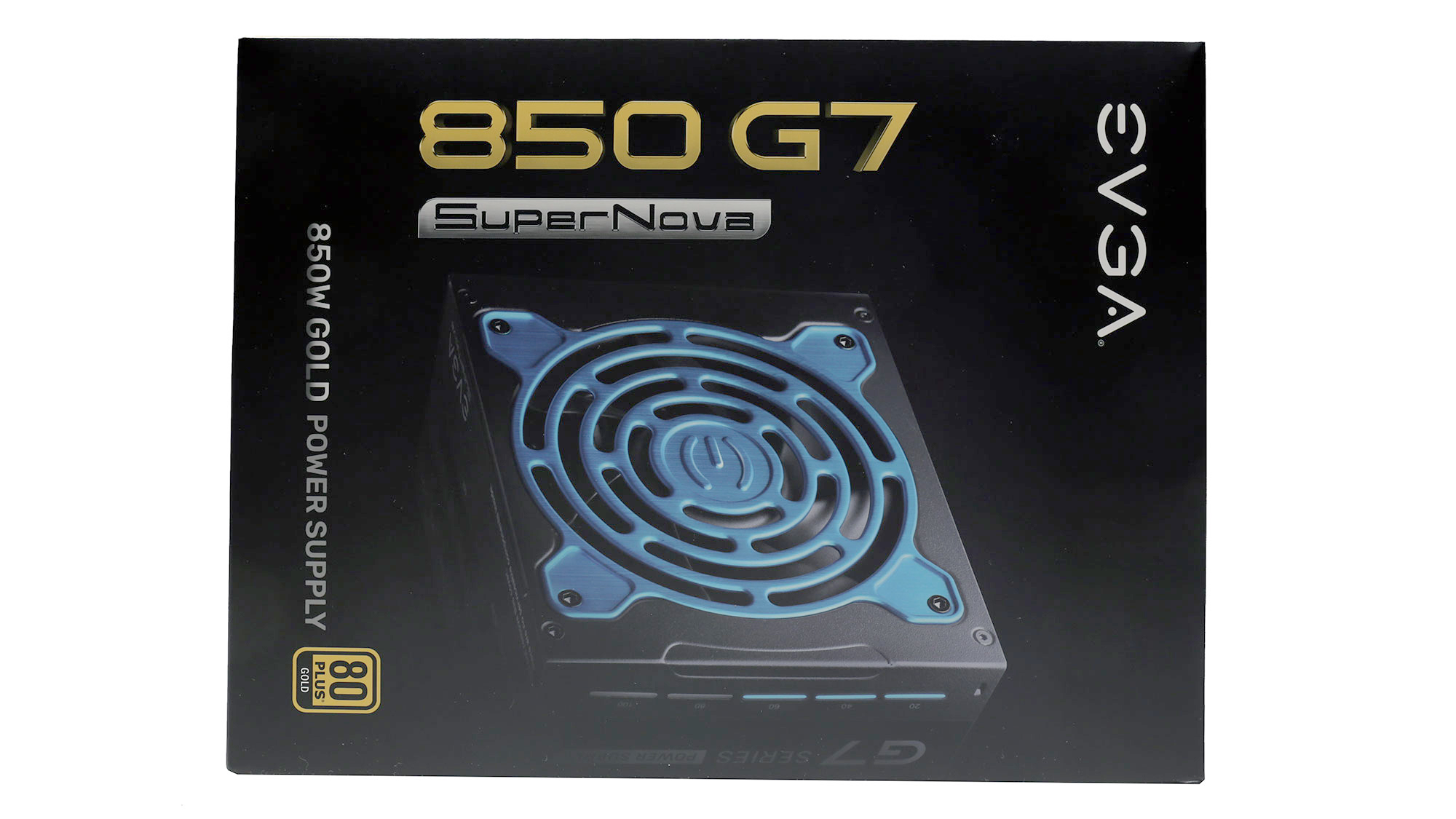
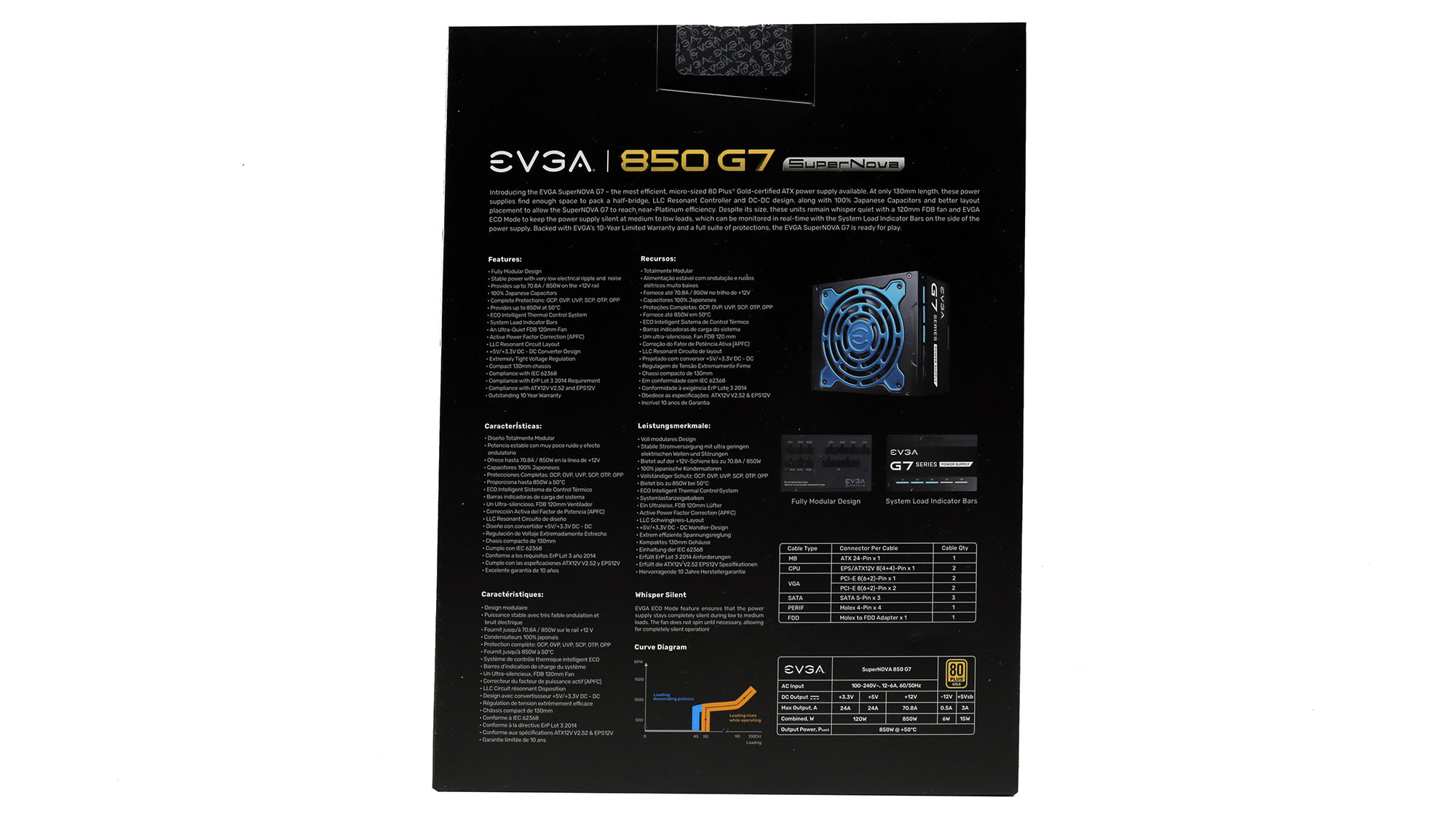
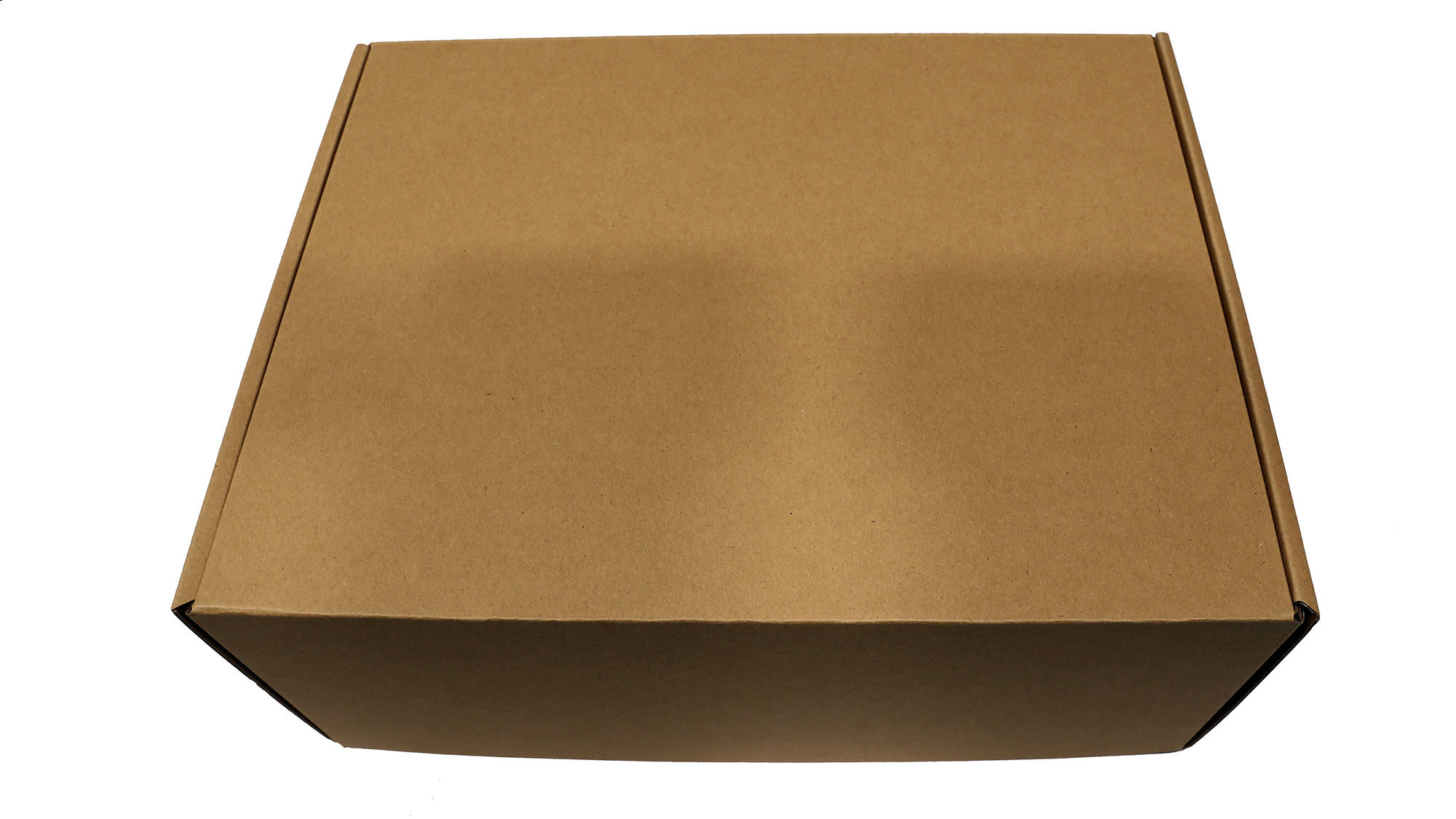
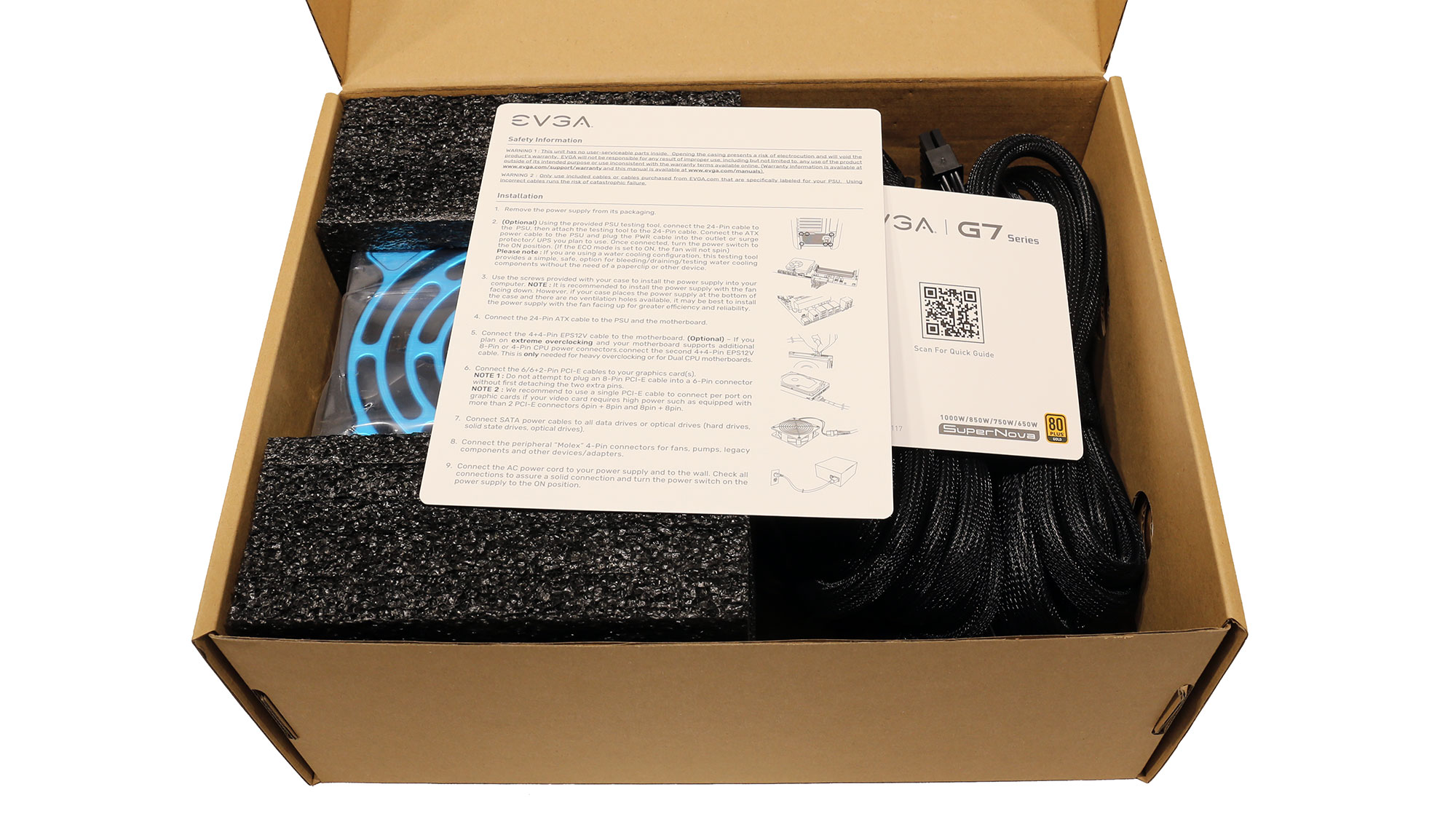
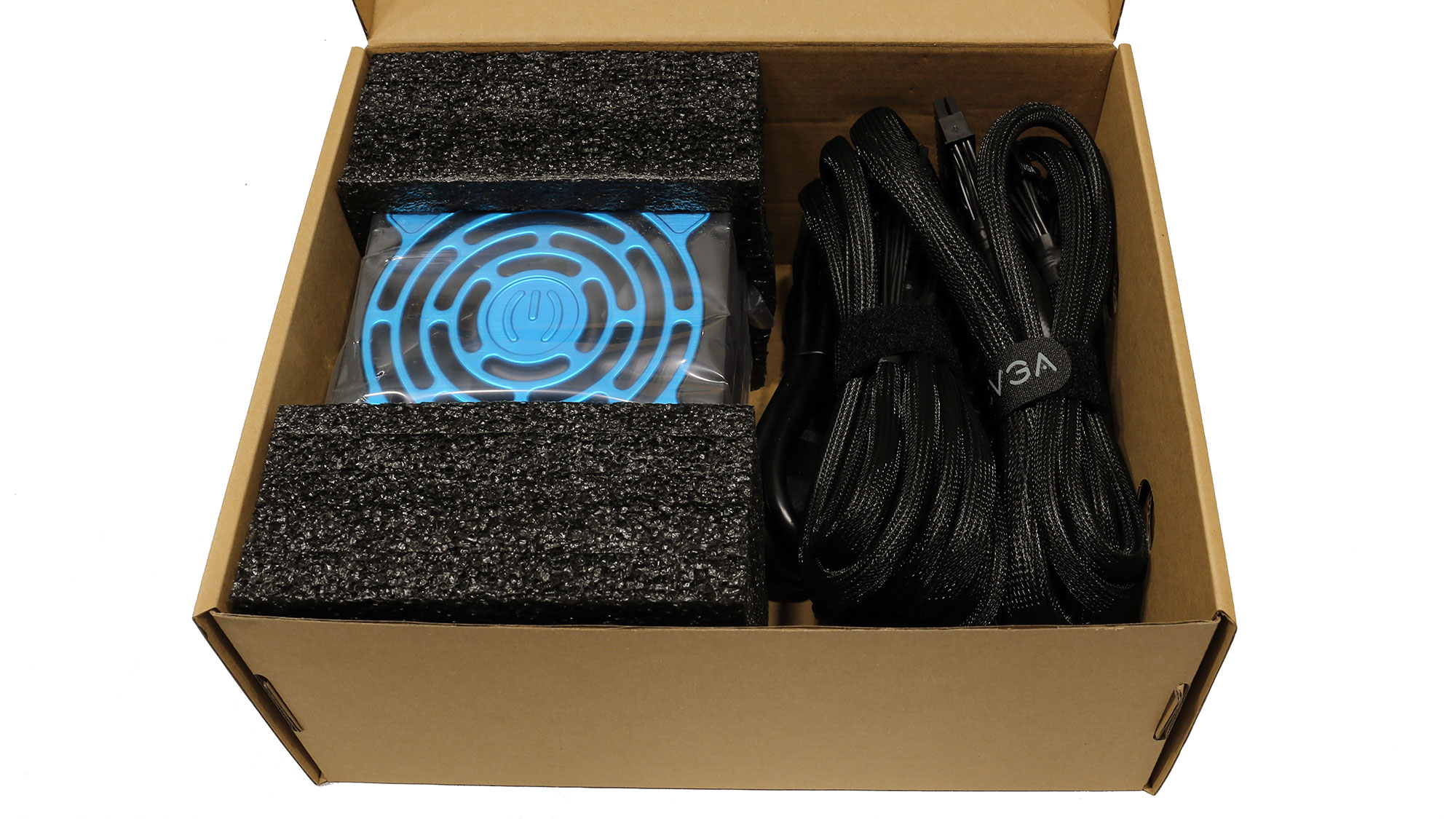
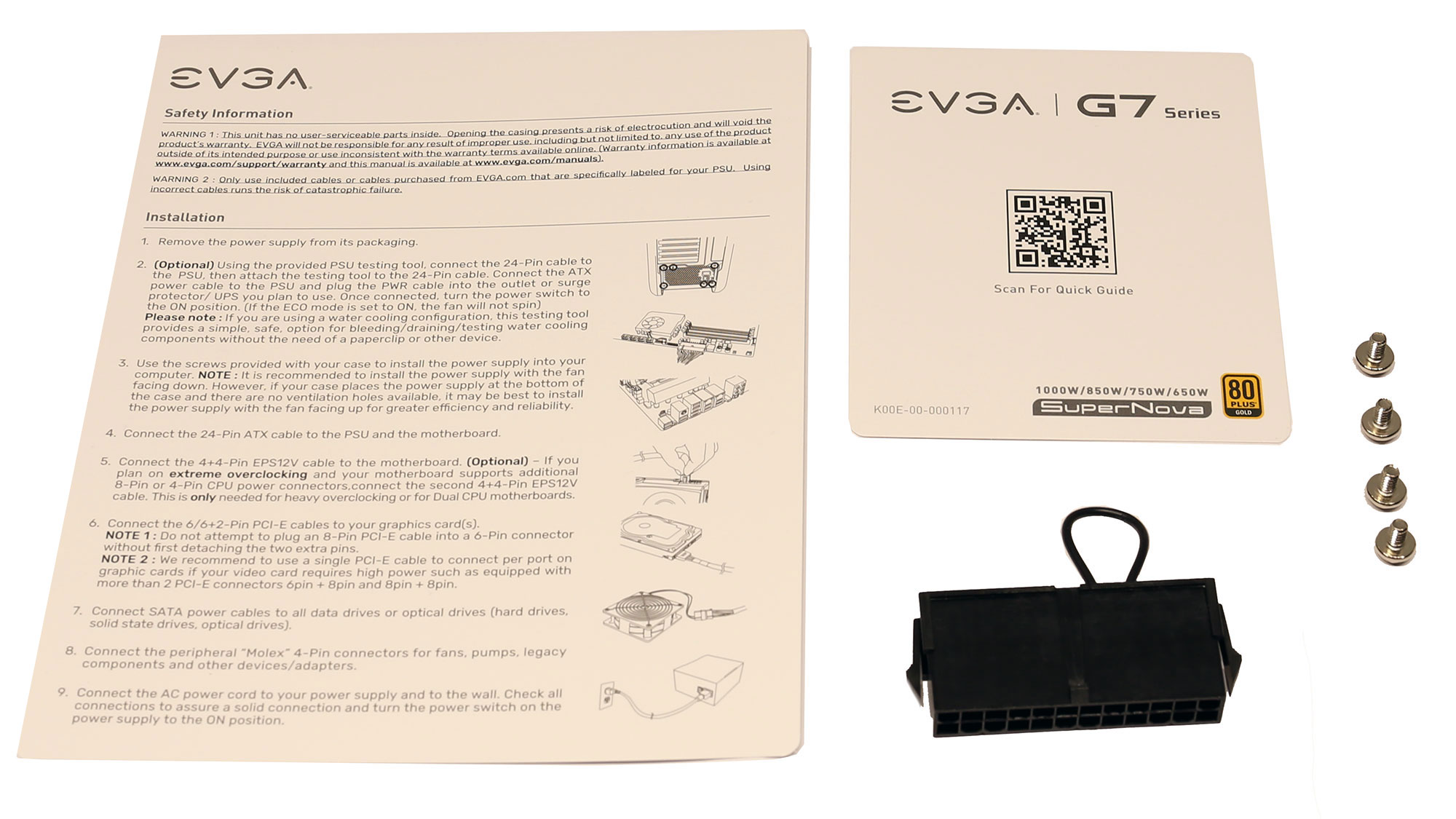
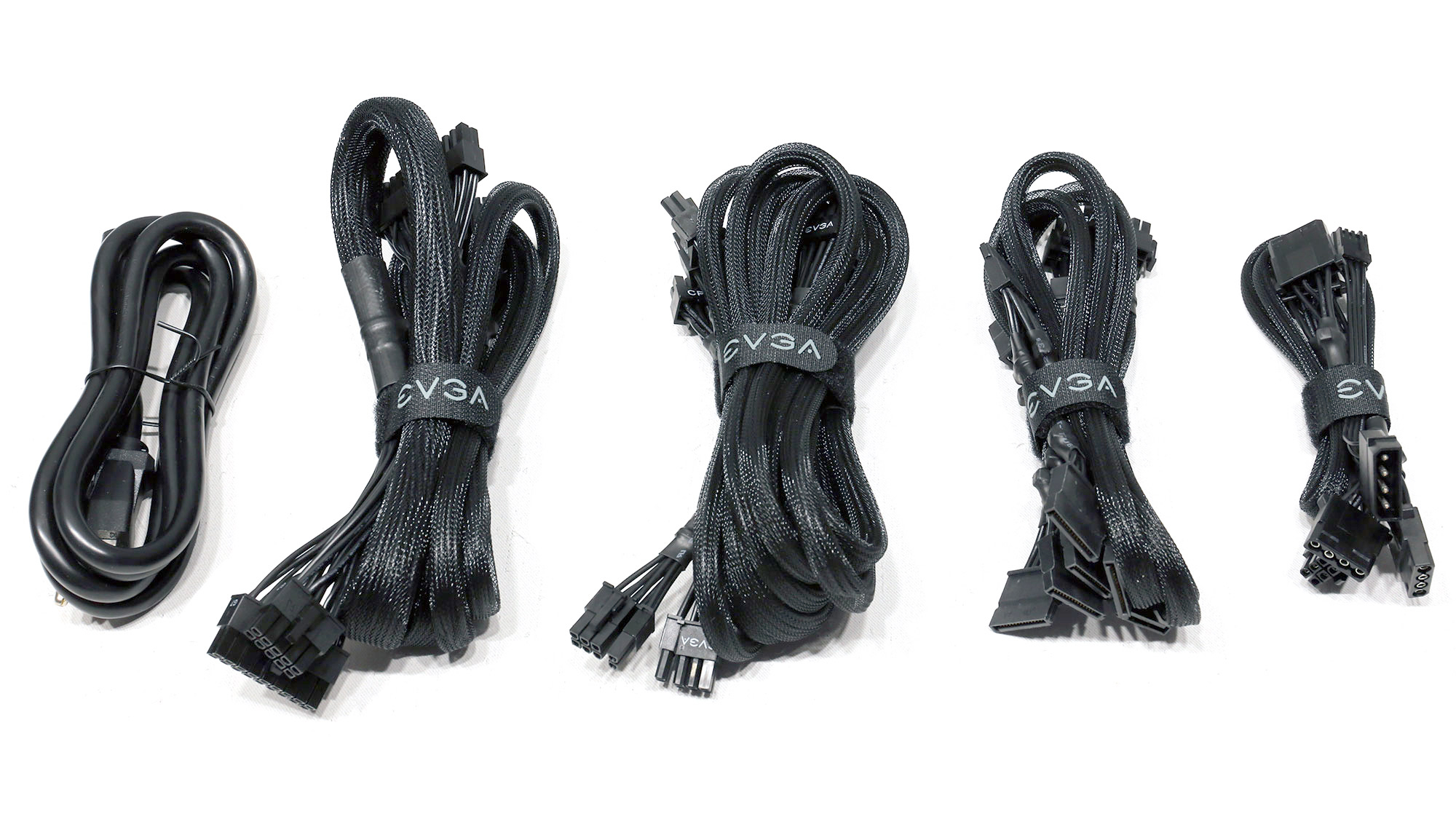
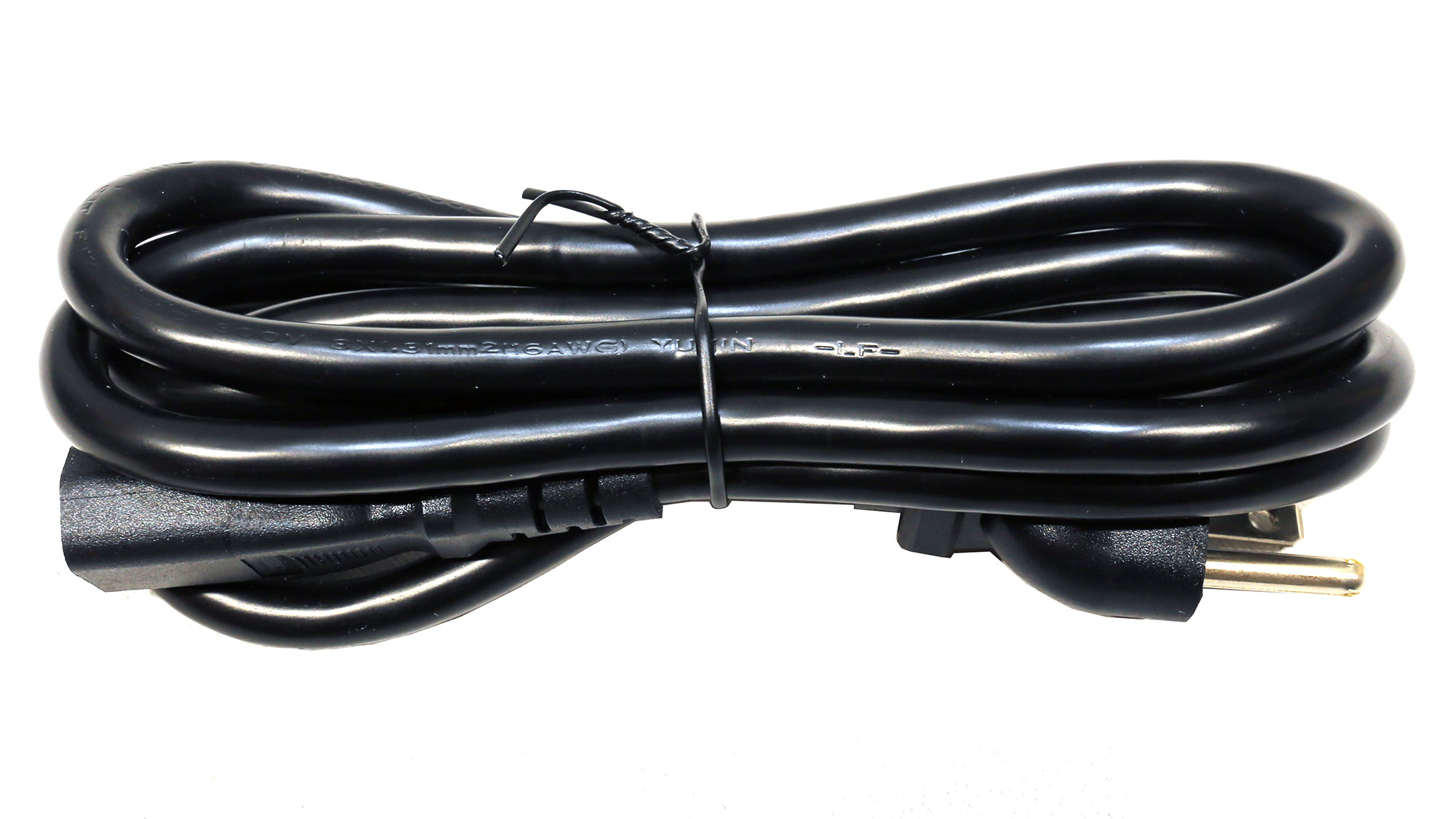
On one of the PSU's sides you will find five LED indicators, which depict the load level.
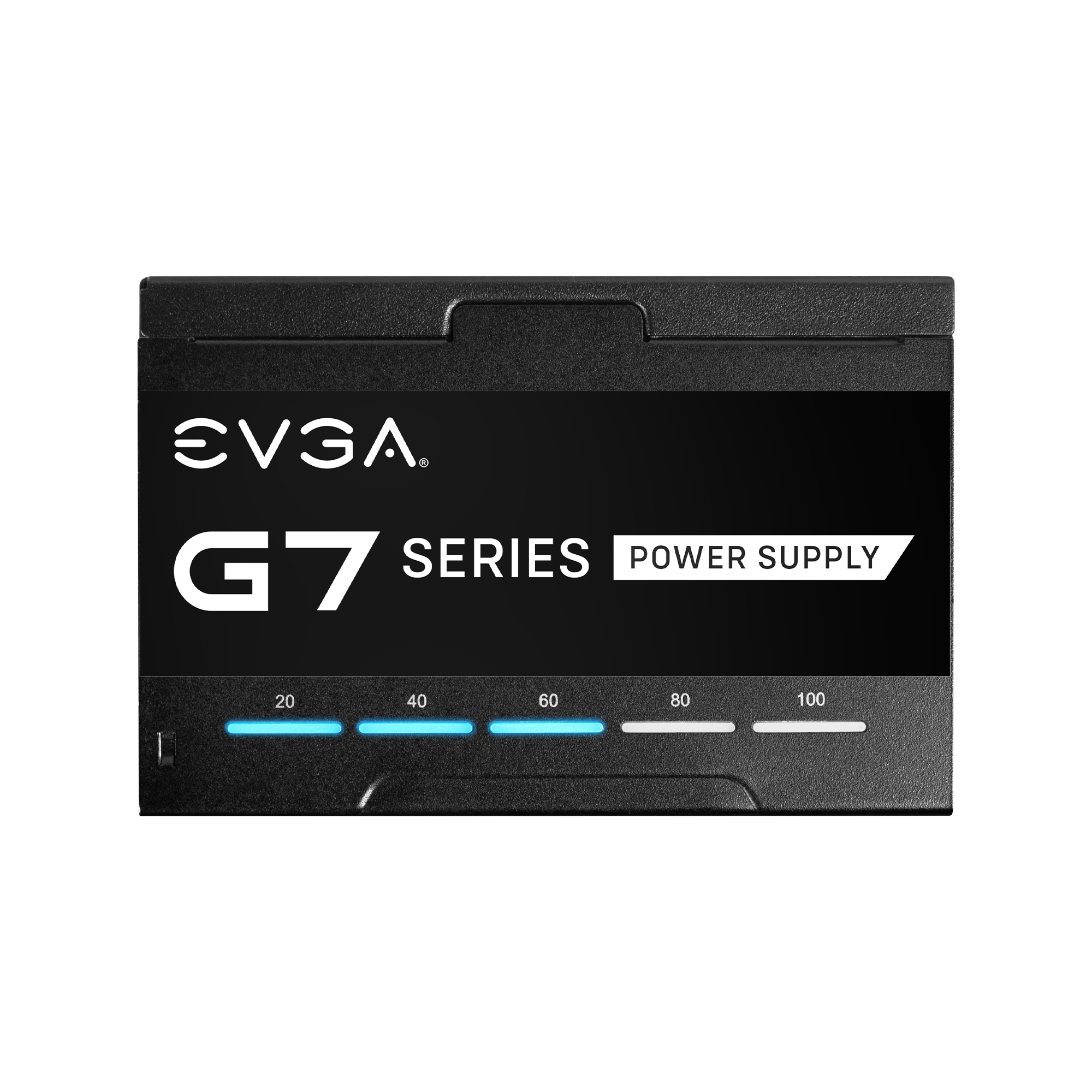
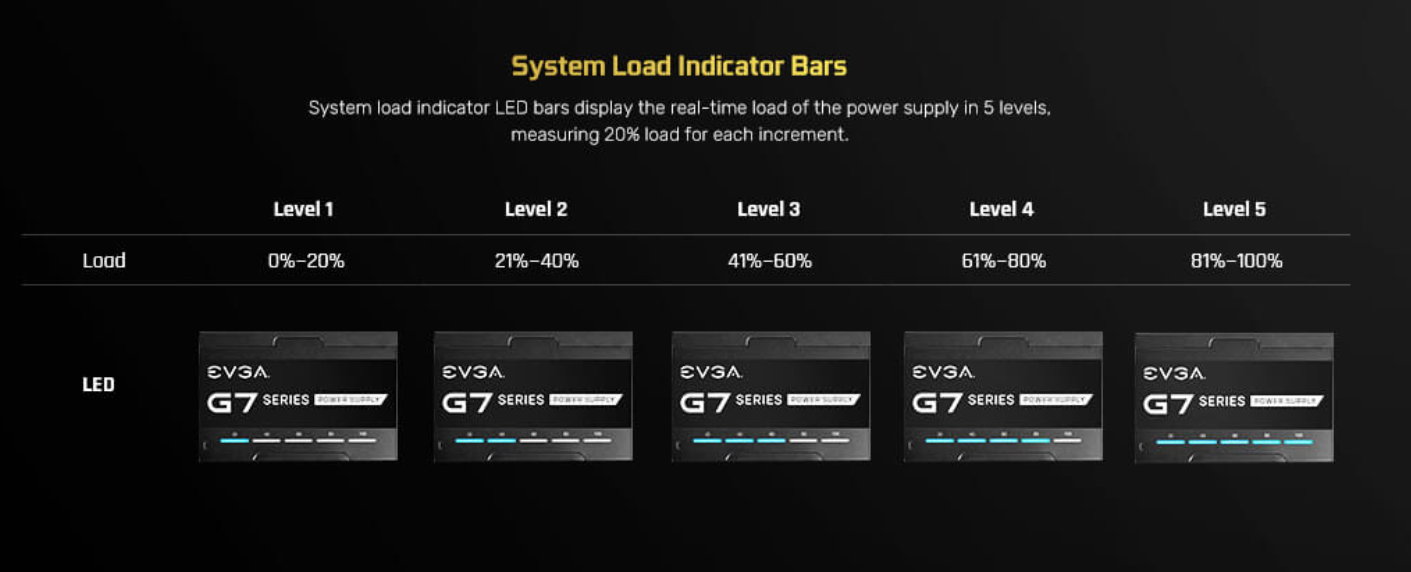
Specifications
| Manufacturer (OEM) | FSP |
| Max. DC Output | 850W |
| Efficiency | 80 PLUS Gold, Cybenetics Platinum (89-91%) |
| Noise | Cybenetics Standard++ (30-35 dB[A]) |
| Modular | ✓ |
| Intel C6/C7 Power State Support | ✓ |
| Operating Temperature (Continuous Full Load) | 0 - 50°C |
| Over Voltage Protection | ✓ |
| Under Voltage Protection | ✓ |
| Over Power Protection | ✓ |
| Over Current (+12V) Protection | ✓ |
| Over Temperature Protection | ✓ |
| Short Circuit Protection | ✓ |
| Surge Protection | ✓ |
| Inrush Current Protection | ✓ |
| Fan Failure Protection | ✗ |
| No Load Operation | ✓ |
| Cooling | 120mm Fluid Dynamic Bearing Fan (MGA12012XF-O25) |
| Semi-Passive Operation | ✓(selectable) |
| Dimensions (W x H x D) | 150 x 85 x 130mm |
| Weight | 1.72 kg (3.79 lb) |
| Form Factor | ATX12V v2.52, EPS 2.92 |
| Warranty | 10 Years |
Power Specifications
| Rail | Row 0 - Cell 1 | 3.3V | 5V | 12V | 5VSB | -12V |
| Max. Power | Amps | 24 | 24 | 70.8 | 3 | 0.5 |
| Row 2 - Cell 0 | Watts | Row 2 - Cell 2 | 120 | 850 | 15 | 6 |
| Total Max. Power (W) | Row 3 - Cell 1 | Row 3 - Cell 2 | 850 | Row 3 - Cell 4 | Row 3 - Cell 5 | Row 3 - Cell 6 |
Cables and Connectors
| Description | Cable Count | Connector Count (Total) | Gauge | In Cable Capacitors |
|---|---|---|---|---|
| ATX connector 20+4 pin (600mm) | 1 | 1 | 18-22AWG | Yes |
| 4+4 pin EPS12V (700mm) | 2 | 2 | 18AWG | No |
| 6+2 pin PCIe (700mm+150mm) | 2 | 4 | 18AWG | No |
| 6+2 pin PCIe (700mm) | 2 | 2 | 18AWG | No |
| SATA (550mm+100mm+100mm) | 3 | 9 | 18AWG | No |
| 4-pin Molex (550mm+100mm+100mm+100mm) | 1 | 4 | 18AWG | No |
| FDD Adapter (100mm) | 1 | 1 | 22AWG | No |
| AC Power Cord (1390mm) - C13 coupler | 1 | 1 | 16AWG | - |
All the cables are long, and the amount of connectors is sufficient. With two EPS and six PCIe connectors, the PSU won't have any problems delivering its full power. There are also plenty of peripheral connectors, but the distance between them is short.
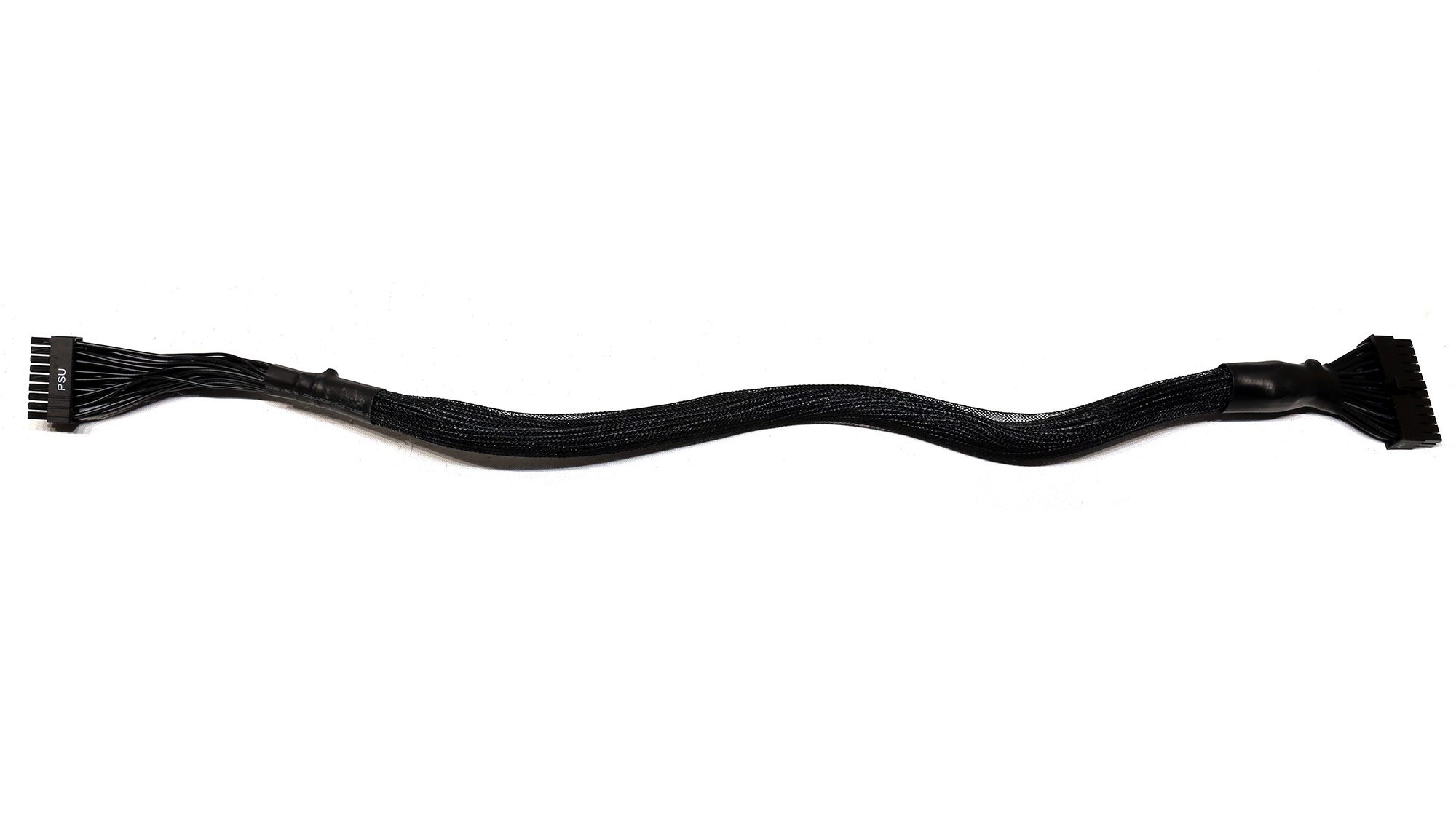
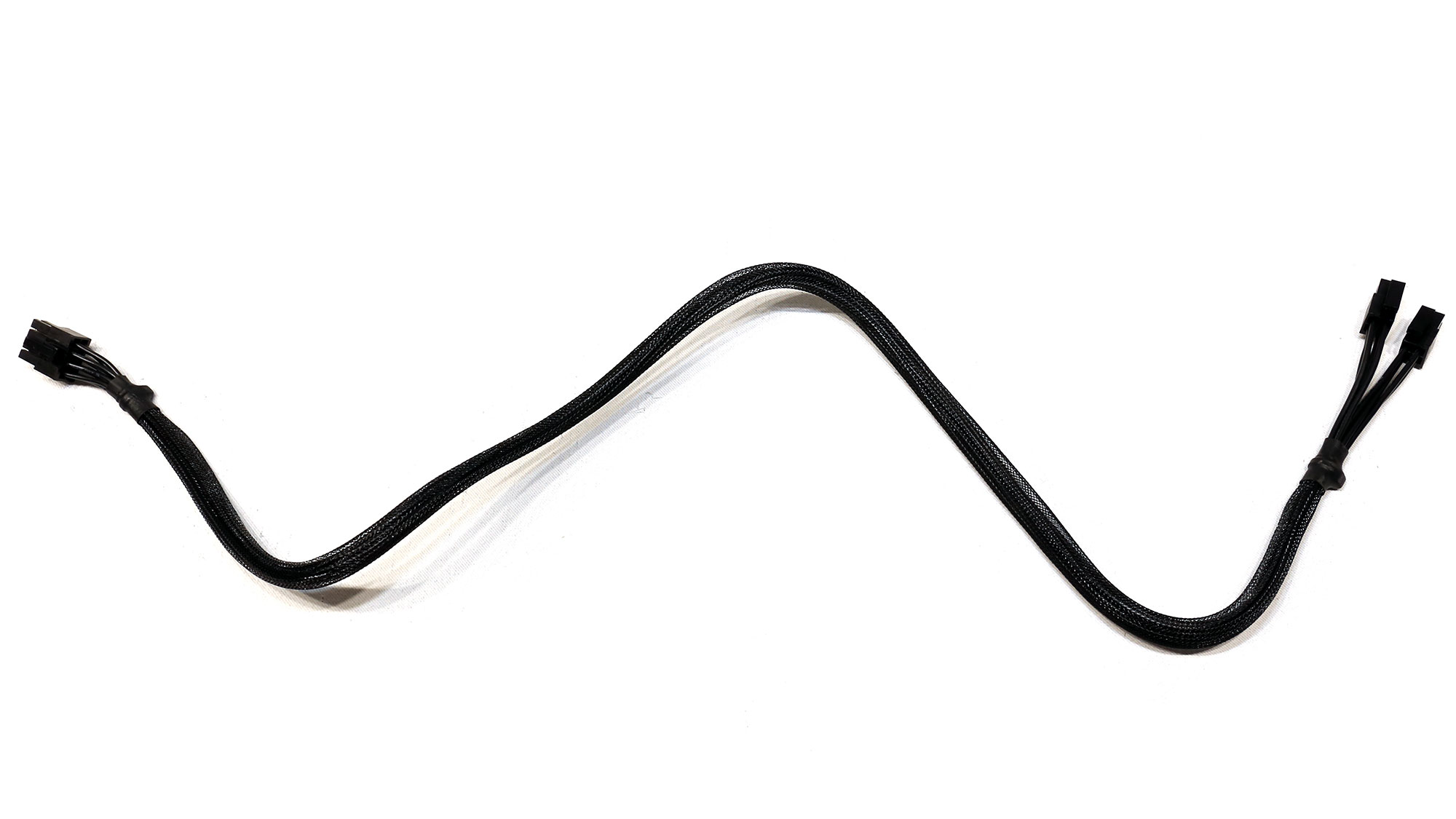
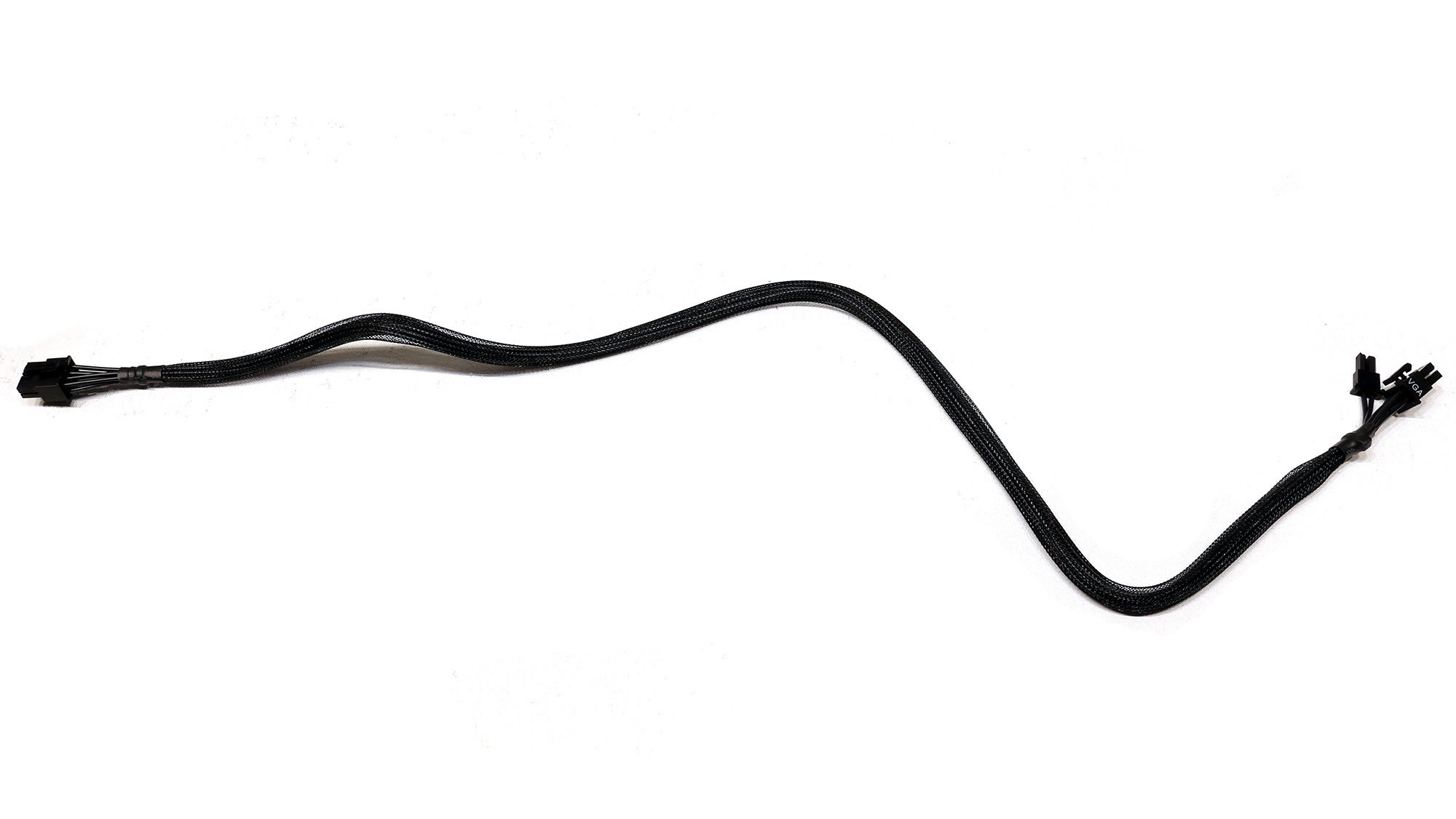
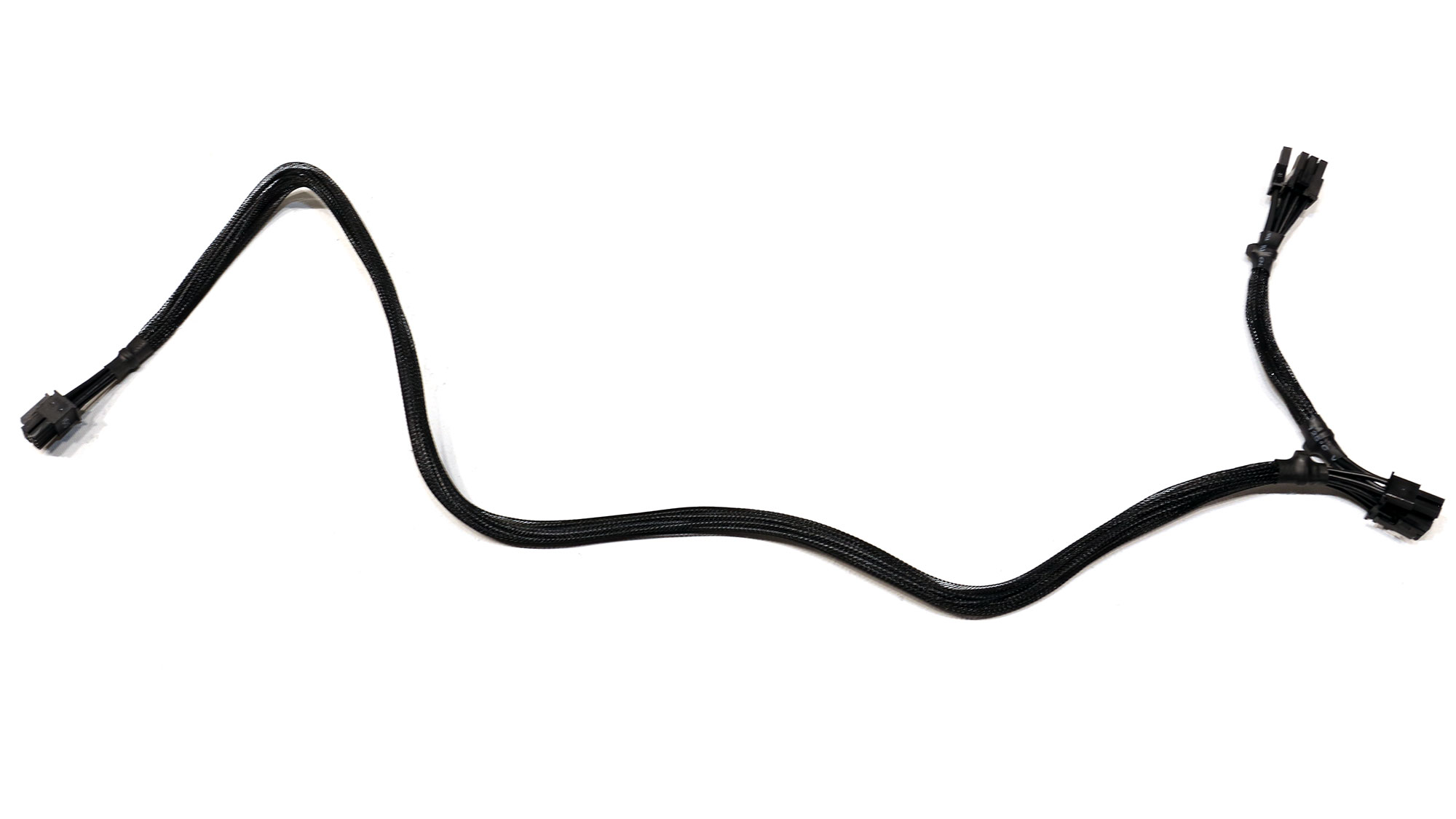
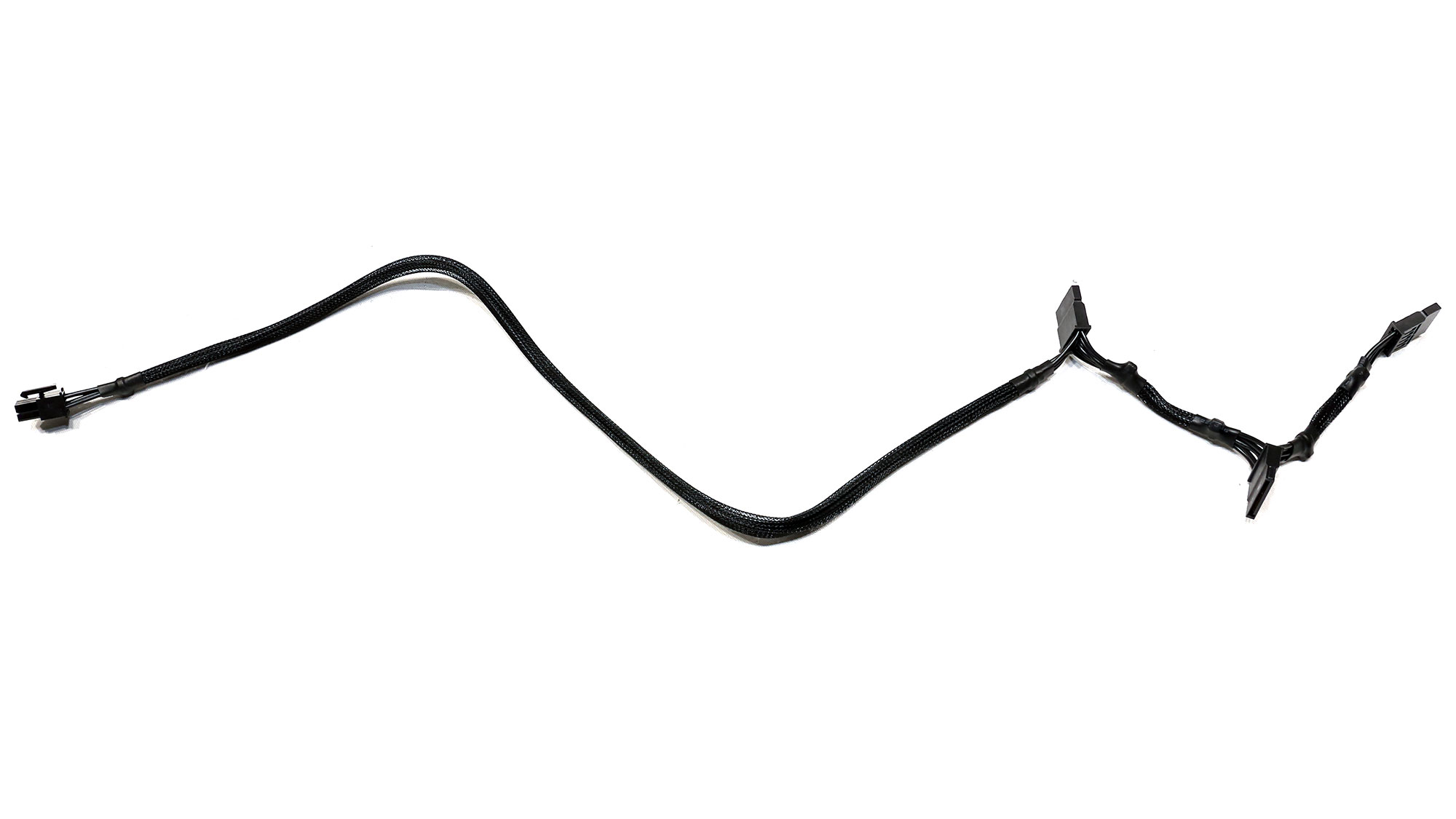
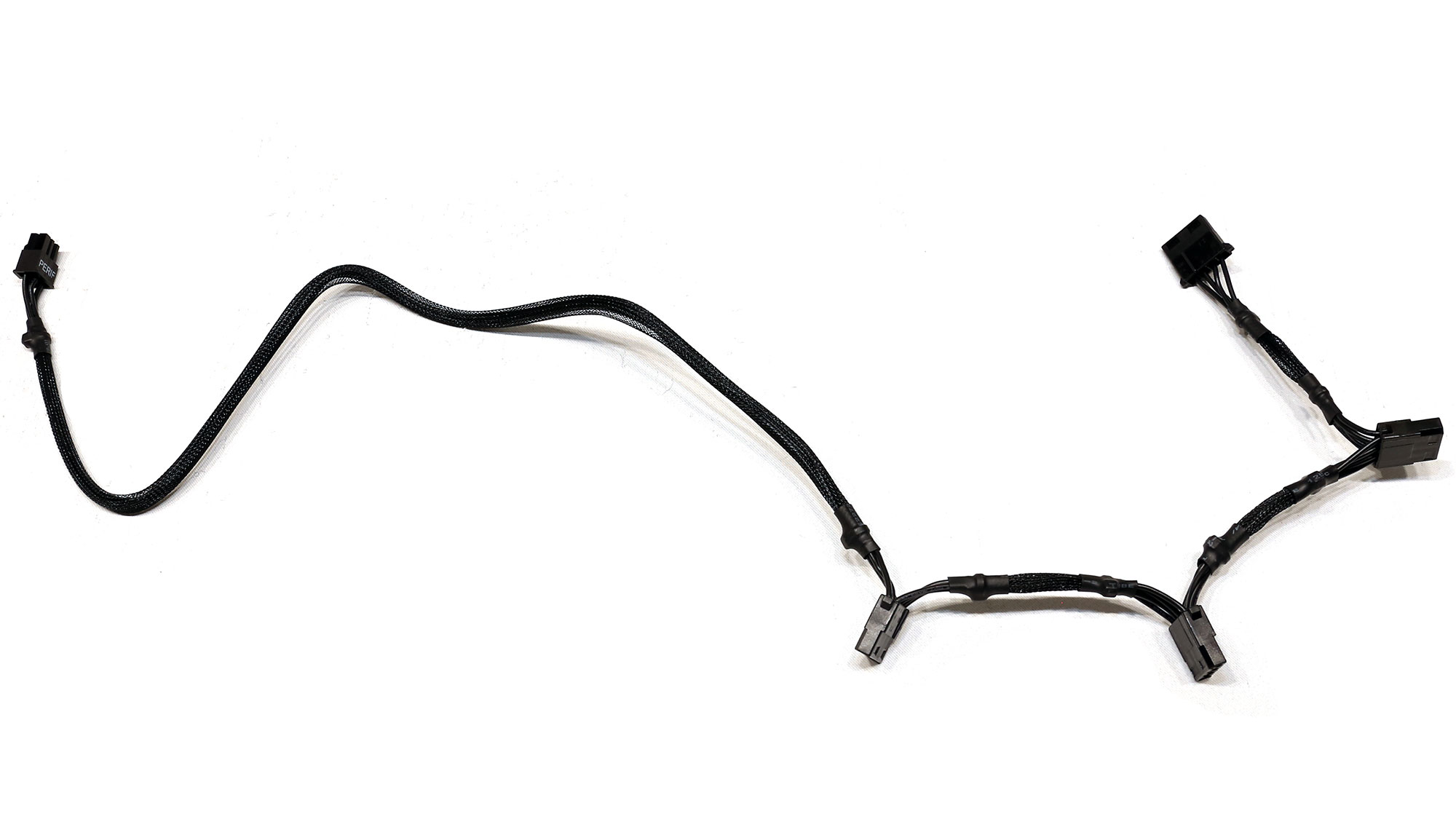
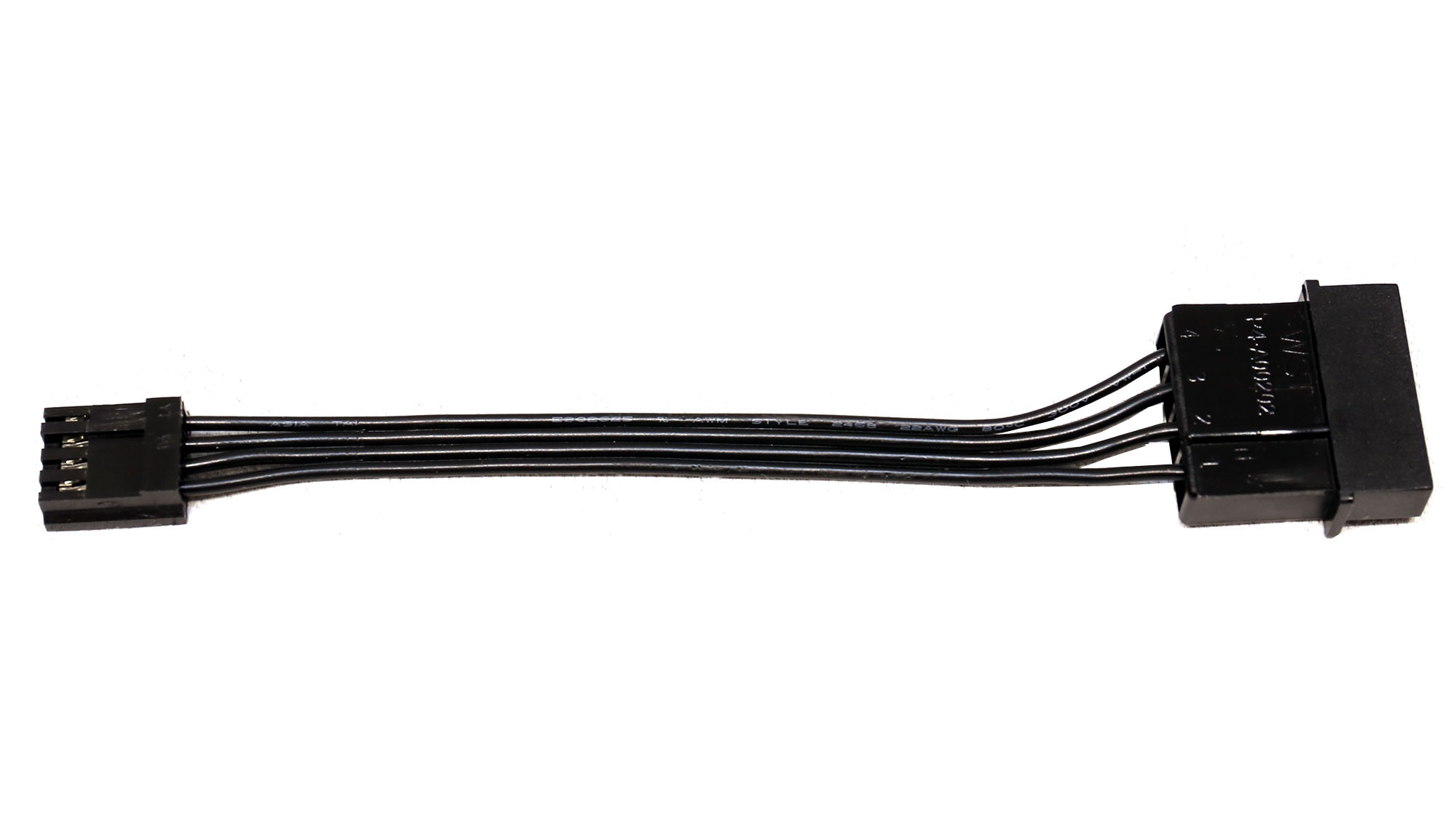
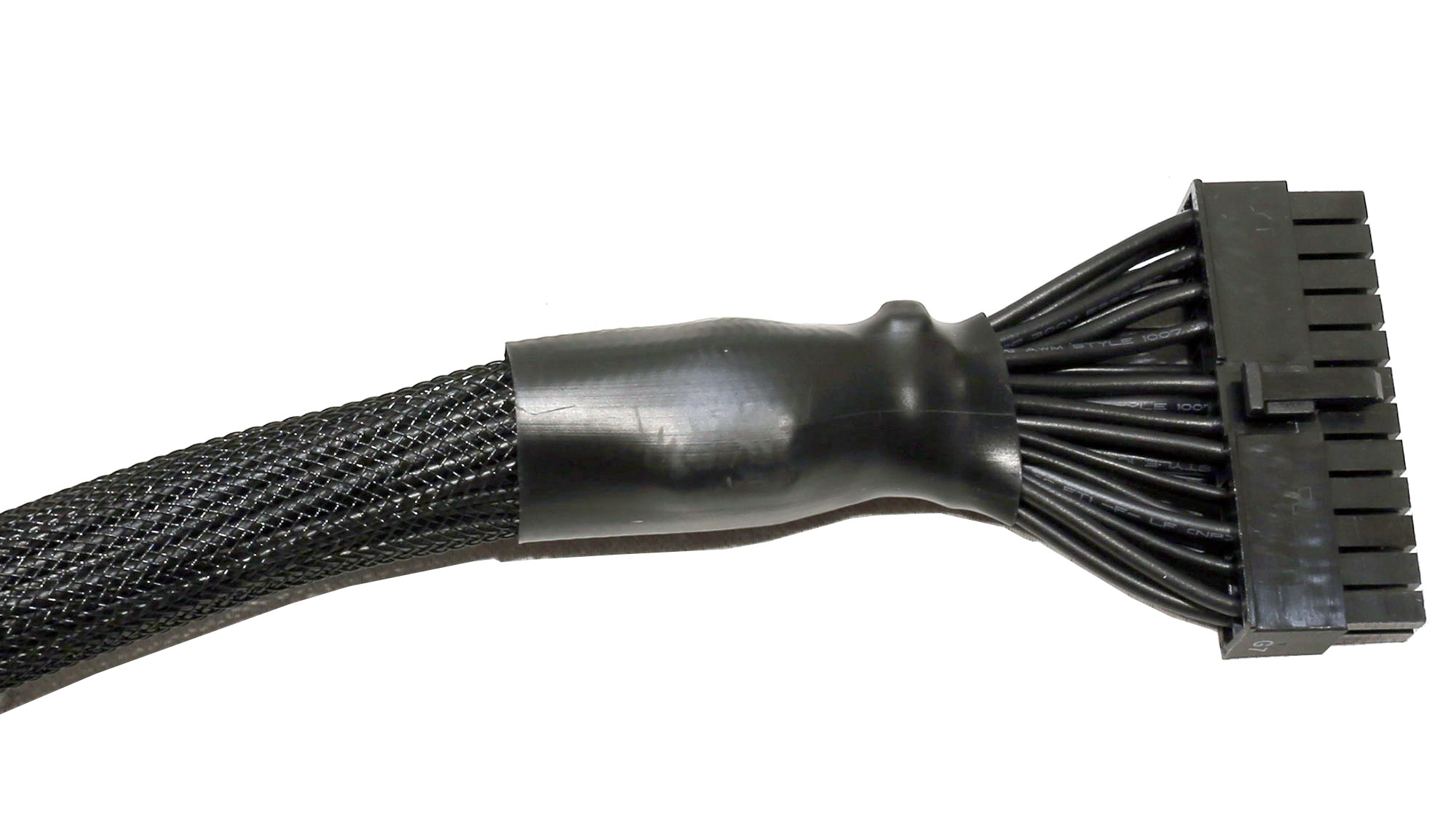
FSP used in-cable caps in the ATX cable for better ripple suppression, so don't expect this cable to be highly flexible.
Component Analysis
We strongly encourage you to have a look at our PSUs 101 article, which provides valuable information about PSUs and their operation, allowing you to better understand the components we're about to discuss.
| General Data | - |
| Manufacturer (OEM) | FSP |
| PCB Type | Double Sided |
| Primary Side | - |
| Transient Filter | 4x Y caps, 2x X caps, 2x CM chokes, 1x MOV |
| Inrush Protection | NTC Thermistor SCK-056 (5 Ohm) & Relay |
| Bridge Rectifier(s) | 2x |
| APFC MOSFETs | 3x |
| APFC Boost Diode | 1x |
| Bulk Cap(s) | 1x Nippon Chemi-Con (420V, 470uF, 2,000h @ 105°C, KHE) & 1x TK (420V, 330uF, 2,000h @ 105°C, LGW) |
| Main Switchers | 2x Infineon IPP60R120P7 (600V, 16A @ 100°C, Rds(on): 0.12Ohm) |
|
IC Driver |
1x Novosense NSi6602 |
| APFC Controller | Infineon ICE2PCS02 |
| Resonant Controller | Champion CM6901T2X |
| Topology | Primary side: APFC, Half-Bridge & LLC converter Secondary side: Synchronous Rectification & DC-DC converters |
| Secondary Side | - |
| +12V MOSFETs | no info |
| 5V & 3.3V | DC-DC Converters: 6x Infineon BSC0901NS (30V, 94A @ 100°C, Rds(on): 1.9mOhm) PWM Controller(s): ANPEC APW7159C |
| Filtering Capacitors |
Electrolytic: 5x Rubycon (3-6,000h @ 105°C, YXG) Polymer: 17x Nippon Chemi-Con, 6x NIC |
| Supervisor IC | Weltrend WT7527RA (OCP, OVP, UVP, SCP, PG) |
| Fan Controller | Microchip PICF15324 |
| Fan Model | Protechnic Electric MGA12012XF-O25 (120mm, 12V, 0.52A, Fluid Dynamic Bearing Fan) |
| 5VSB Circuit | - |
| Rectifier | 1x NIKO-SEM P1006BD (60V, 42A @ 100°C, Rds(on): 10mOhm) FET |
| Standby PWM Controller | Power Integrations INN2603K |
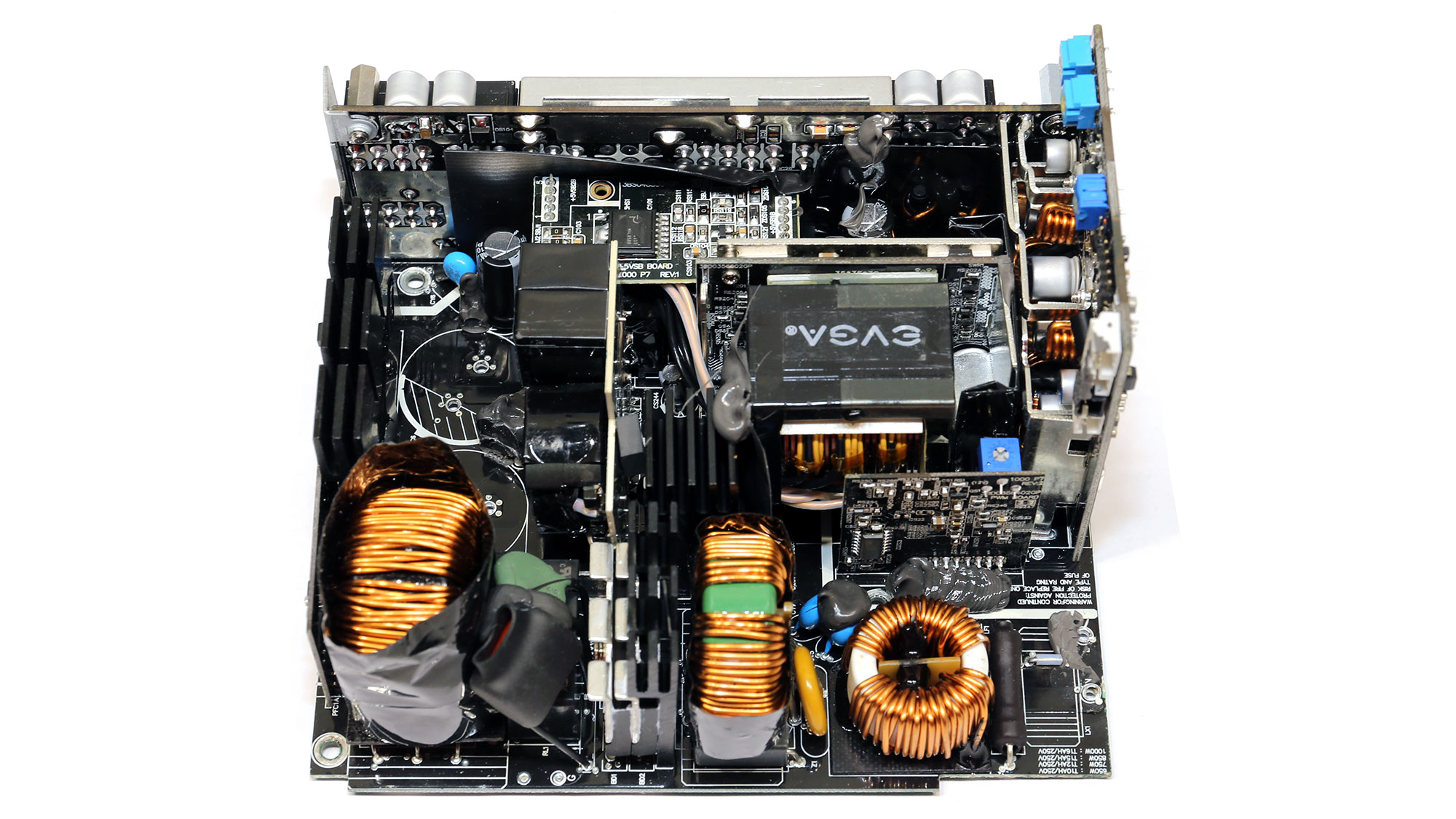
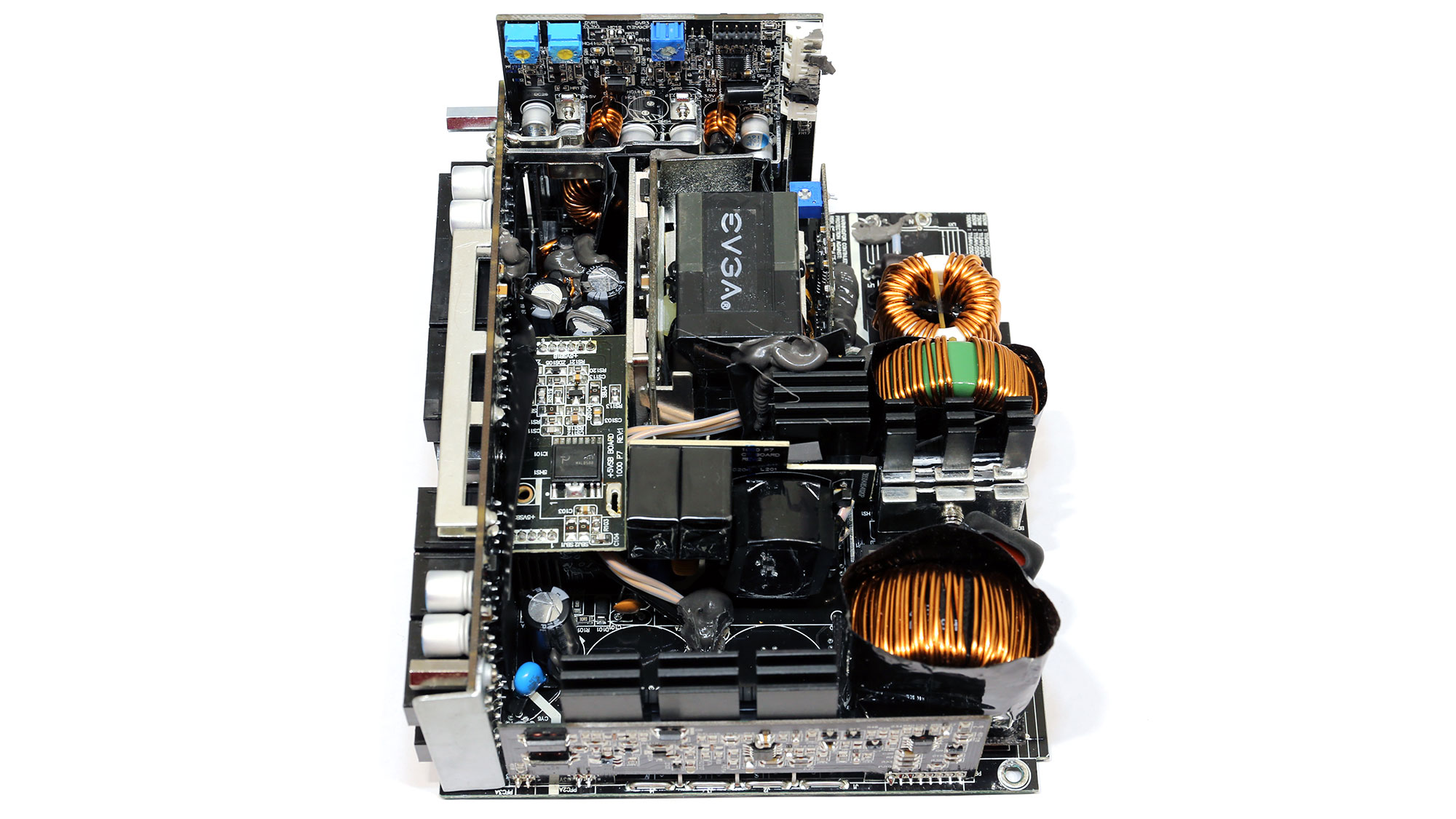
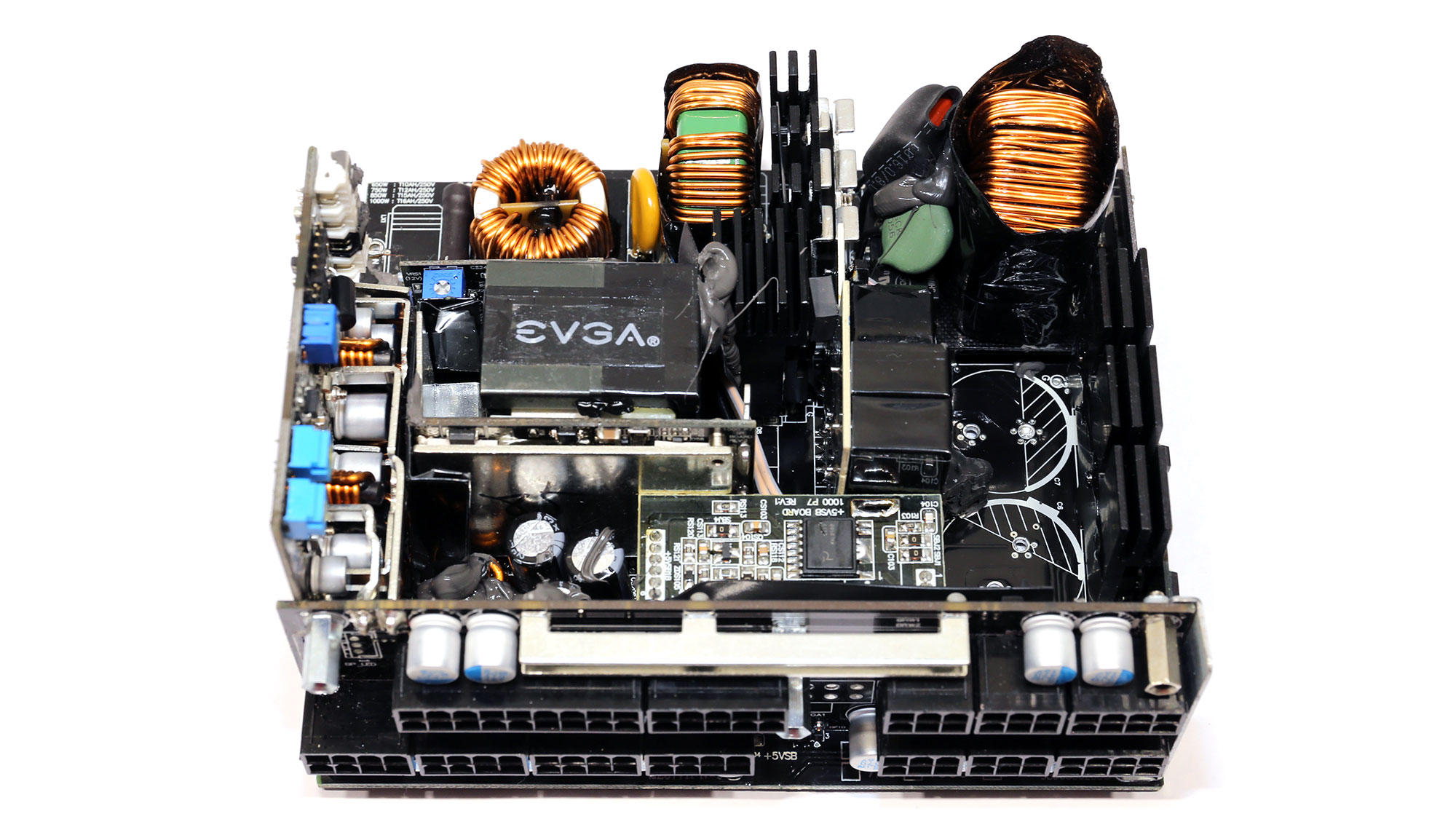
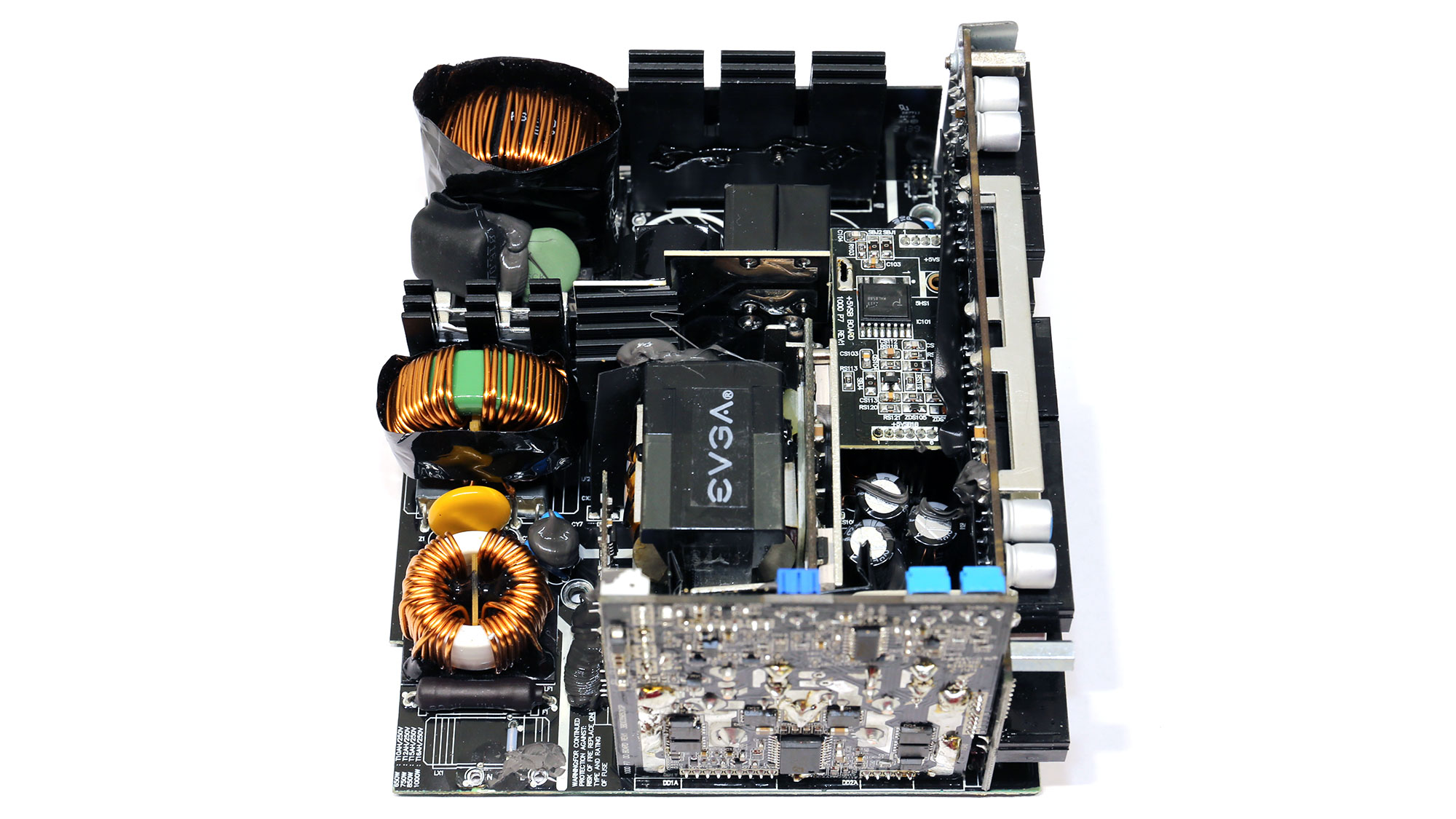
The OEM behind this platform is FSP, and it looks nice! The only problem is that because of the overpopulated, tiny PCB, we had a tough time identifying all parts without heavy de-soldering, which could destroy the PSU, and we need it for future reference in case we have to re-test it. FSP used good parts, and the design is up to date, with a half-bridge topology and an LLC resonant converter on the primary side. The secondary side hosts a synchronous rectification scheme for the 12V rail and DC-DC converters for the minor rails.
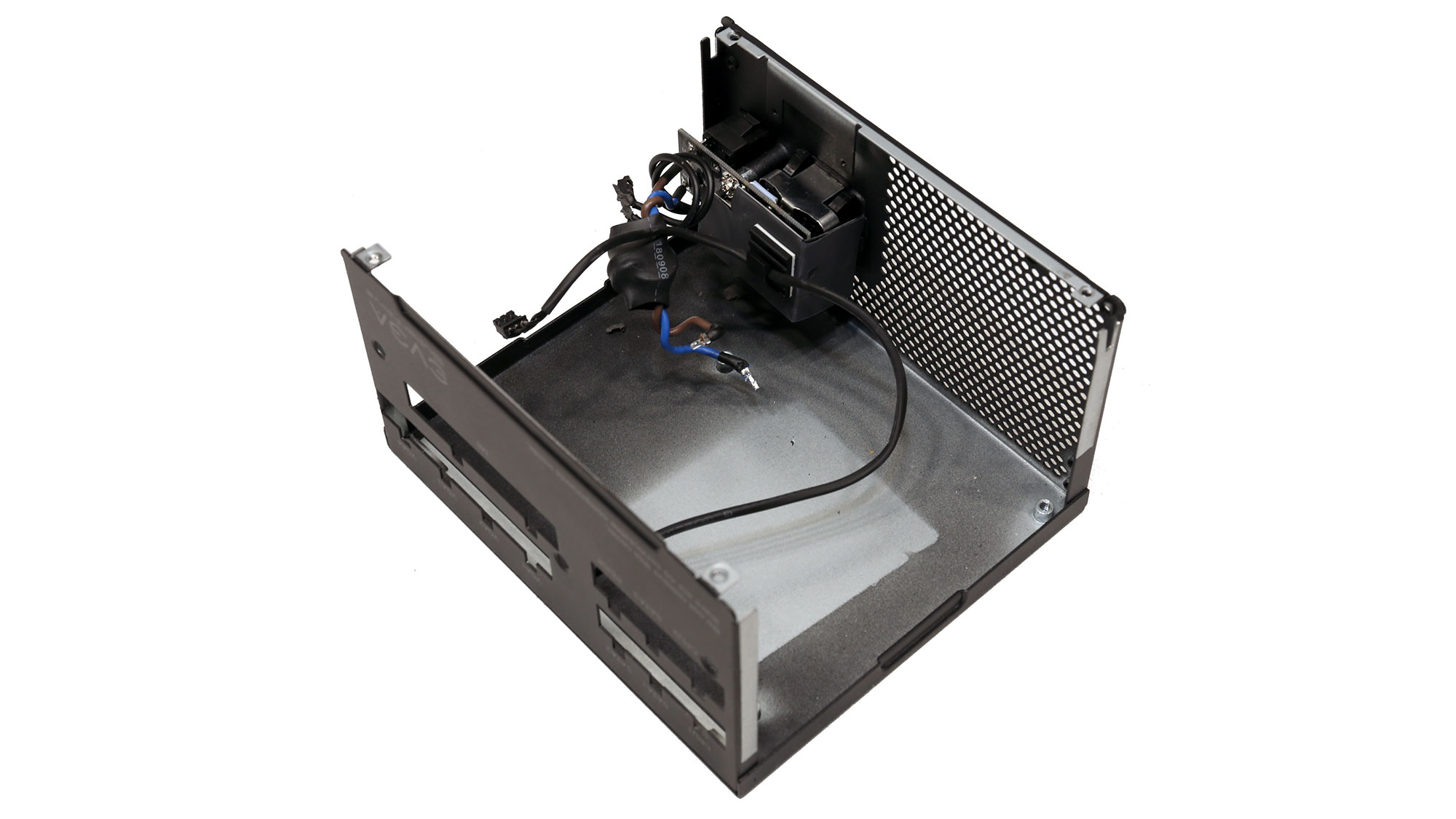
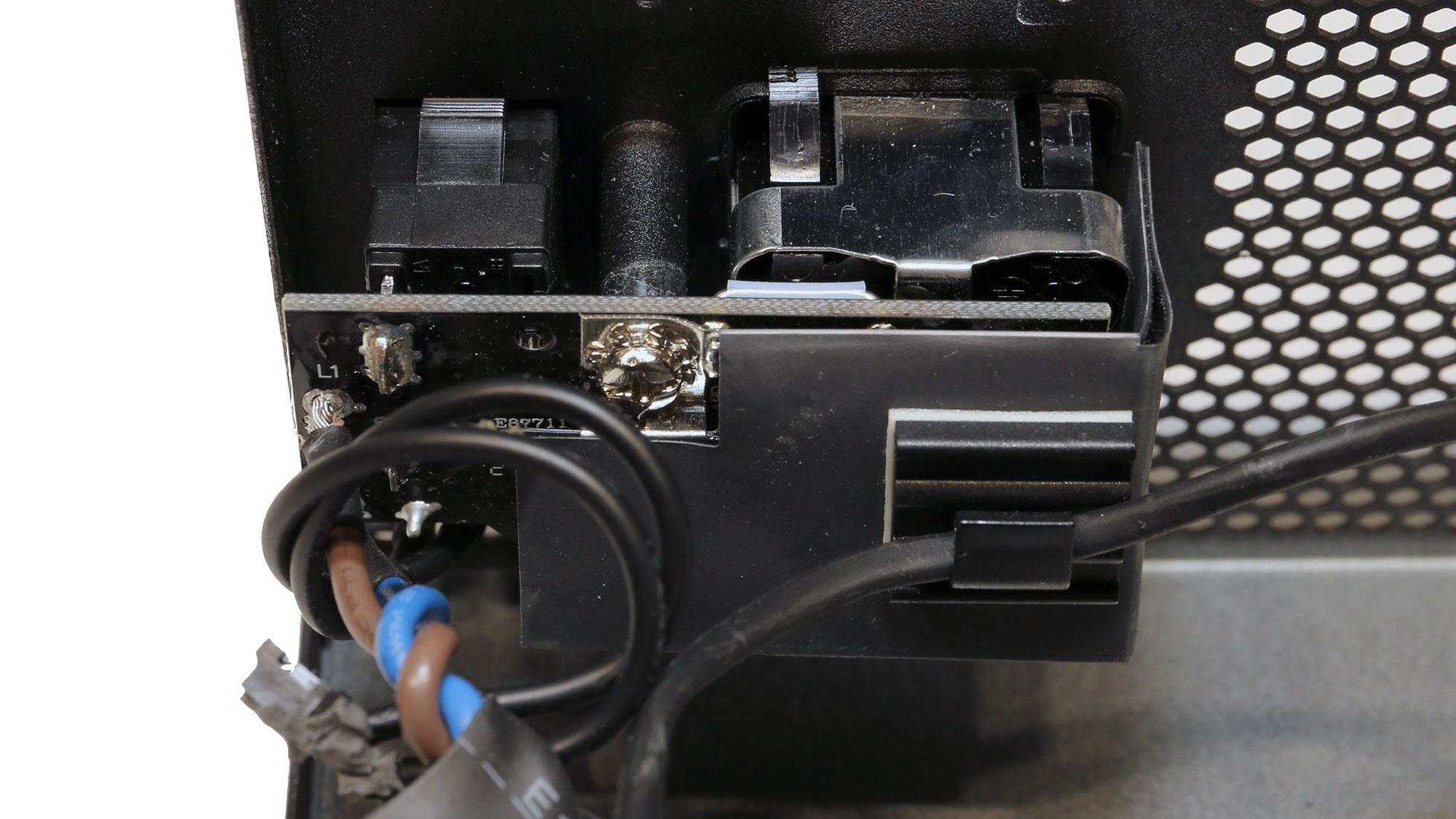
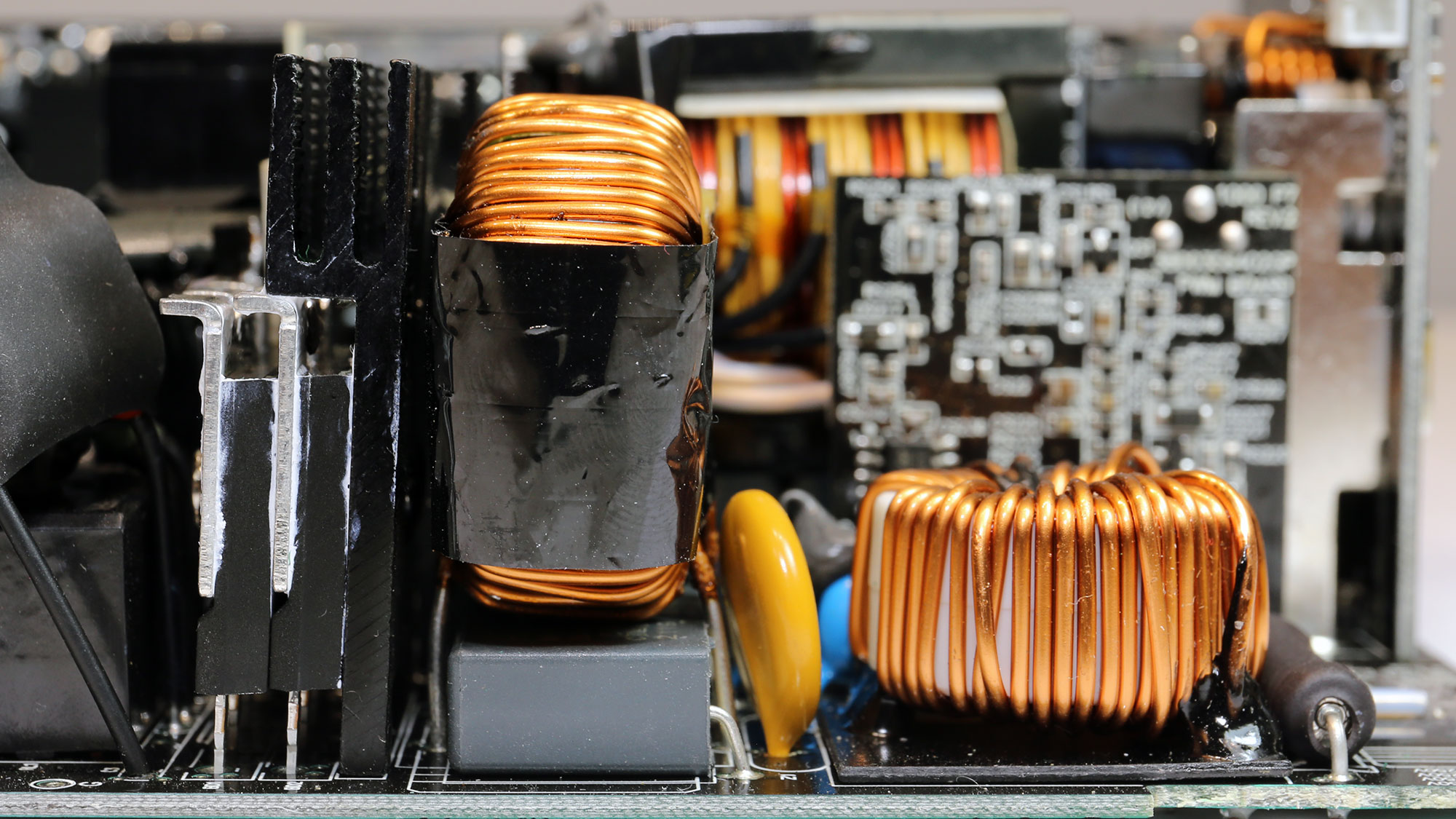
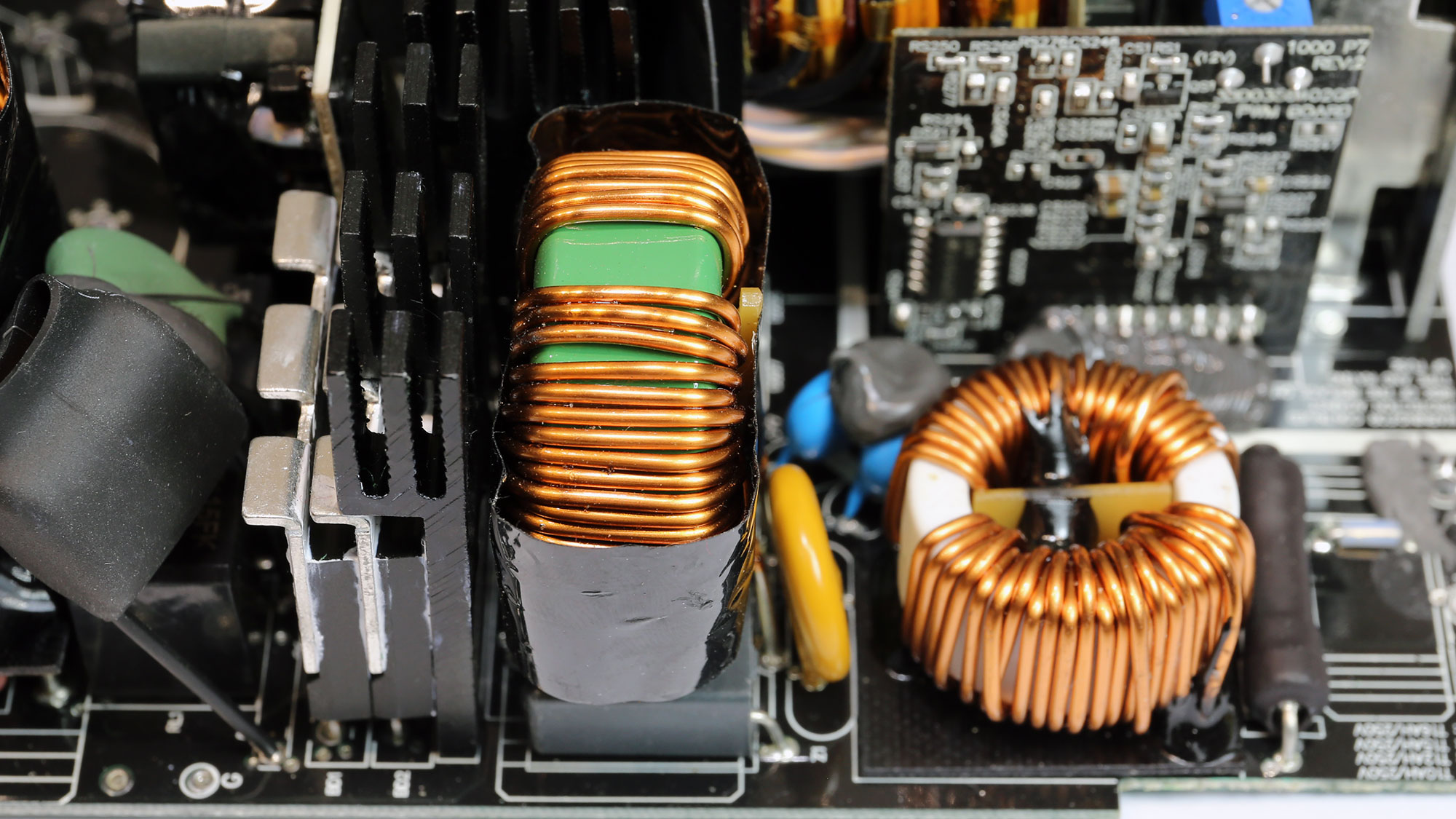
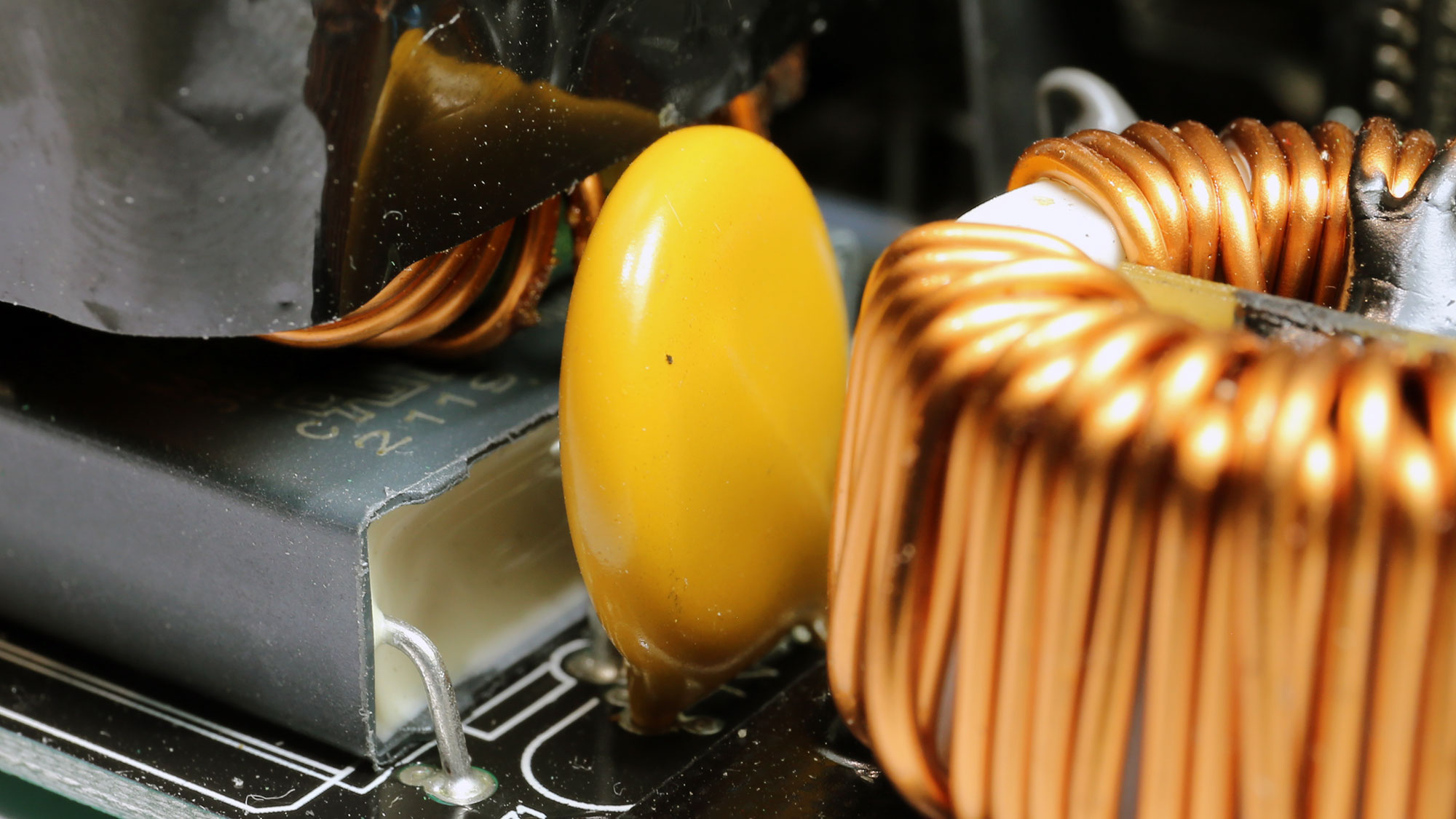
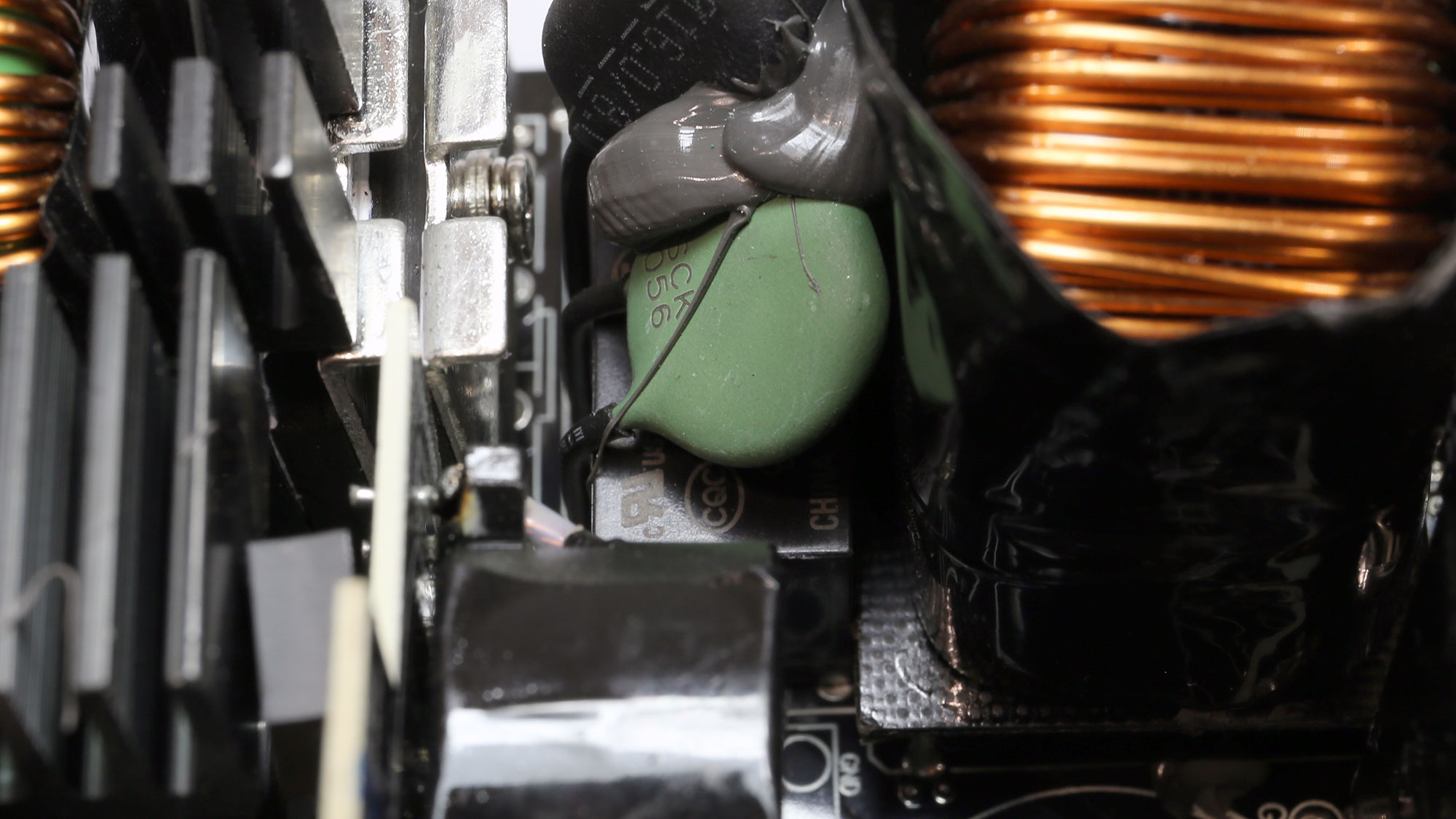
The EMI filter is complete so that EMI emissions won't be an issue, both incoming and outgoing. We also found an MOV for handling voltage surges and an NTC thermistor and bypass relay combo, for protection against high inrush currents.
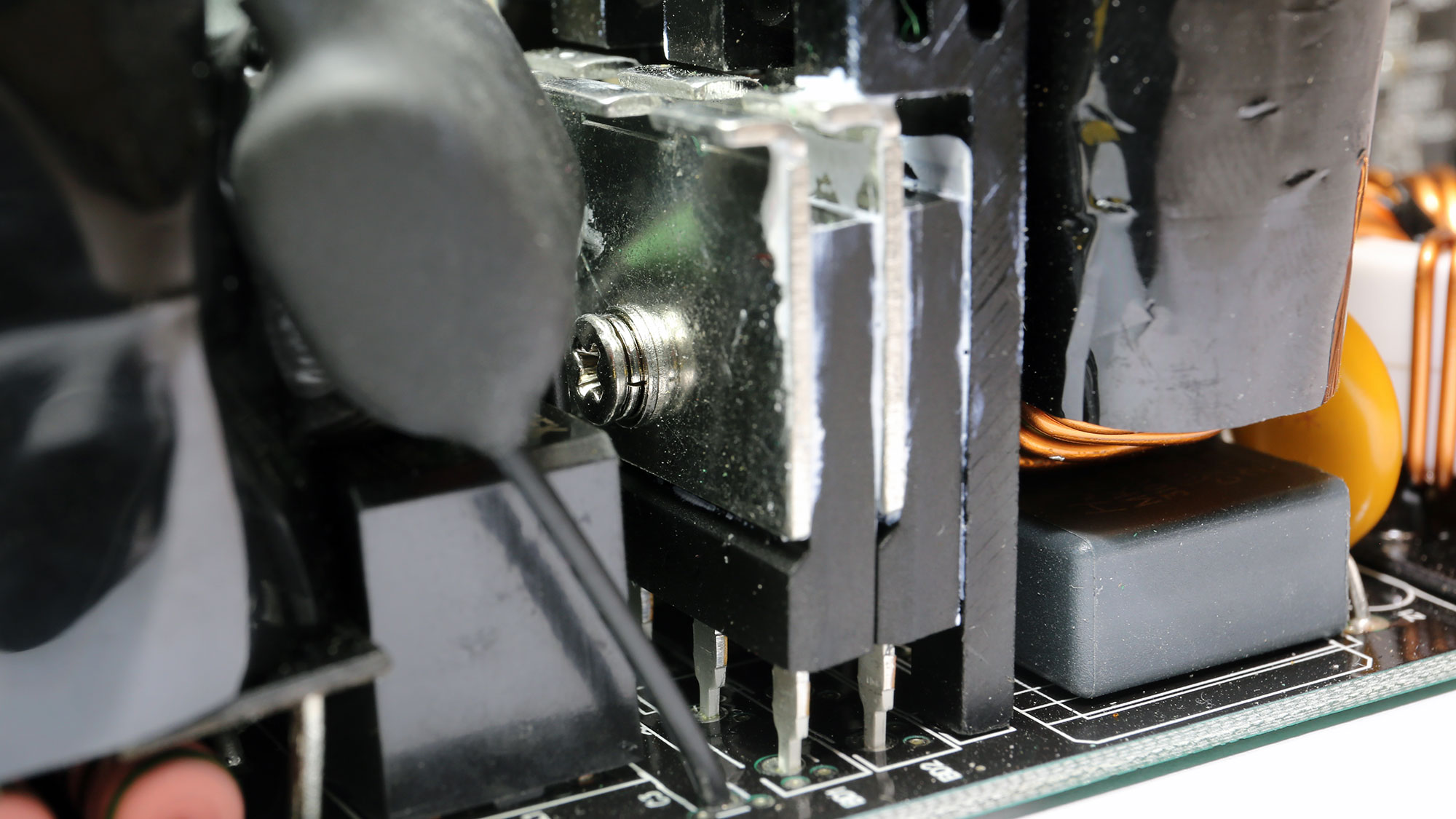
The pair of bridge rectifiers is sandwiched between two heat sinks.
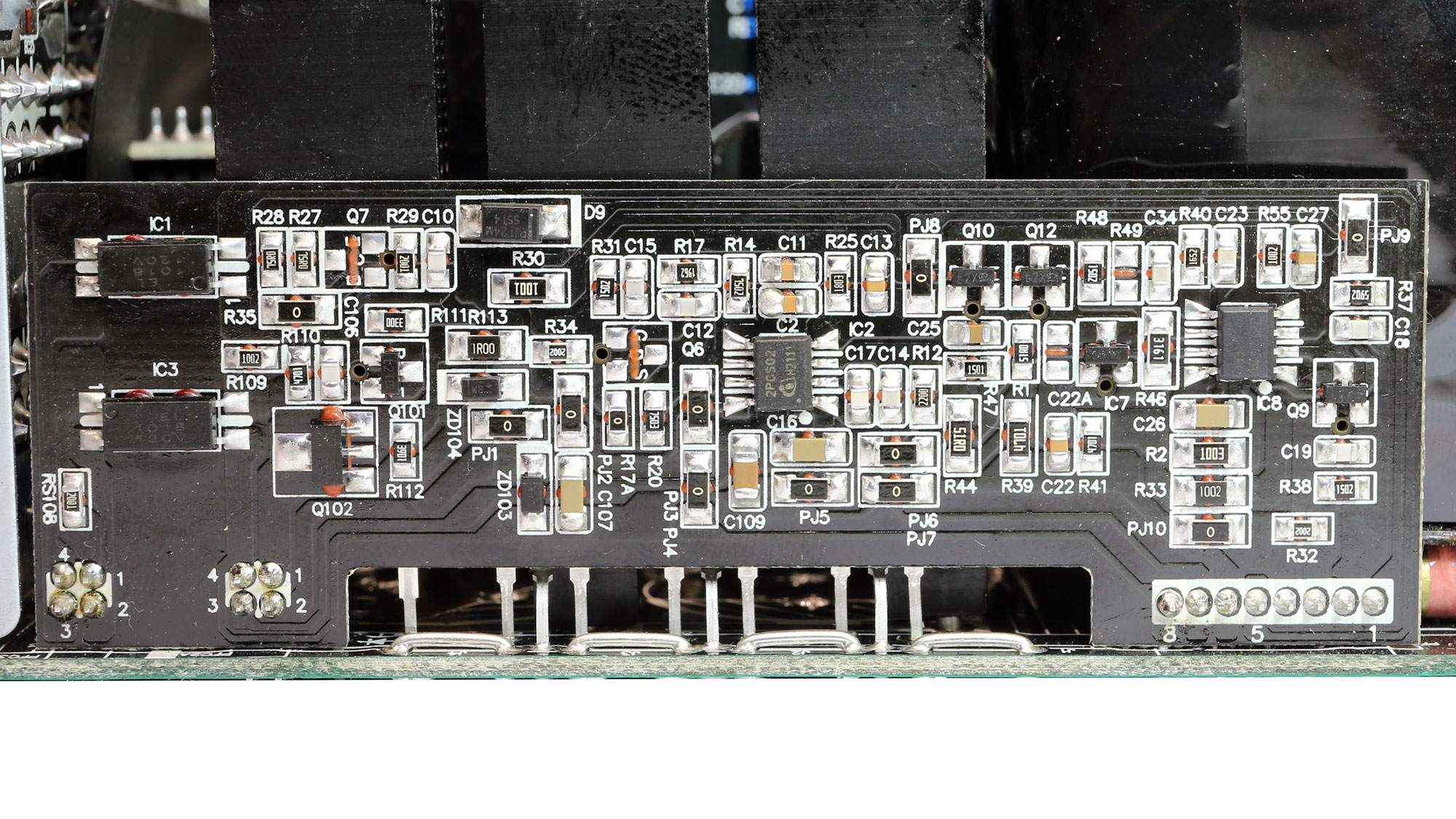
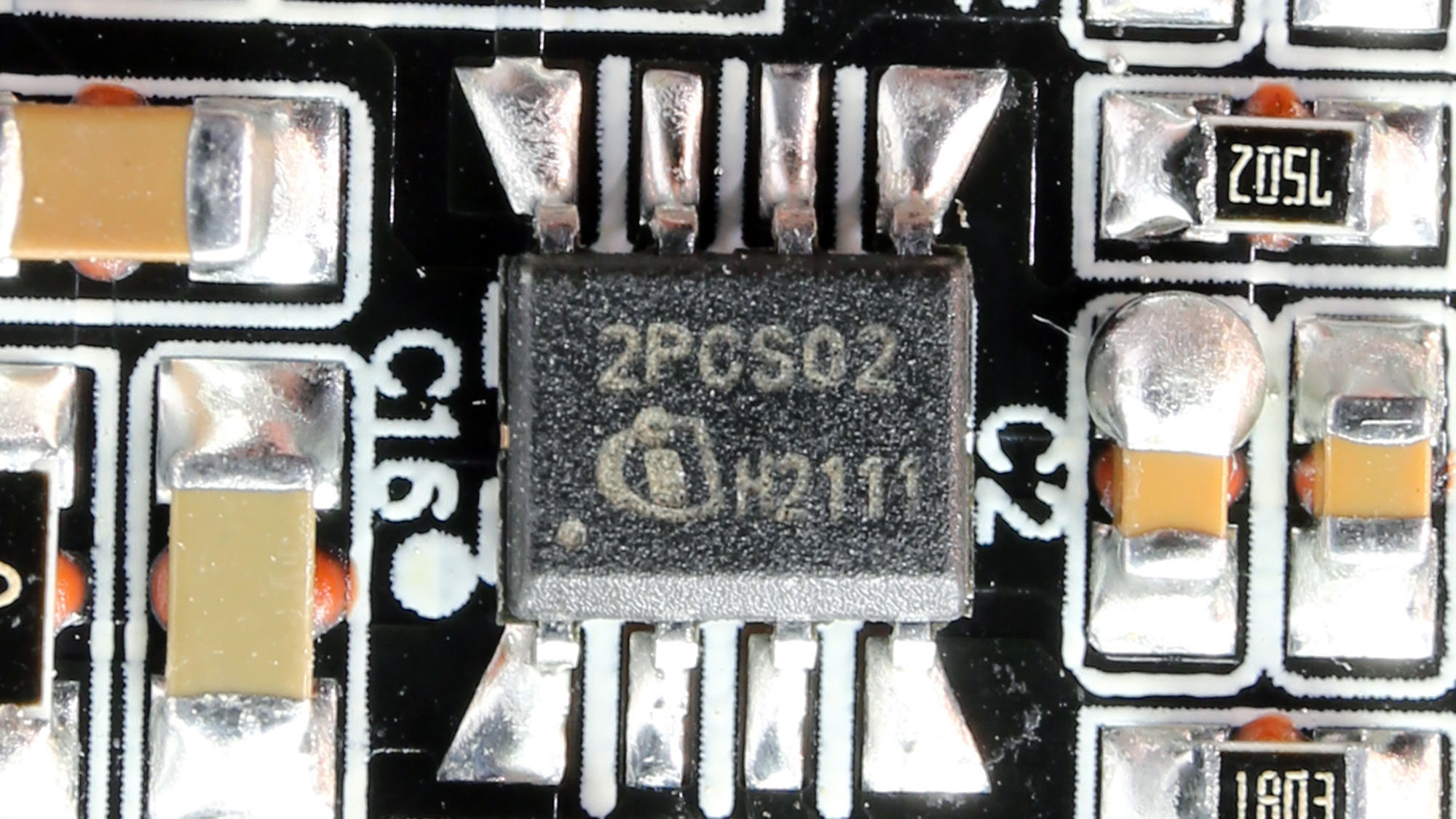

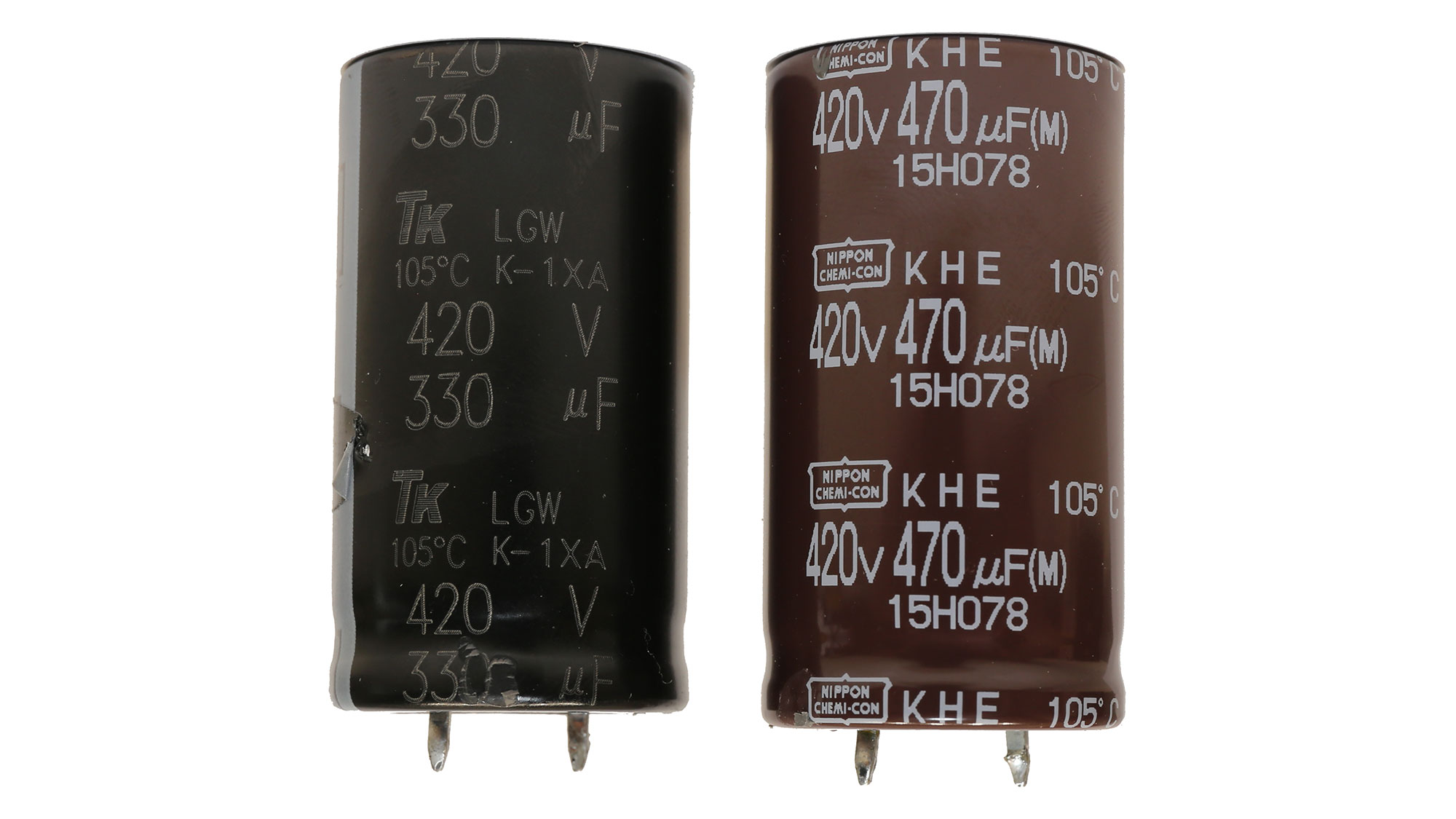
The APFC converter uses three FETs and a single boost diode. The PFC controller is installed on a vertical board, an Infineon ICE2PCS02. The same board also hosts an operational amplifier (op-amp). The bulk caps are a weird mix of Chemi-Con and TK. Usually, identical bulk caps are used, but in this case, we find two different. A good reason for this can be the shortage of caps.
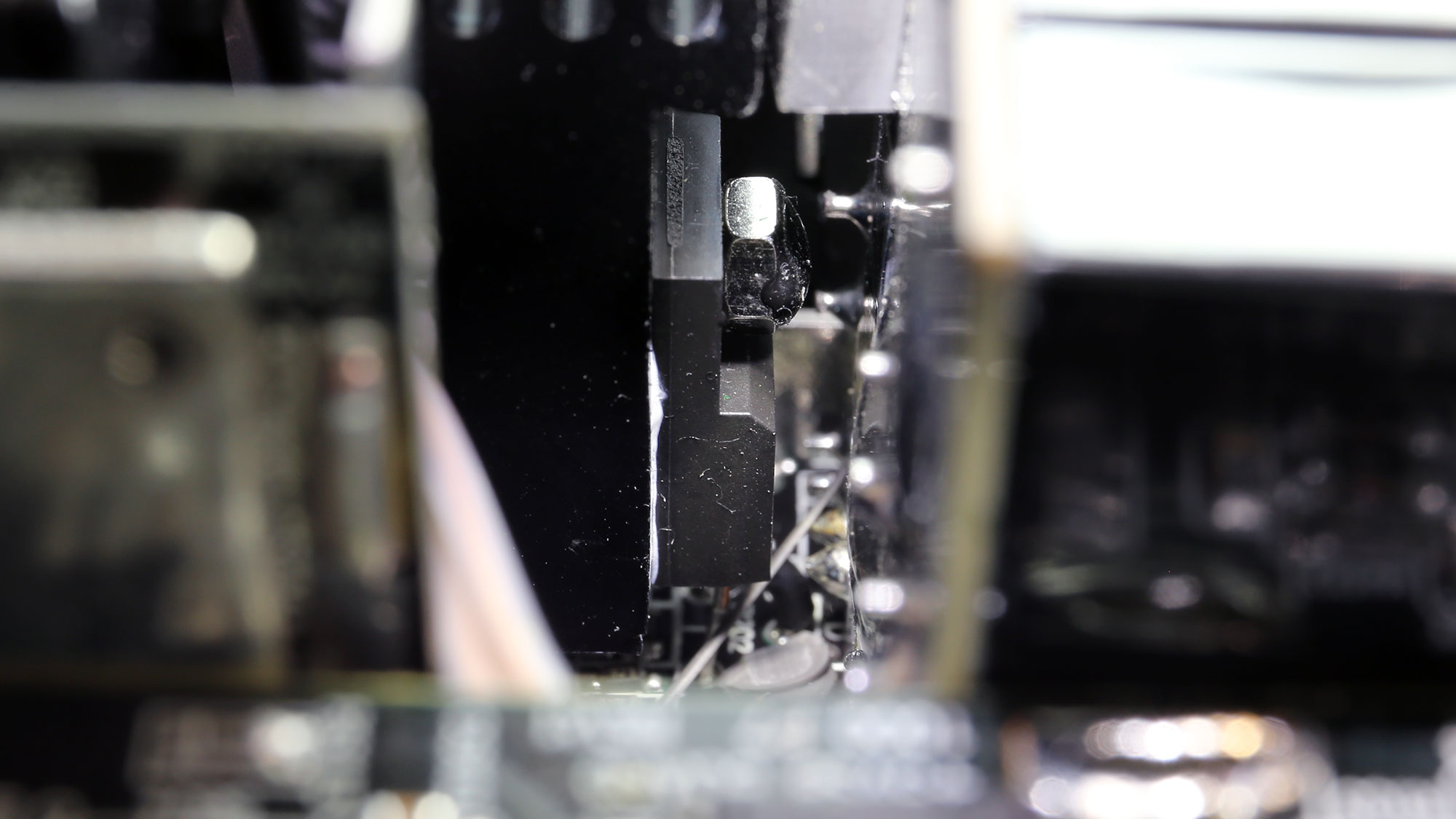
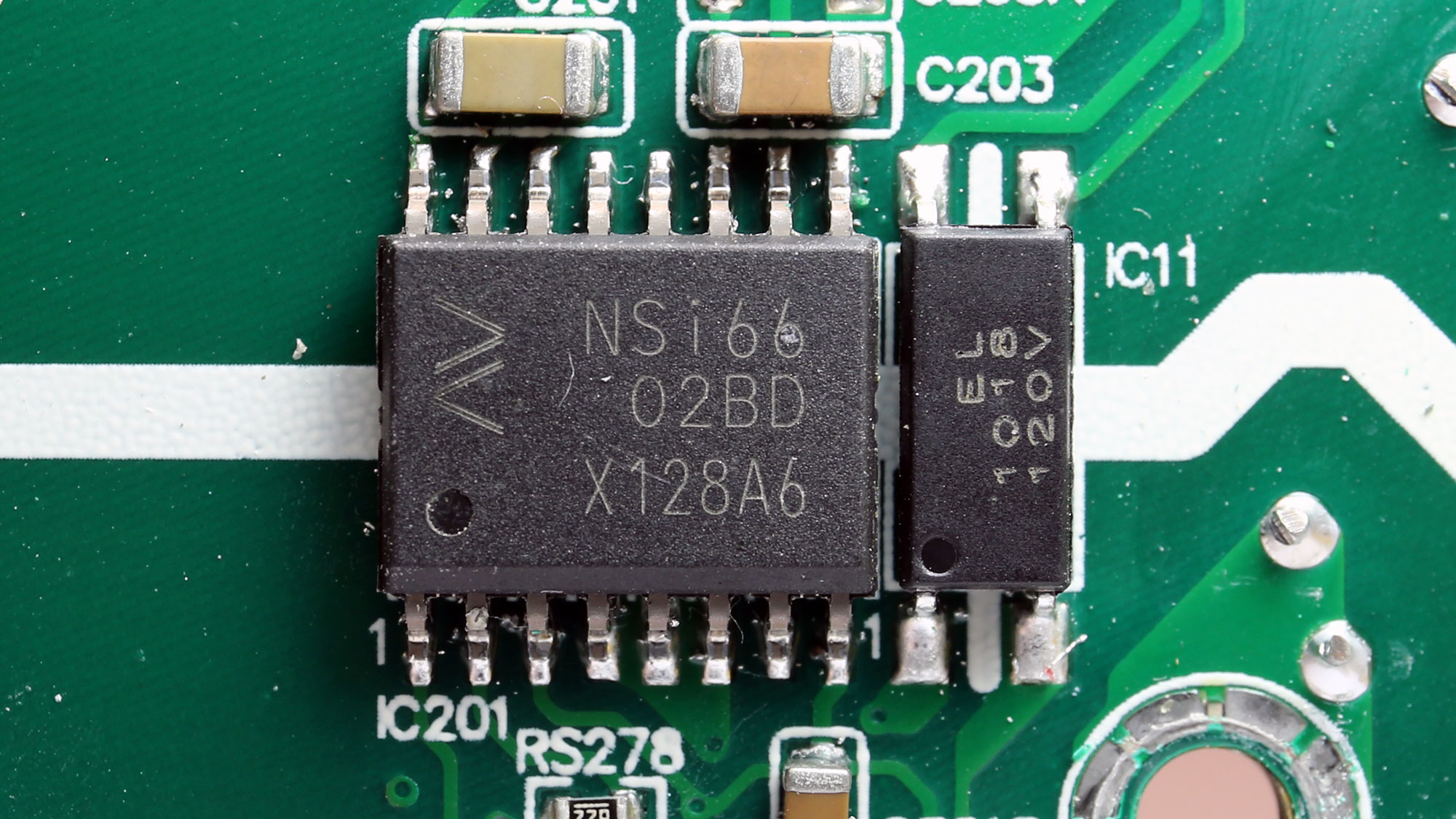
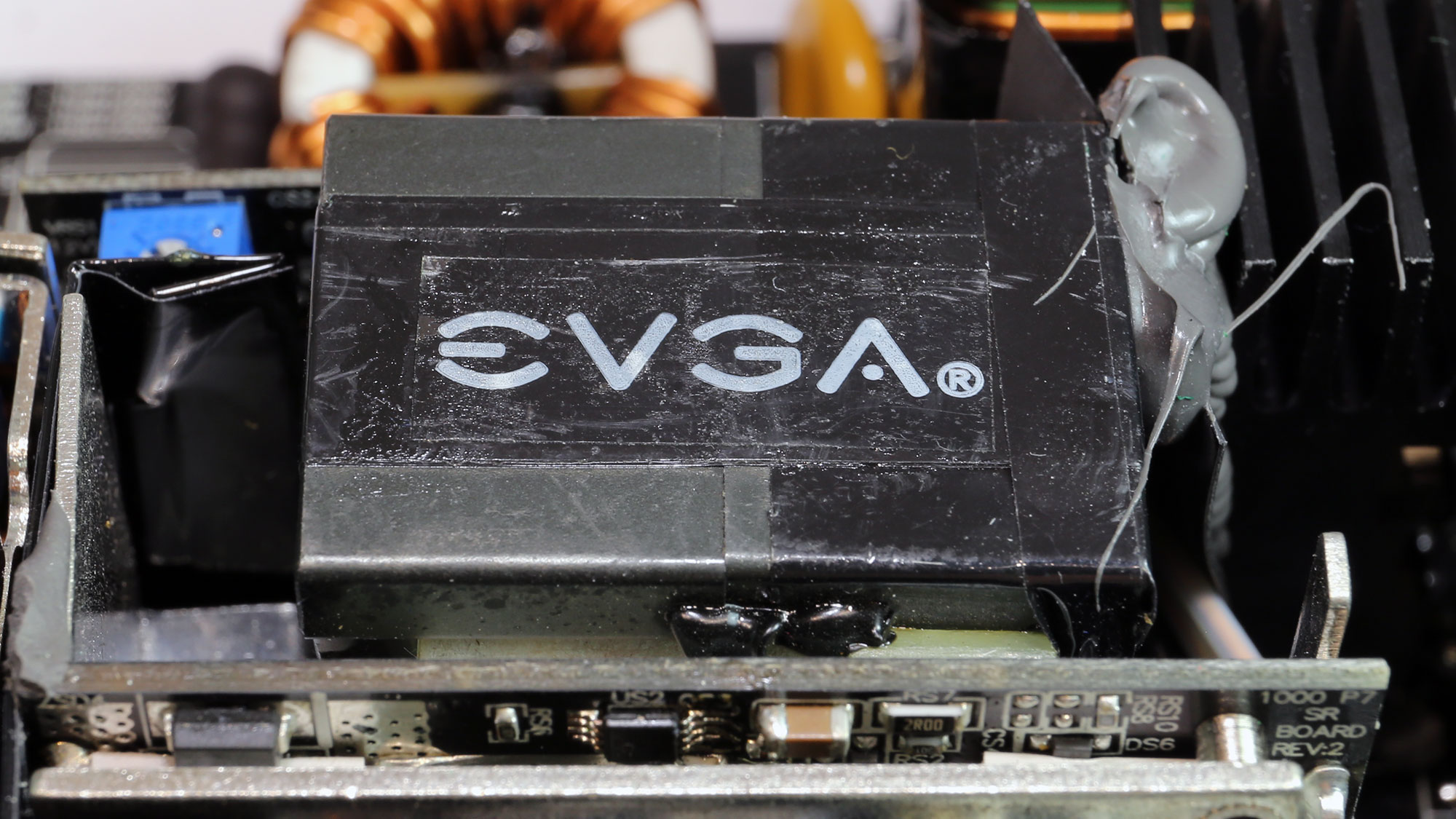
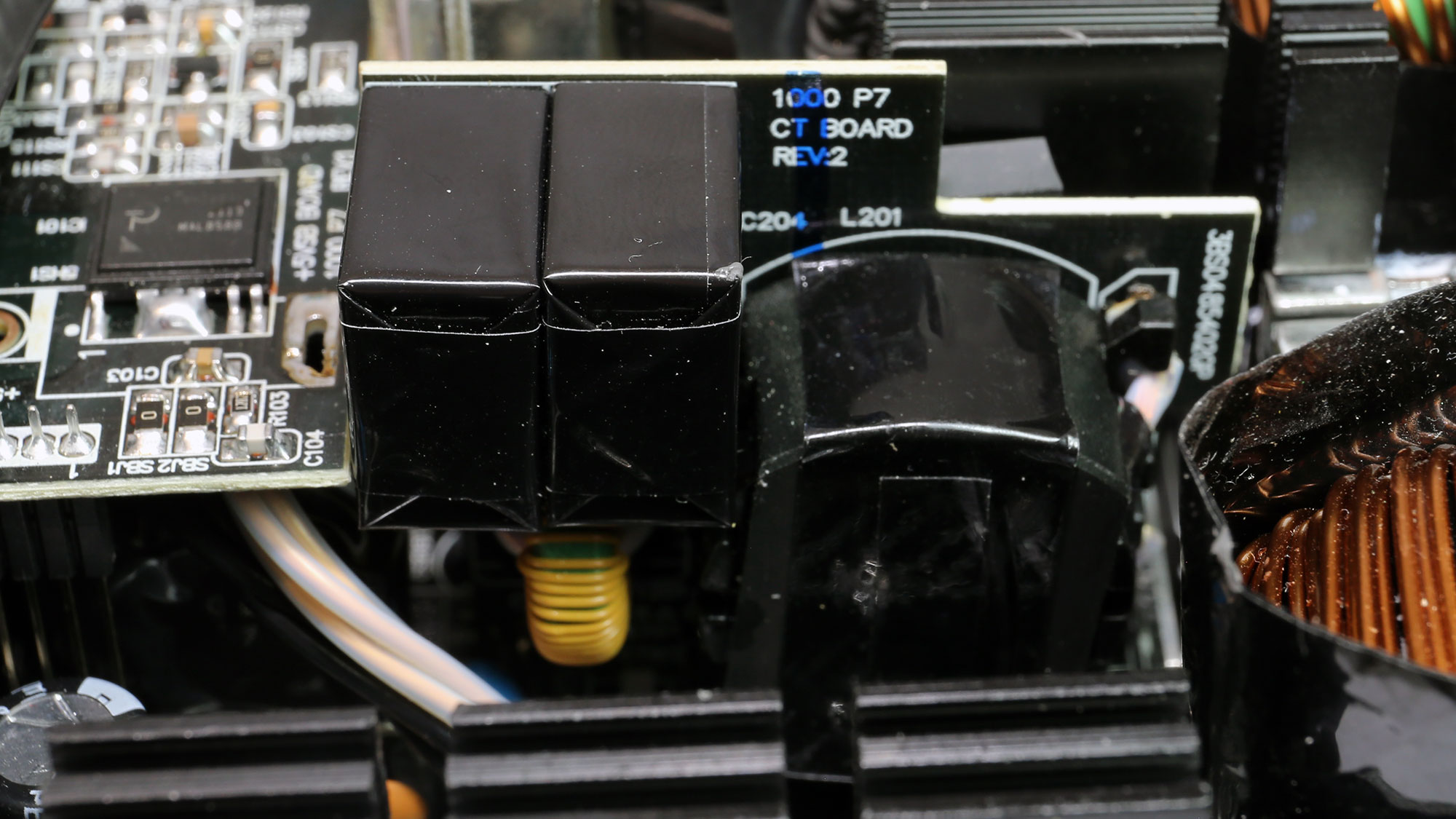
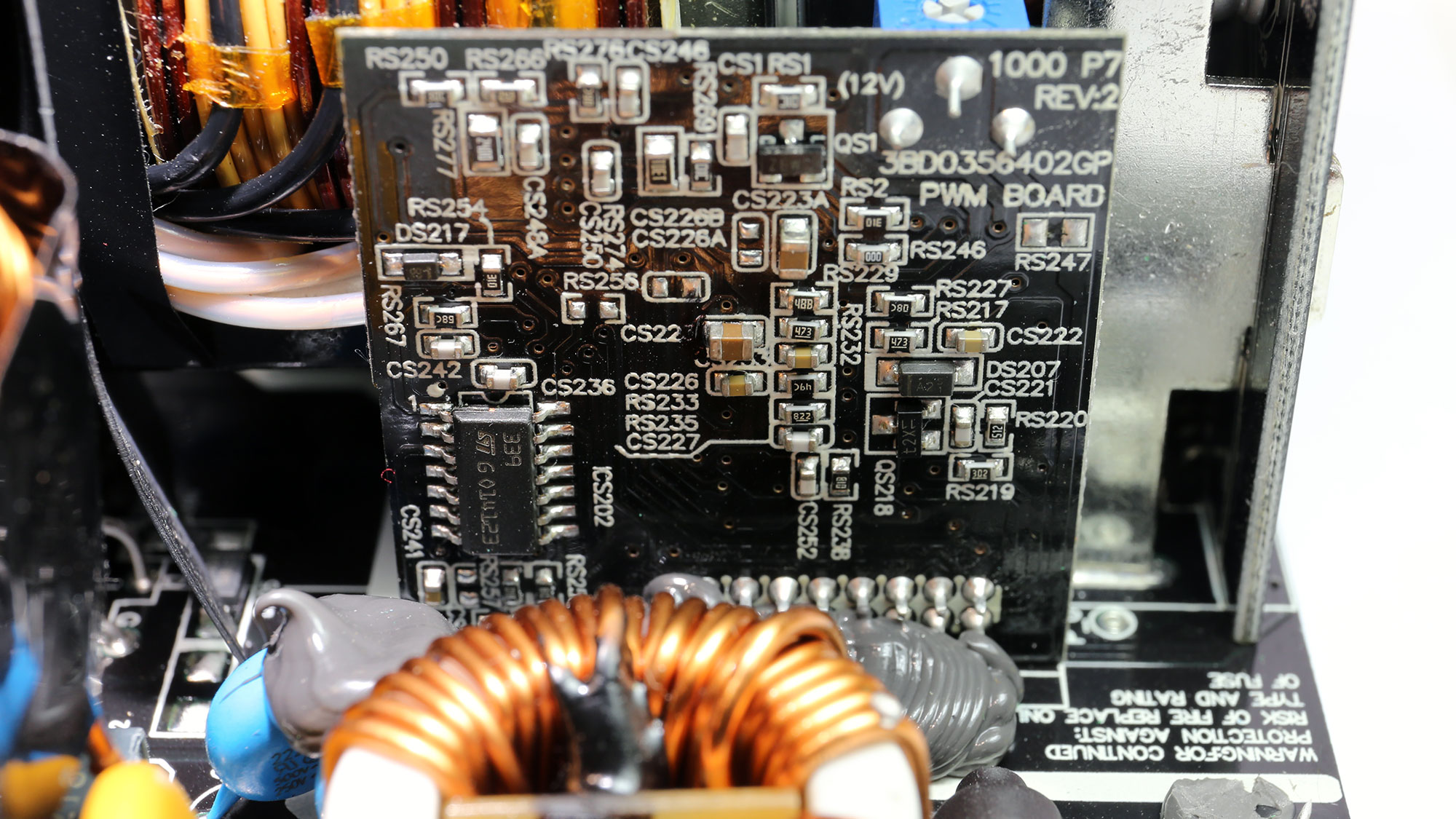
Two Infineon IPP60R120P7 are the main FETs, configured in a half-bridge topology. Their driver IC is a Novosense NSi6602, and the LLC resonant converter is a Champion CM6901T2X IC. Precisely the same parts are used in the 1000 G7 unit.

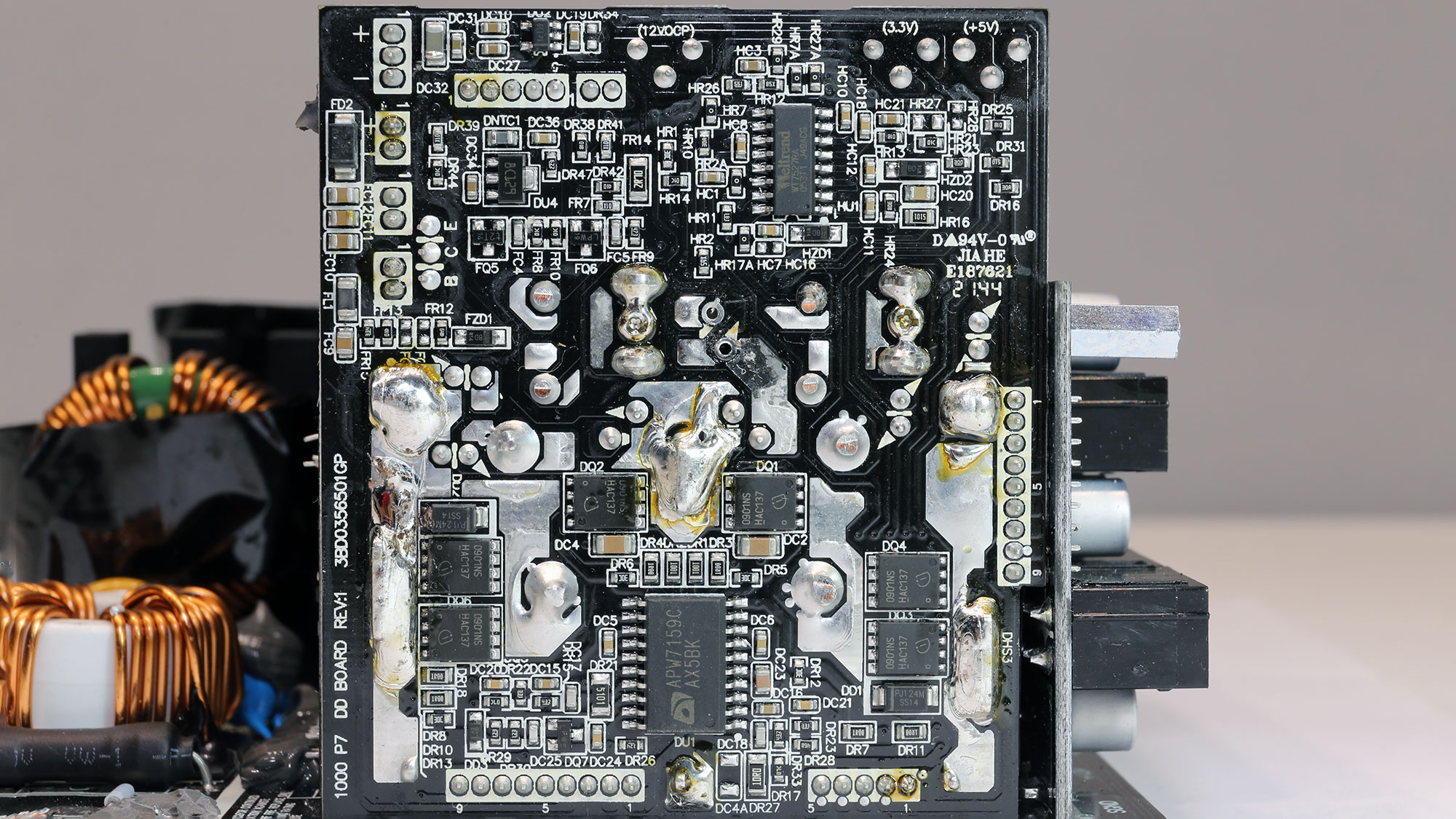
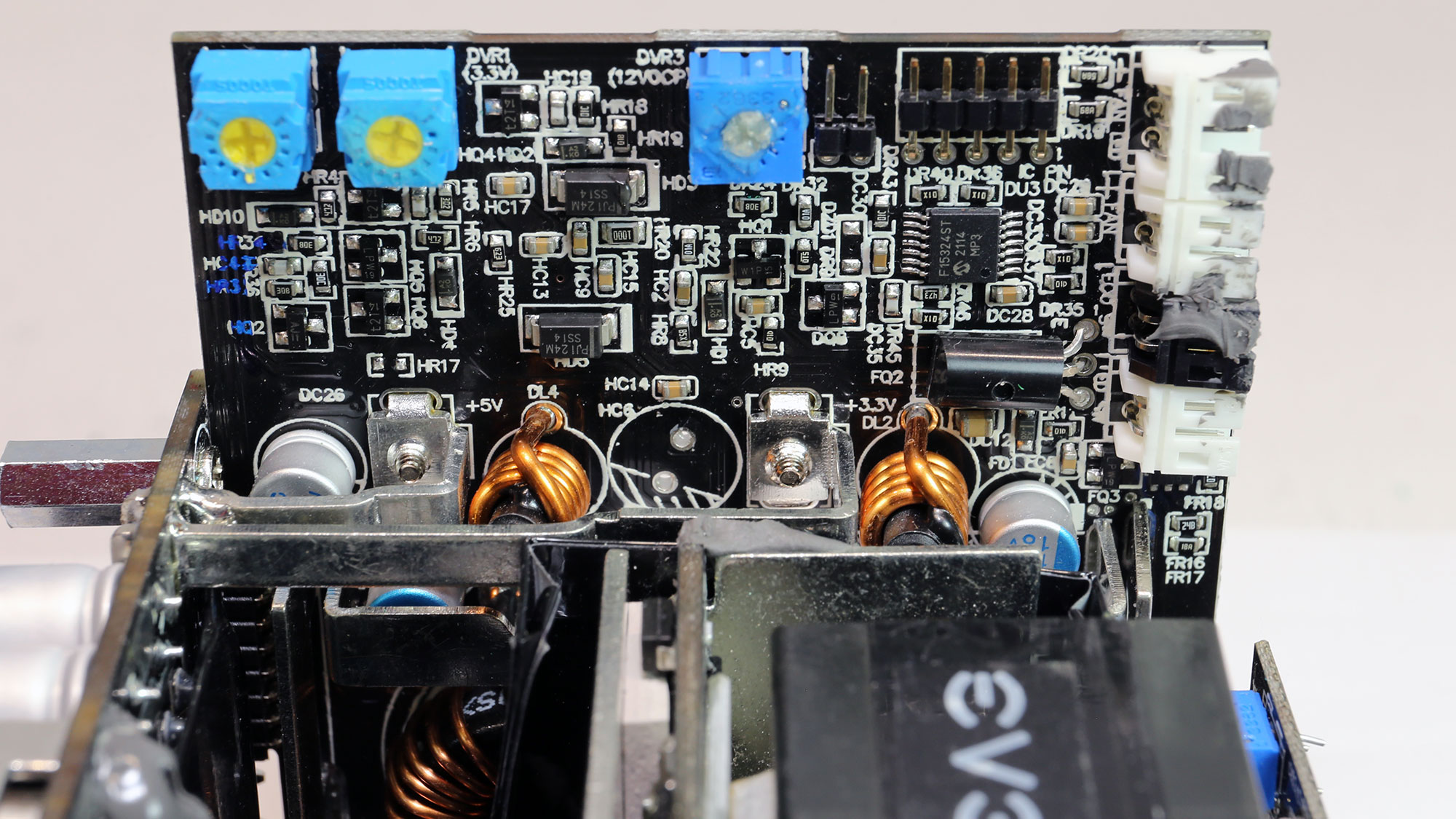
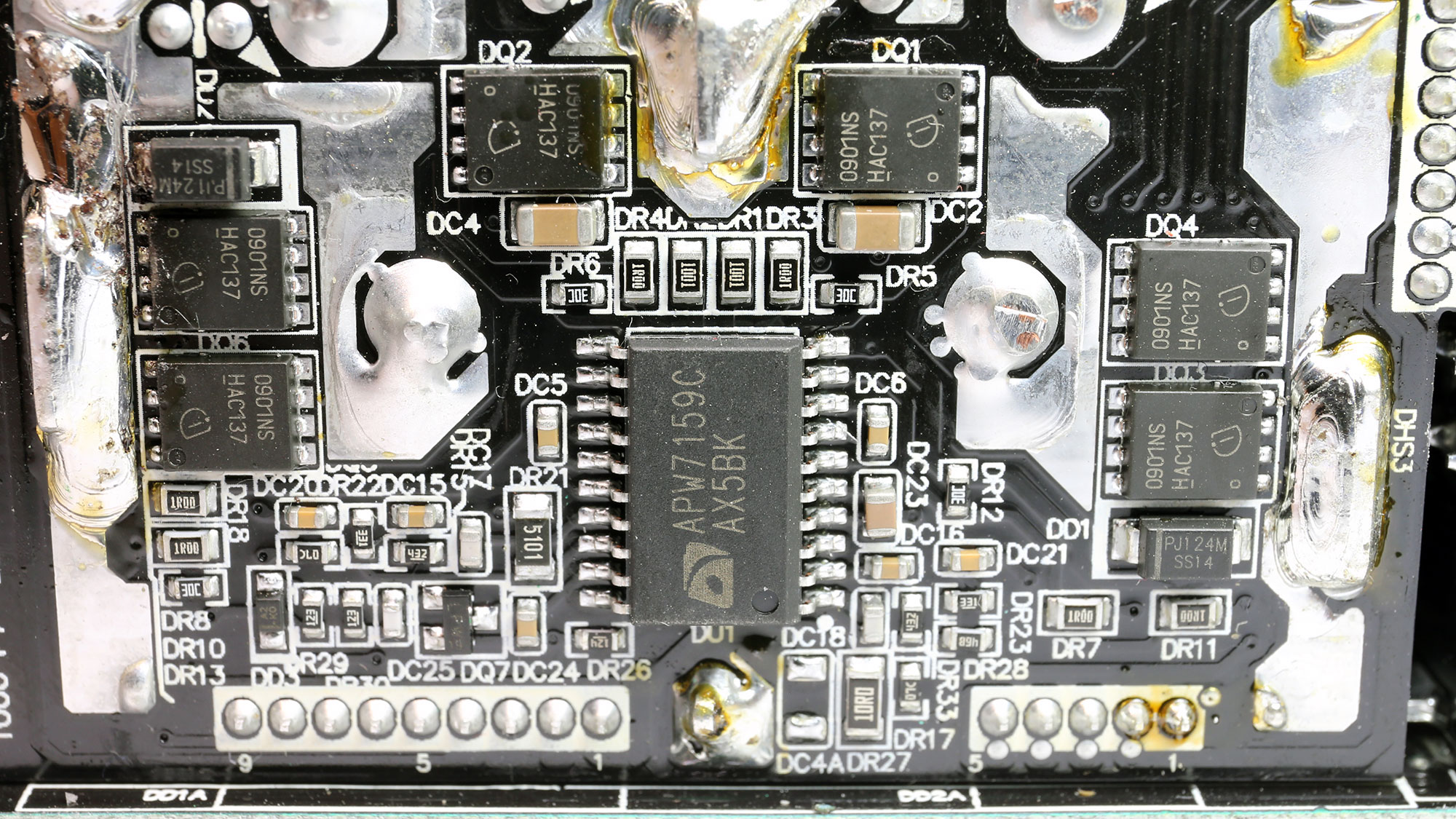
The FETs that regulate the 12V rail are installed on a board next to the main transformer to minimize energy losses. The DC-DC converters are installed on another vertical board.
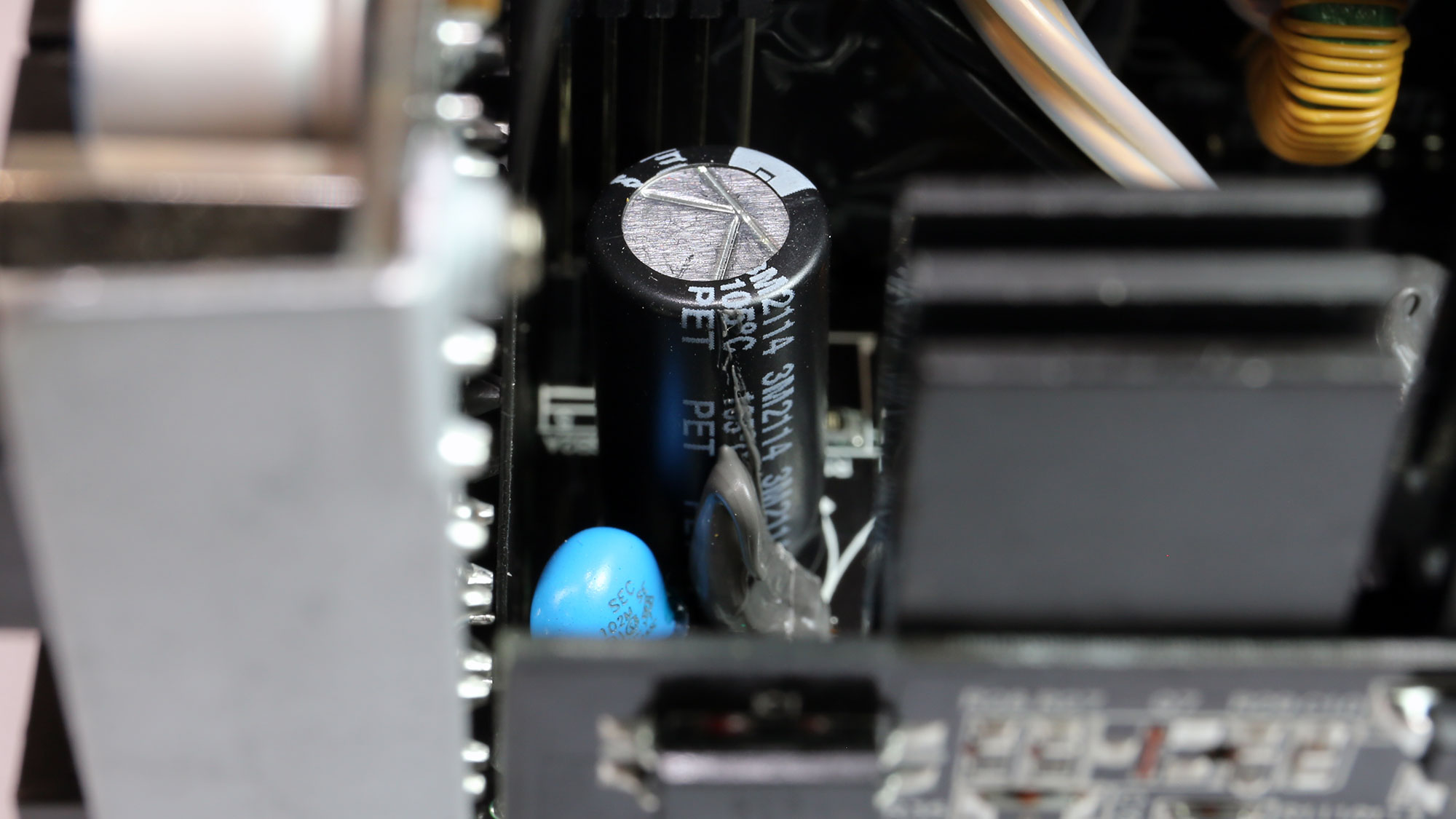
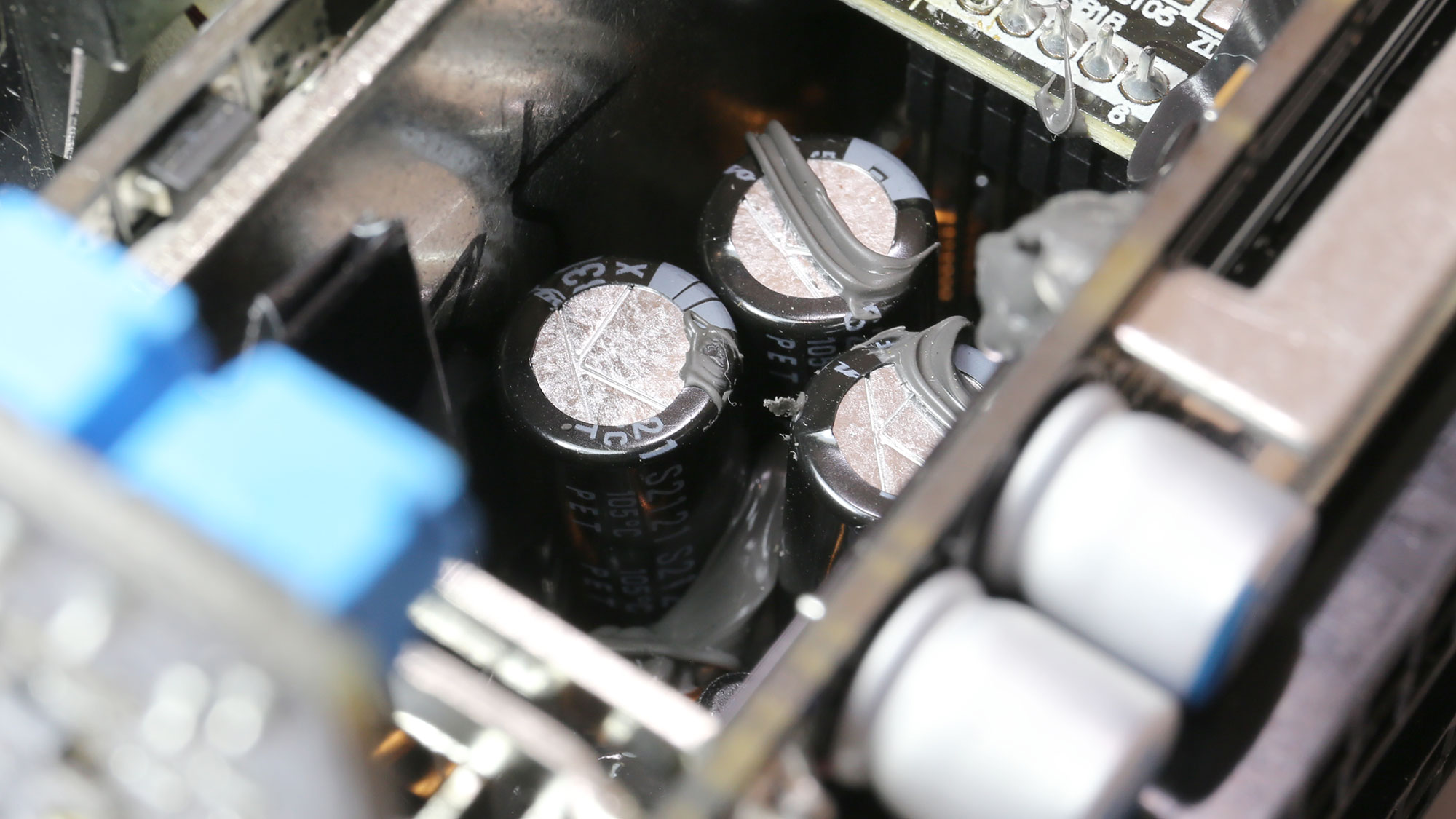
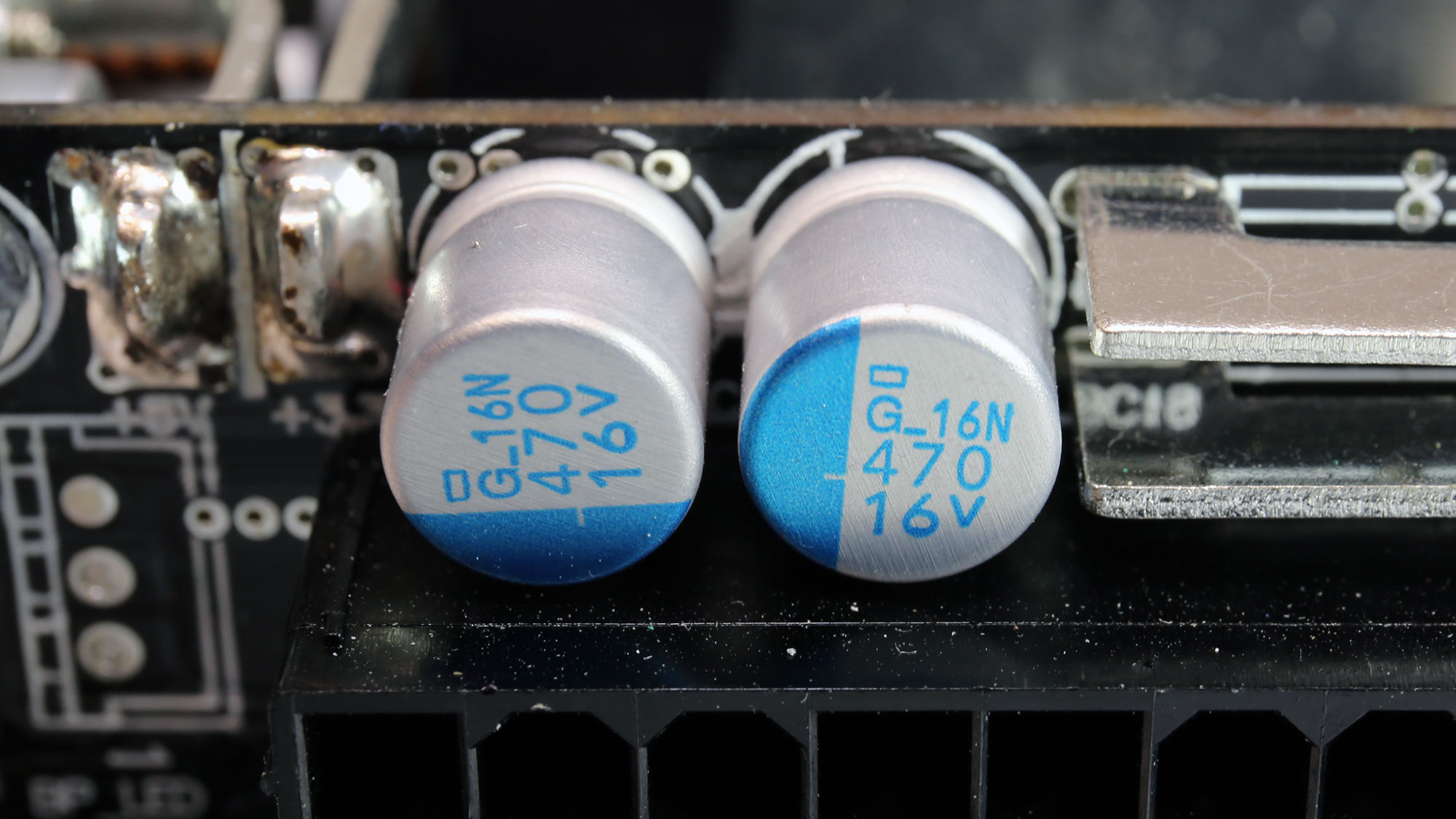
The mix of Rubycon electrolytic and Chemi-Con and NIC polymer caps, is the best we could ask for this PSU.
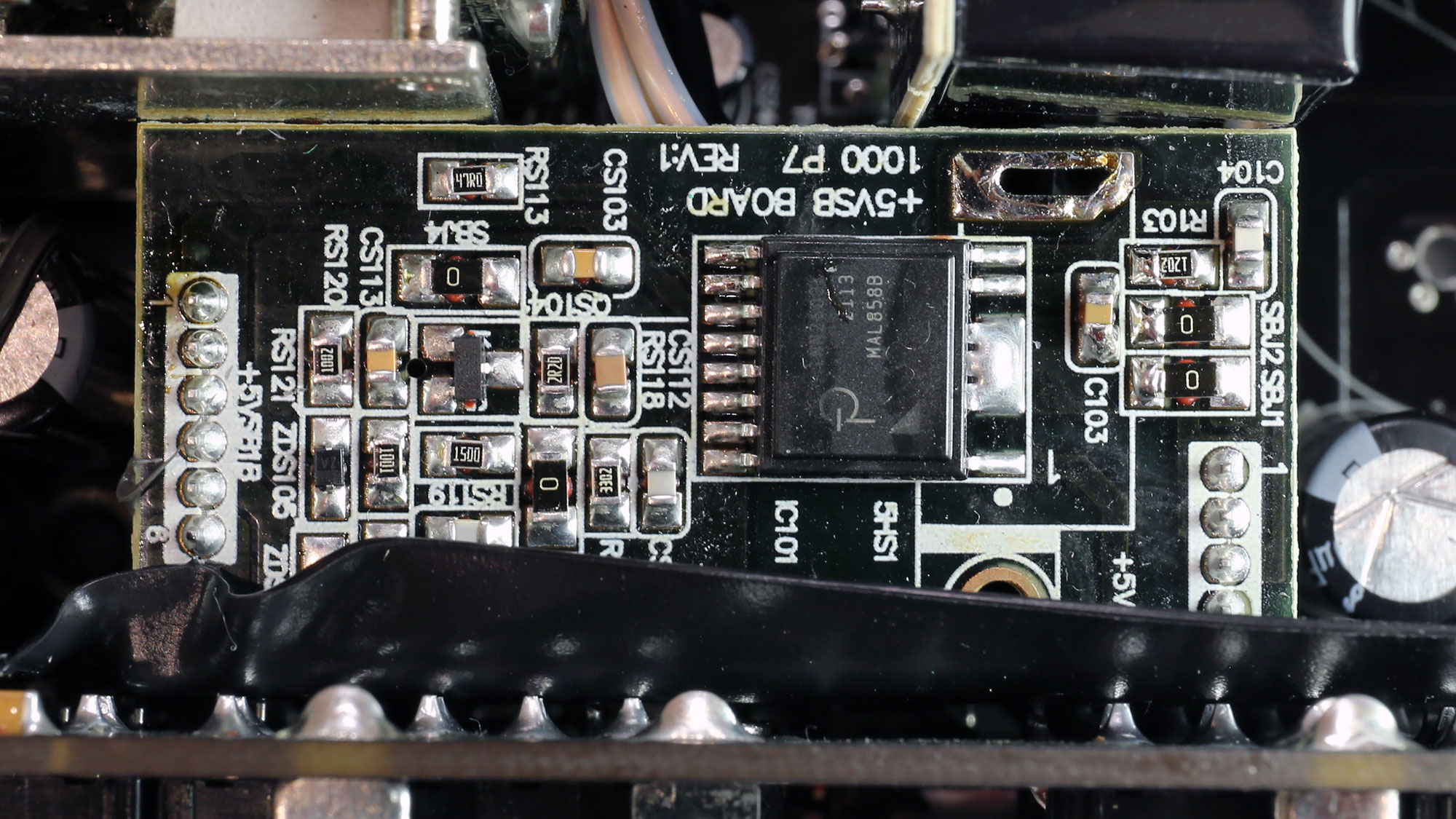
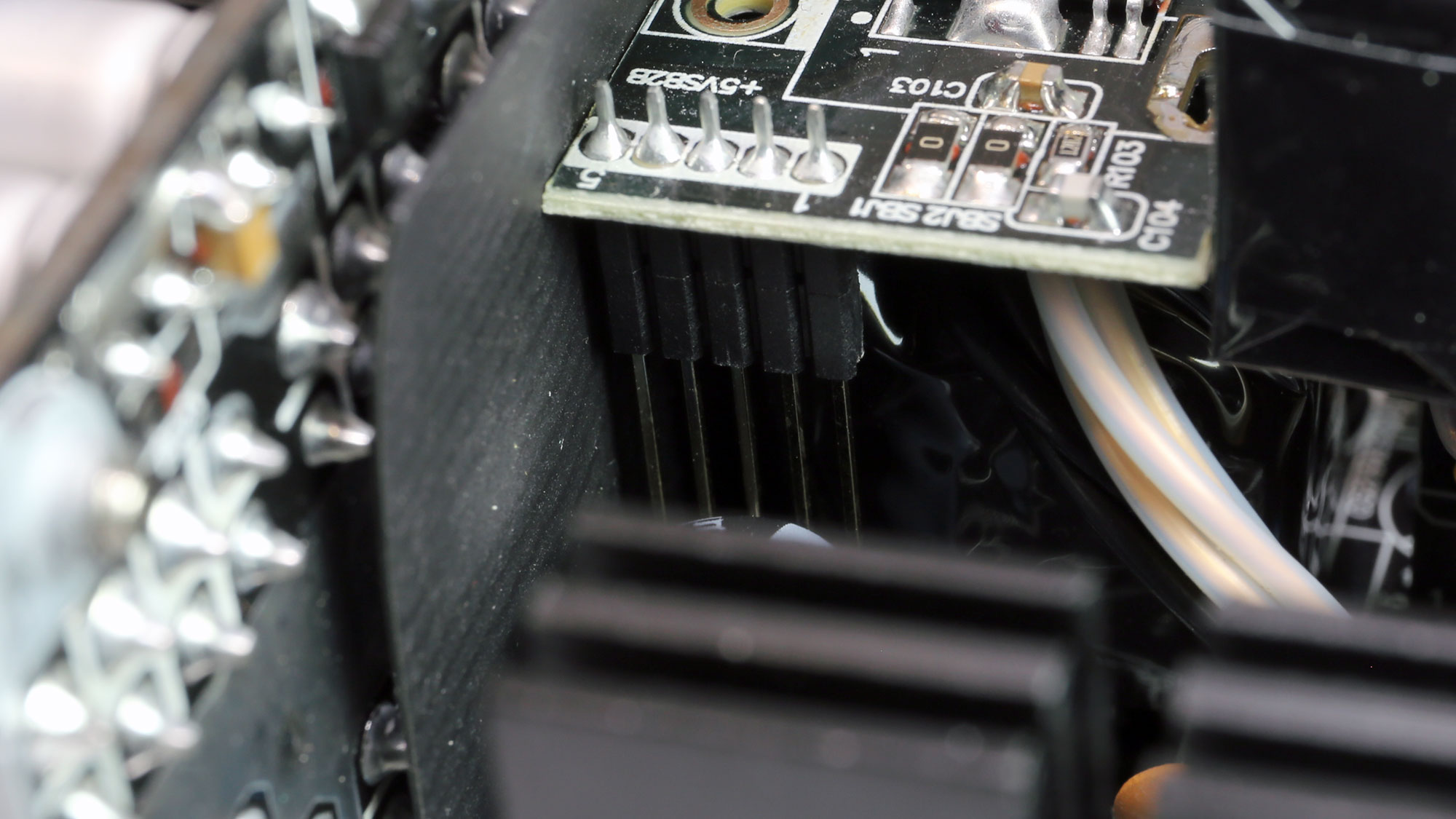
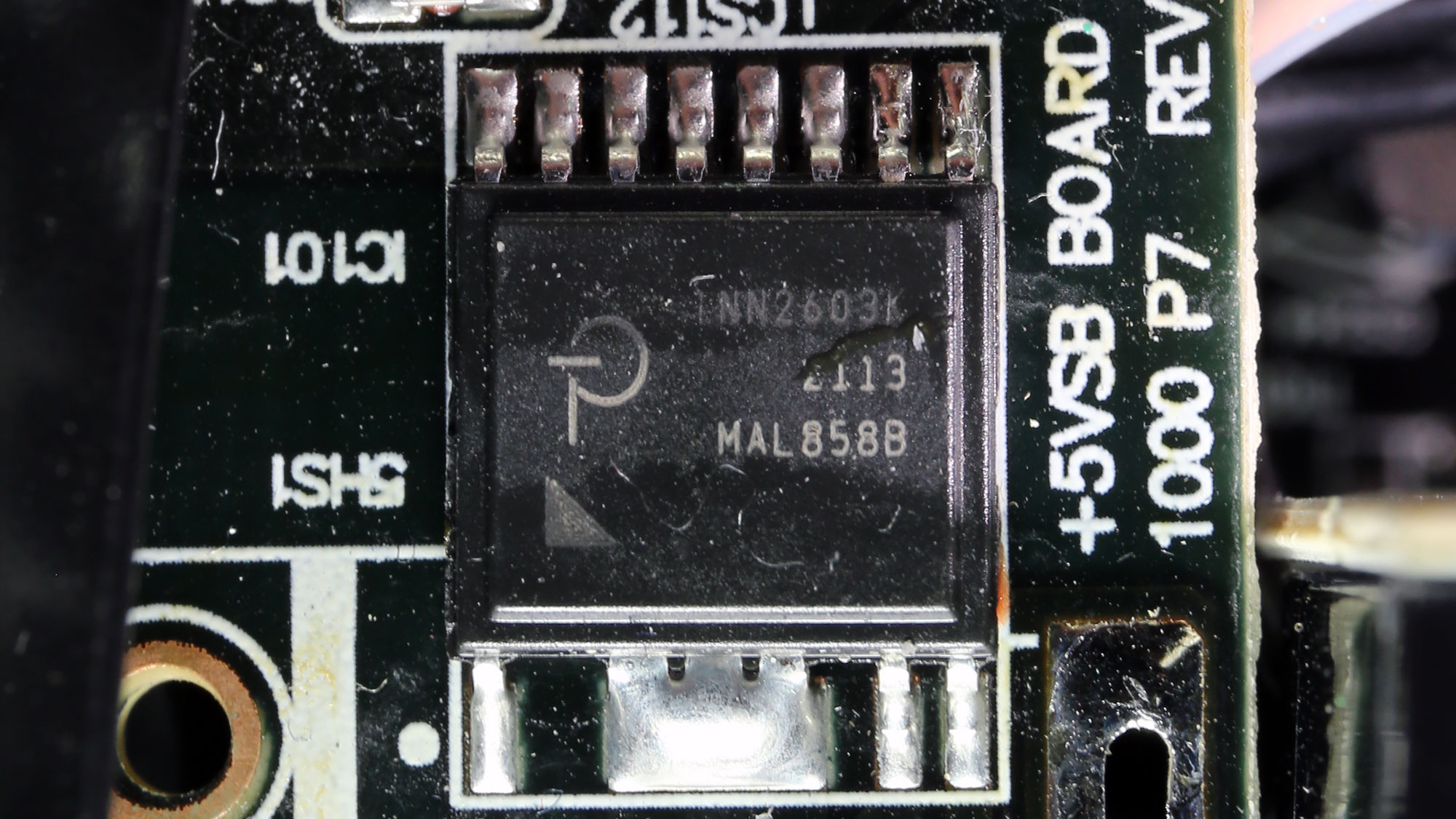
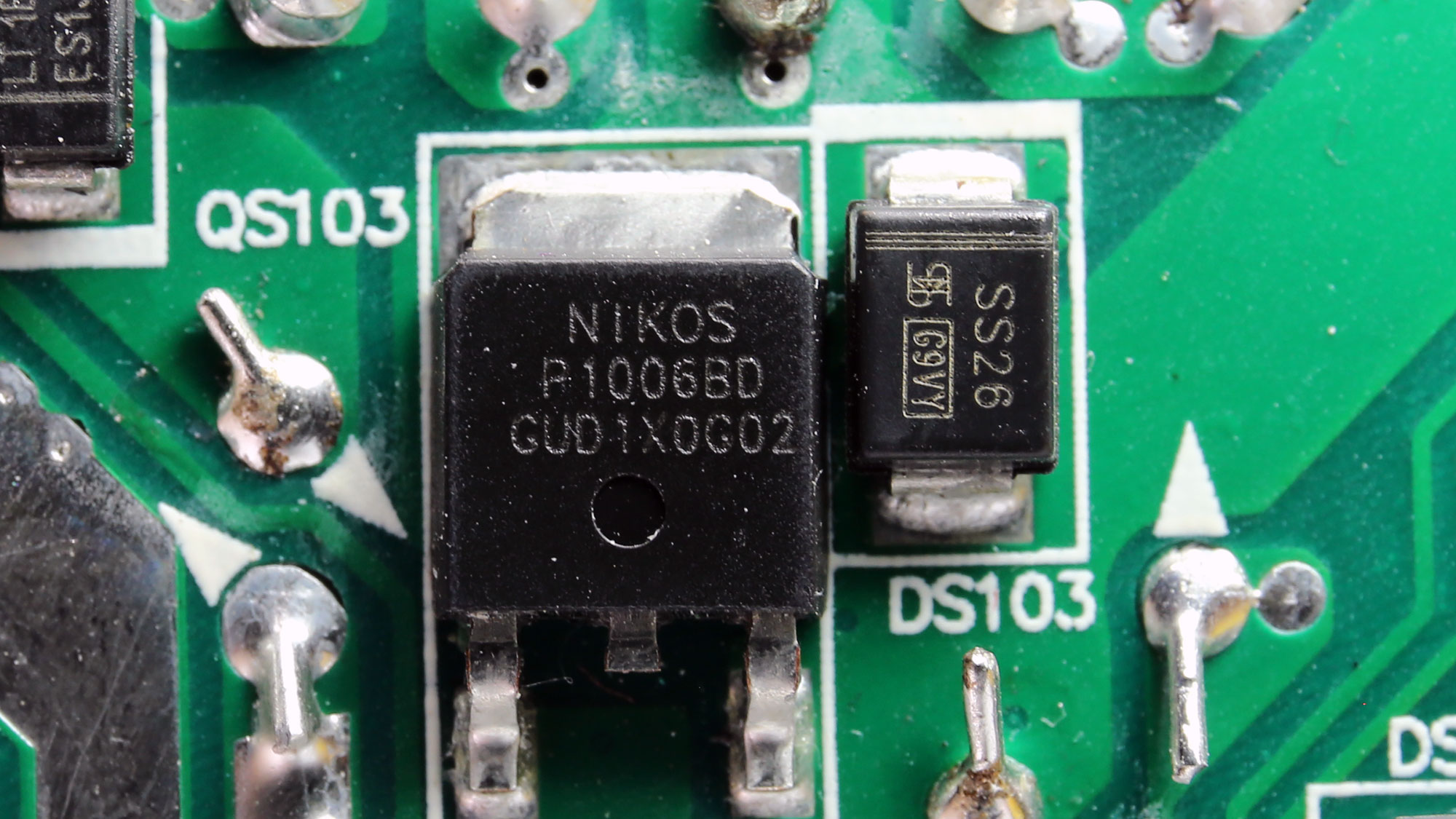
The standby PWM controller is by Power Integrations, and a NIKO-SEM P1006BD FET is the rectifier on the secondary side of the 5VSB circuit. The same 5VSB circuit is used on the 1000 G7 model.
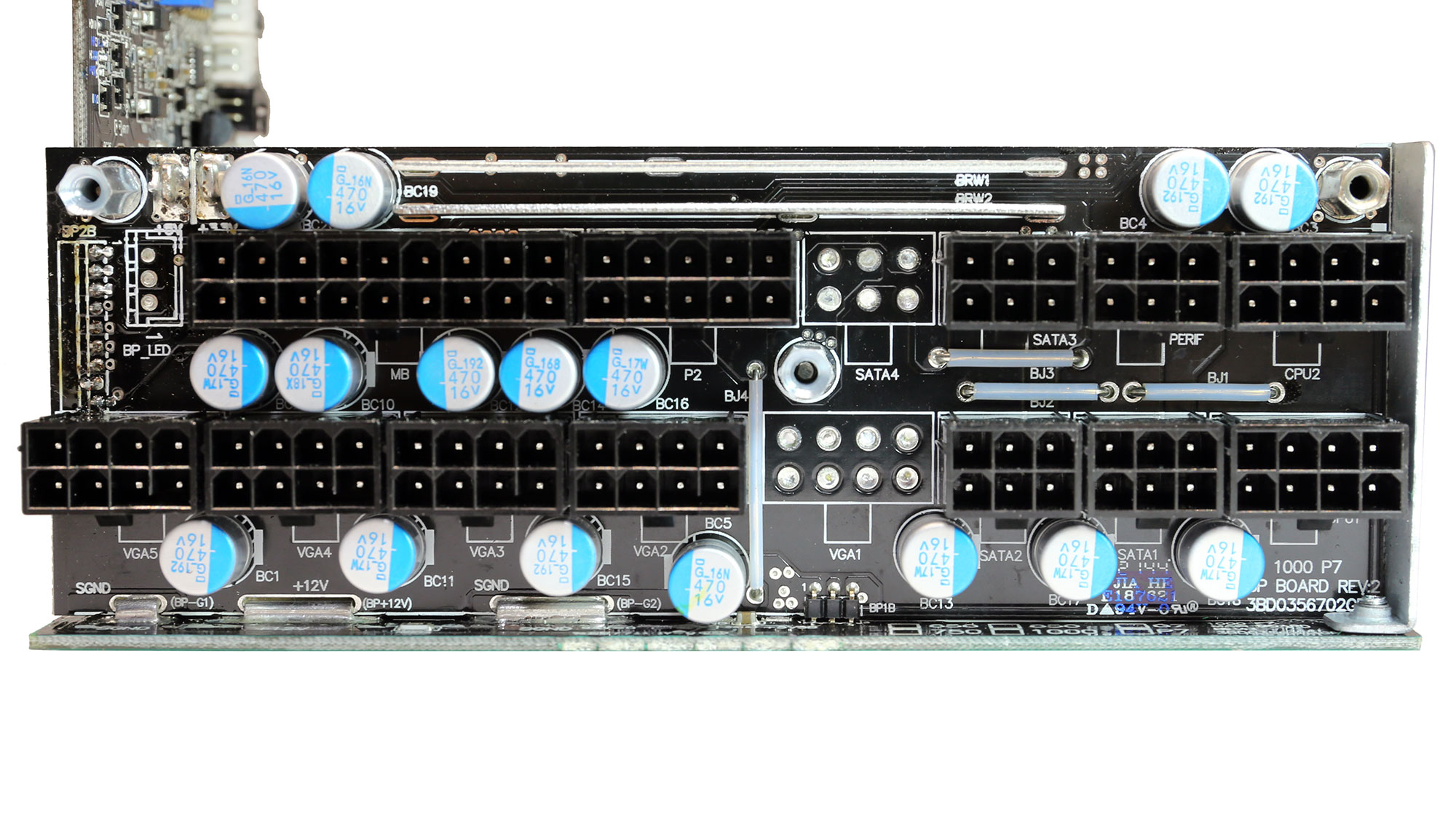
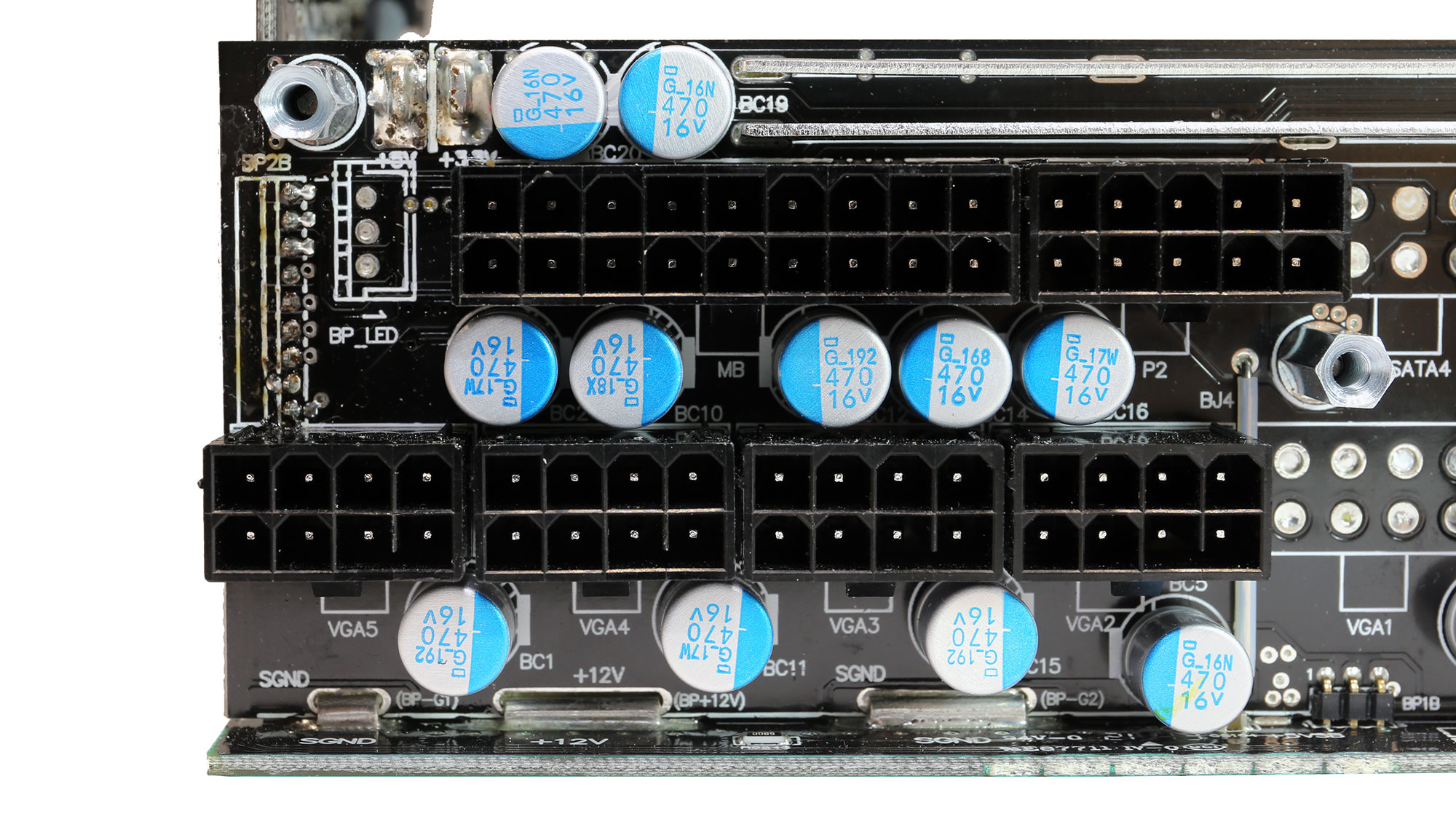
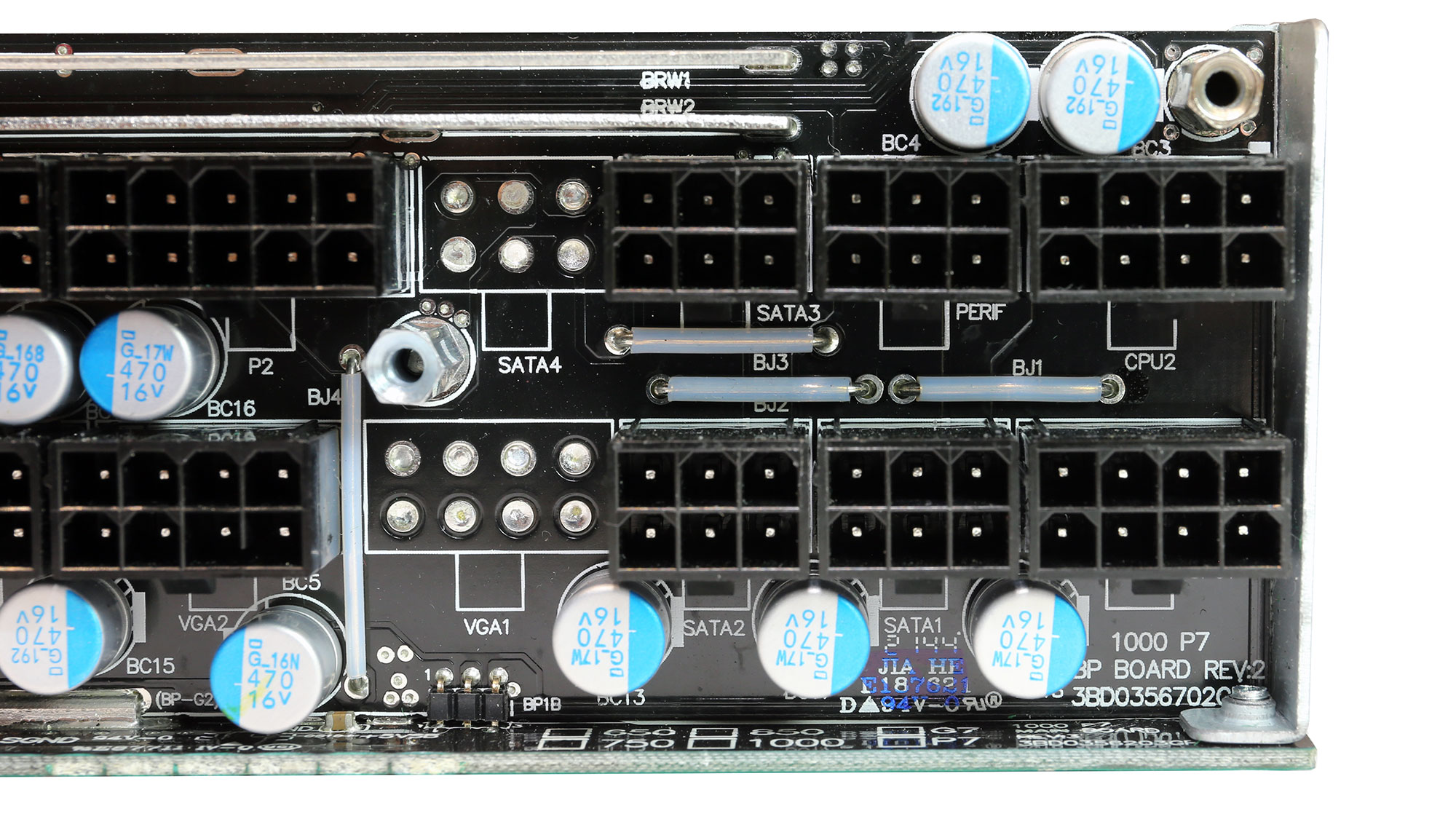
Many Chemi-Con polymer caps are installed on the modular PCB for ripple filtering purposes.
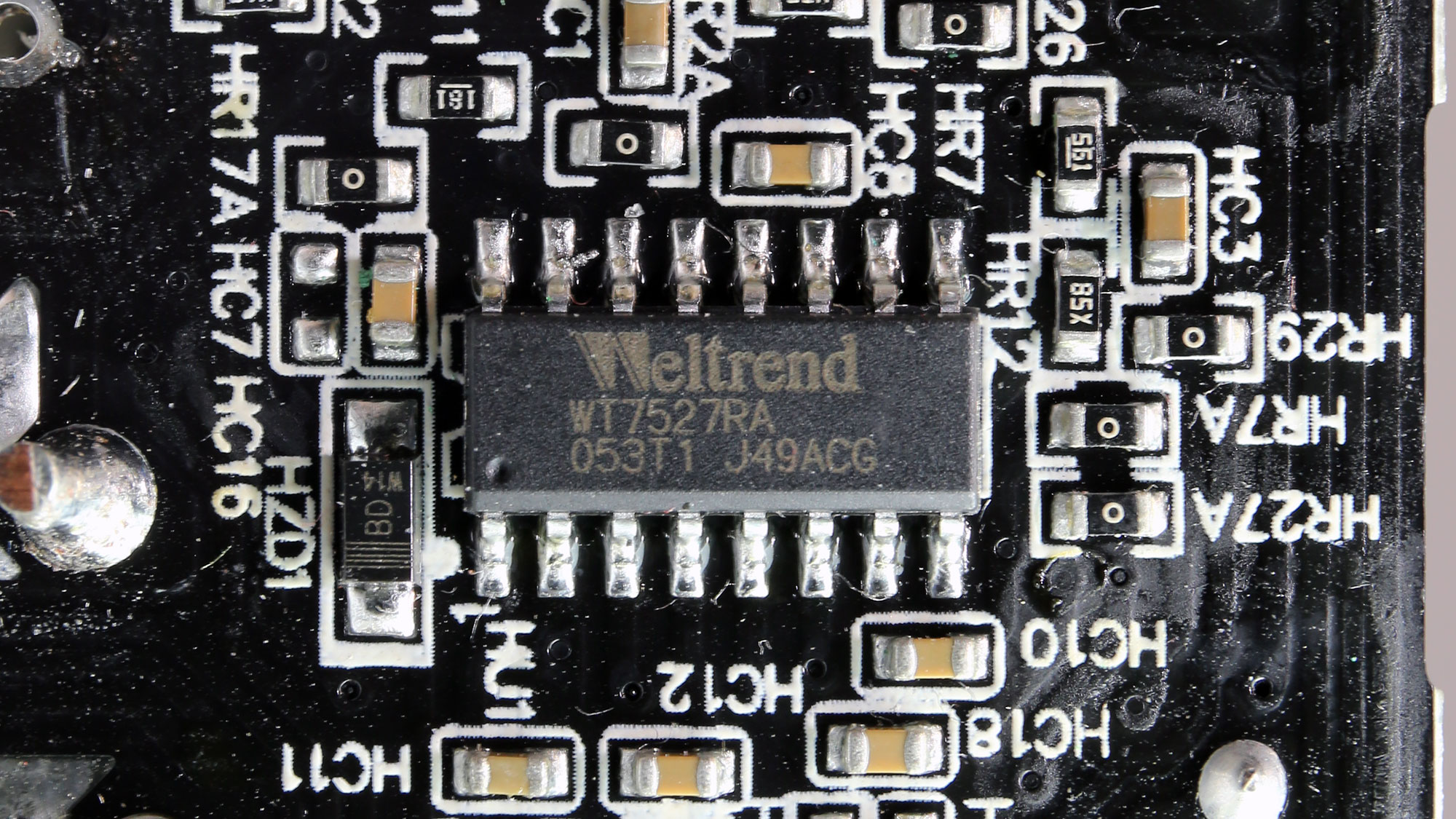
The main supervisor IC is a Weltrend WT7527RA.
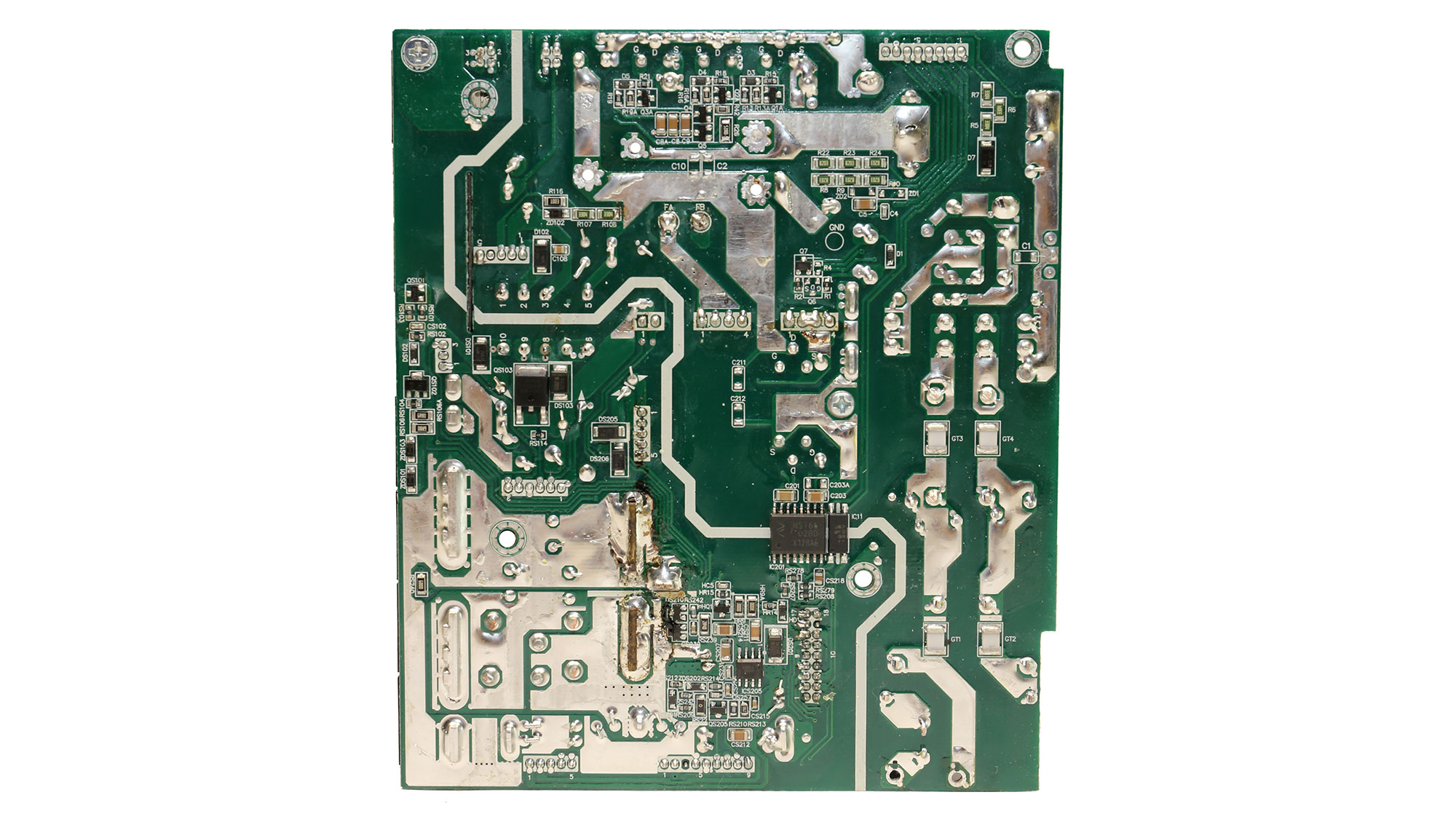
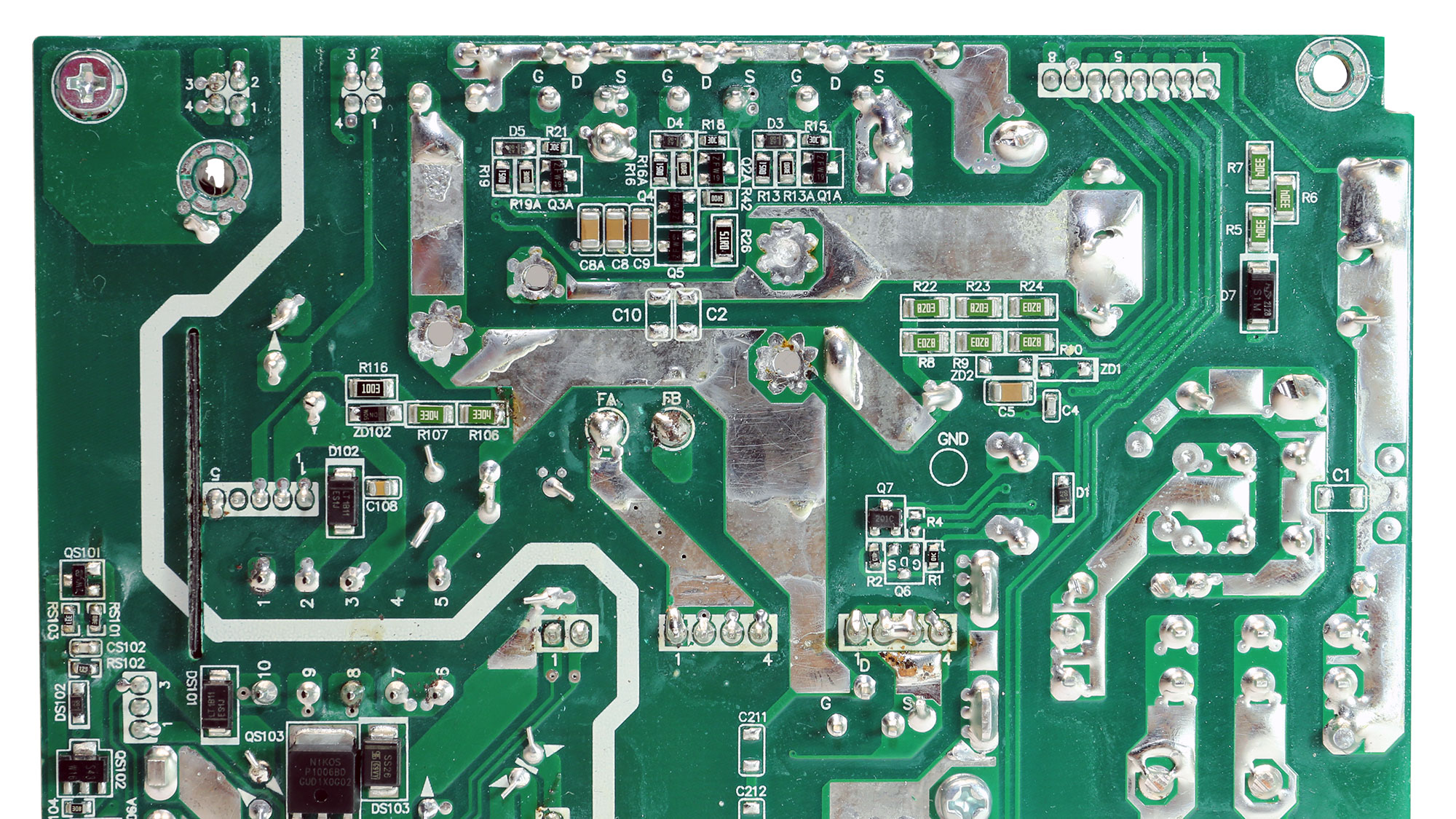
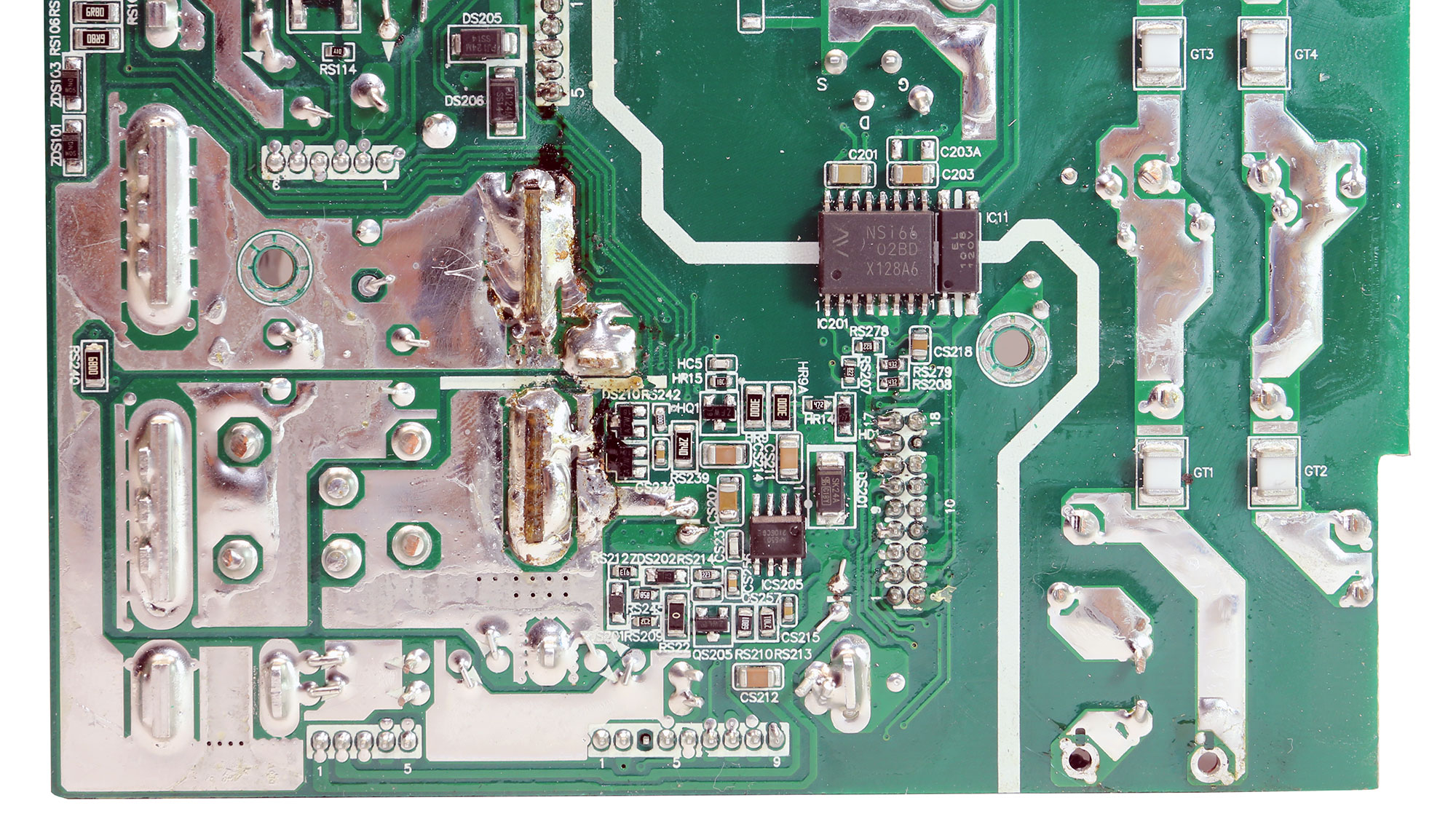
Soldering quality is decent overall, but we noticed some bad spots, which don't affect the unit's performance, though.
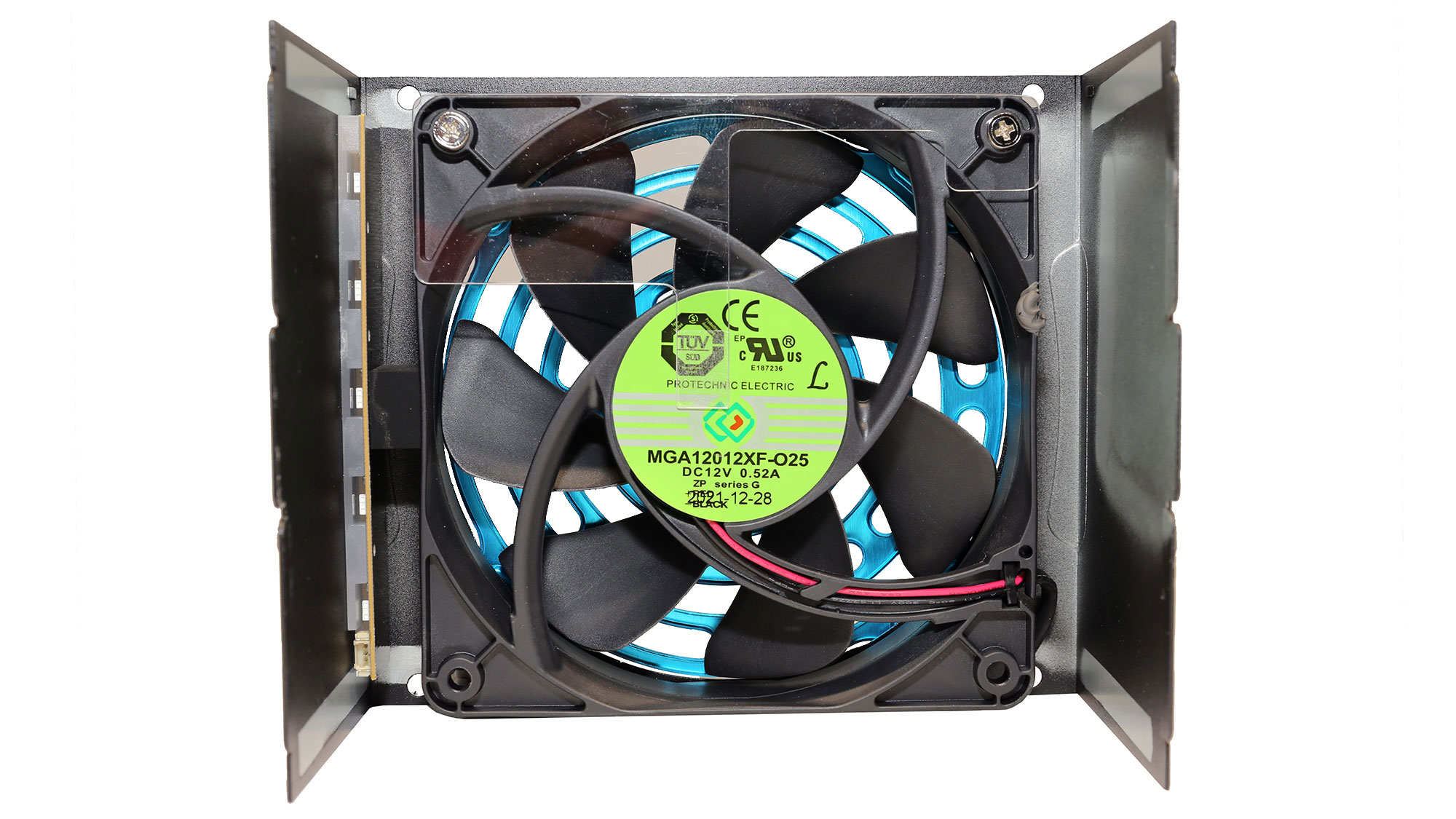
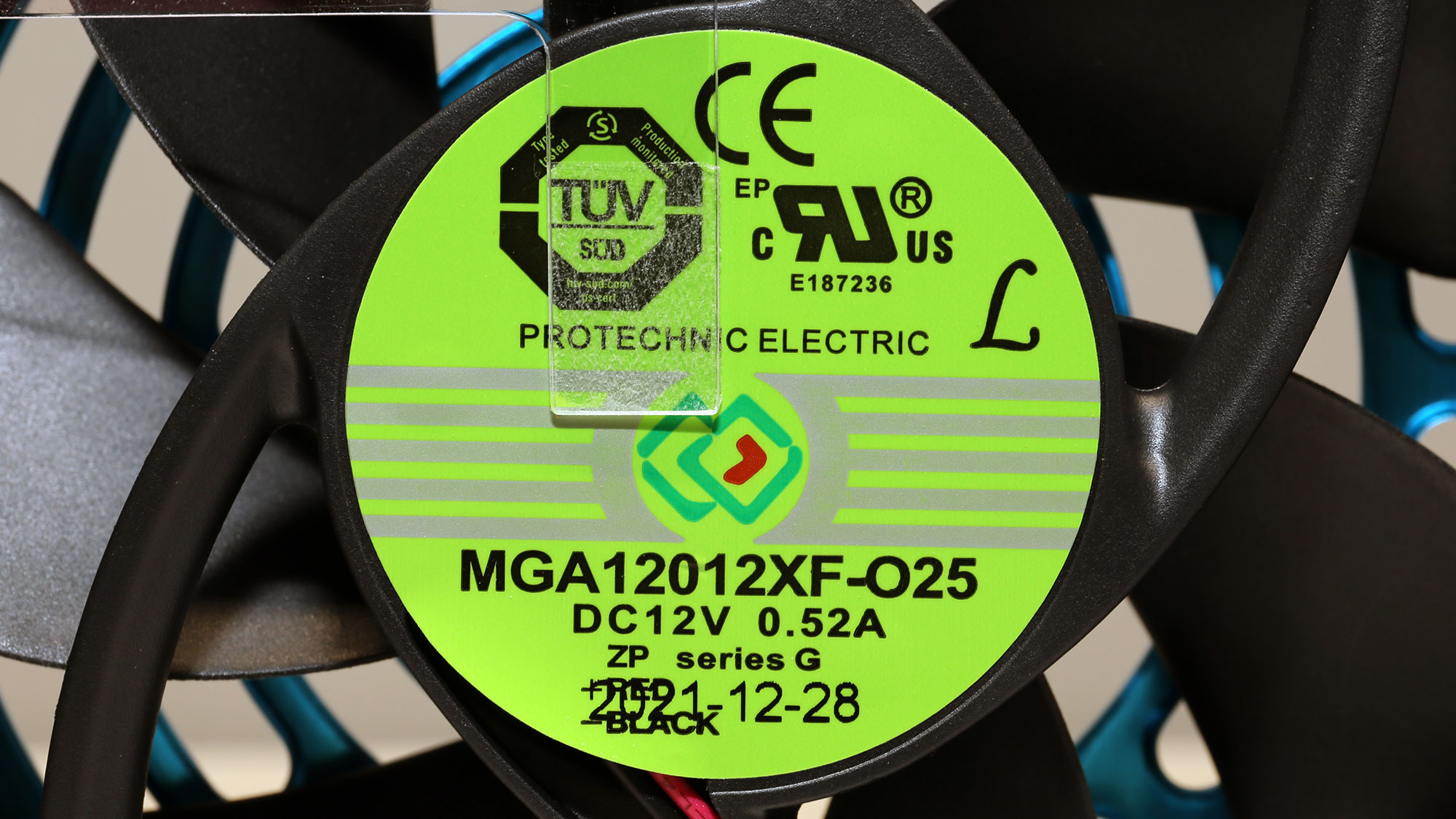
Protechnic electric is a force in fans, so we are pleased to see one of its products in this unit. The fluid dynamic bearing ensures the fan's longevity and low noise output under average speeds. Keep in mind, though, that this fan is strong, so it won't be quiet at high speeds.
MORE: Best Power Supplies
MORE: How We Test Power Supplies
MORE: All Power Supply Content
Current page: Specifications and Part Analysis
Next Page Load Regulation, Hold-Up Time, Inrush & Leakage Current, Efficiency and Noise
Aris Mpitziopoulos is a contributing editor at Tom's Hardware, covering PSUs.
-
Co BIY Thanks for the review!Reply
Glad to see a new leader. EVGA is back in it.
I think a short description of what level of system would be well served/matched to a power supply of this wattage would be a great addition to the review format.
Something along the lines of : A well performing 850 Watt PSU like this one is well suited to power a gaming system up to an i5 12600K (150 watt TDP) with an RTX 3070 Ti GPU (290 Watt). -